From good grades to grenades, fires to high-flyers, our photos show Inverurie Academy has had a long and colourful history.
Former scholars will always recall the old building and its playing fields, representing a patchwork of eras in which generations of pupils spent their secondary education.
Now the youngsters of Inverurie attend the state-of-the-art Inverurie Community Campus.
Read on to see our gallery of 115 photos charting the rise and fall of the old Inverurie Academy building, as well as photos of pupils showing their academic, sporting, musical and fundraising prowess…
Royal architect designed Inverurie Academy
But first, a brief history of the school itself.
The old Inverurie Academy building was designed by prominent Aberdeen architect Alexander Marshall Mackenzie in 1902.
A prolific designer, he was responsible for many of the north-east’s best-known buildings, including Aberdeen Art Gallery, Crathie Kirk (for which he received the royal warrant), the Cowdray Hall war memorial, as well as the Marischal College extension in 1893.
County schools almost seemed beneath him, but he had grown up in Elgin himself.
The handsome Inverurie Higher Grade School opened to pupils on August 31 1903, but was destroyed by fire just 12 weeks later.
A scarcity of water inhibited firefighting efforts, and although back up came from railway firefighters at the Loco Works, all but three classrooms were doomed.
A report afterwards said “this school was one of the finest in the north of Scotland and one of the best equipped”.
1903: Fire destroyed school within 12 weeks of opening
However, work to replace Inverurie Academy began quickly and a new building opened to scholars in January 1905.
As the town’s population continued to increase through industry, an extension was added in 1908, and the school was renamed Inverurie Academy.
Later extensions were added in the 1950s and ’60s to accommodate the school’s wide catchment area.
And while the old school survived more than one fire, two world wars – and even a pupil taking a grenade to school in 1989 – it lost its fight with age and modernisation.
But now all that remains of the historic buildings is the carved date stones embedded in the ground in the campus grounds, collecting rainwater.
Fond memories of Dr Dixon who arrived in 1948
The former Inverurie Academy buildings were demolished in late 2021, with the well-known cupola the last part to disappear from the town’s skyline in 2022.
While the familiar building may have gone, generations of people will have memories of their schooldays in Inverurie.
After all, it’s people and not buildings that shape our formative years.
And one name that remains synonymous with Inverurie Academy for that reason is Dr Norman Dixon.
He was only the school’s third rector; preceded by James Philip (rector from 1902-1921) and Dr Gordon Lawson (1921-1948).
Dr Dixon famously prided himself in knowing the name of every pupil in school. This was some feat given the academy roll more than doubled to a record high of 1548 in the 28 years he was in charge.
All around the perimeter of the front lawn were trees he had planted commemorating successive captains of the school. Although these were cut down when the school was demolished.
At this time the school’s catchment took in pupils from as far afield as Strathdon, and other bright pupils who showed academic prowess.
School roll had crept up to 1500 by 1976
The 20th Century rectors had long tenures at Inverurie Academy, usually seeing out their teaching years there.
The 1960s and ’70s brought change as the school expanded once more to cope with its increasing roll.
Pupils had been dispersed throughout halls in Inverurie for lessons, but it wasn’t until 1967 that the languages and history block opened.
With it came 23 new classrooms, three labs, a technical department, medical suite, canteen and a new assembly hall (this had previously been in the Edwardian building).
When Dr Dixon retired in 1976 education had changed beyond recognition from 1948.
While teachers still wore their black gowns and used blackboards, pupils now studied for O-grades, and comprehensive schooling saw a more vocational approach to learning.
1980s: ‘Dingy’ buildings affecting pupils’ education
The 1980s brought new challenges for Alasdair Hogg, the next rector to lead Inverurie Academy.
He felt pupils’ education was being compromised by the overcrowded buildings and fought for expansion.
Mr Hogg described the older parts of Inverurie Academy as “dingy, decrepit and often downright dangerous”.
Kemnay Academy opened in 1980 taking some of the pressure off.
And a £2 million three-storey block was completed at Inverurie with an open-plan English department, Home Economics and a library in 1987.
That was the same year that belting was banned in schools.
Pupil brought live grenade to school in 1989
Of all the tales and memories from Inverurie Academy, one which people still recall was when a pupil took a live grenade to school.
Stuart Largue brought a hand grenade to school – via his school bus – to show his registration teacher.
When it was discovered the pin was missing, 1100 pupils were sent home, all roads to the school cordoned off and neighbouring buildings evacuated.
Brave deputy rector Eric Brew put the grenade in a bucket and gingerly carried it to the school playing field while awaiting the arrival of the bomb squad from Edinburgh.
Explosive experts discovered the device “could have gone off at any time” and a controlled blast was carried out.
While not all memories of Inverurie Academy are as dramatic as that, perhaps you’ll spot a few familiar faces in our archive photos below.
Gallery: Photos of Inverurie Academy pre-1970s
Memories of Inverurie Academy in the 1970s
1980s
1990s: Prizegivings and reunions
2000s: The era of rector Doug Milne in photos
2010s: Photos of Inverurie Academy from the last decade
If you enjoyed this, you might like:
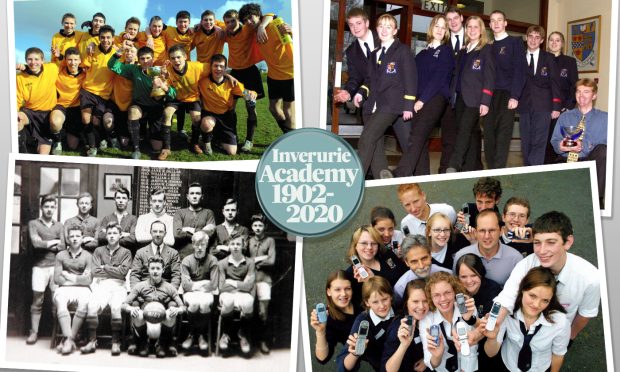
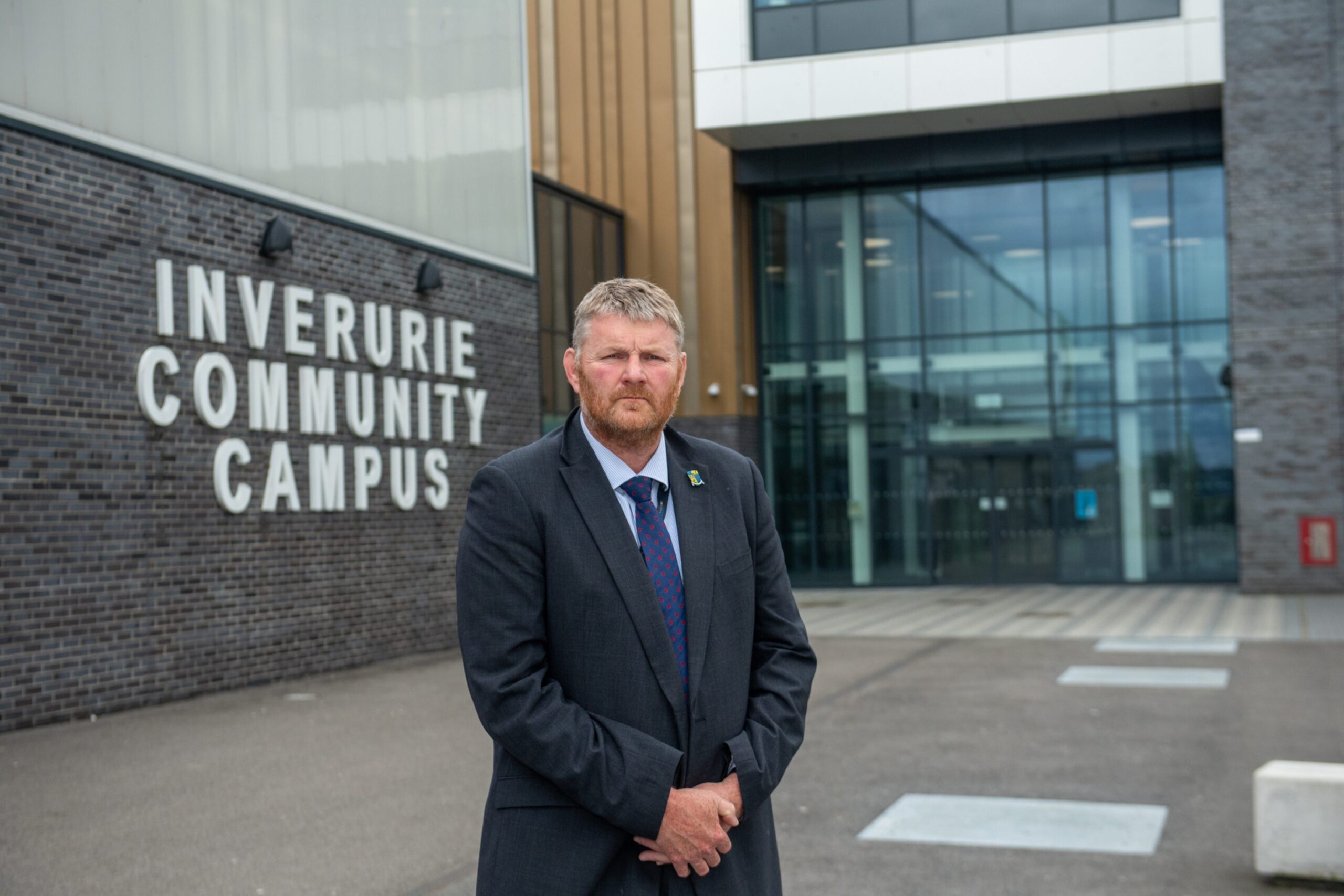
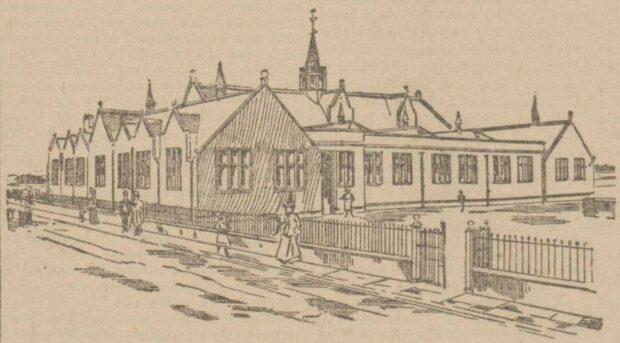
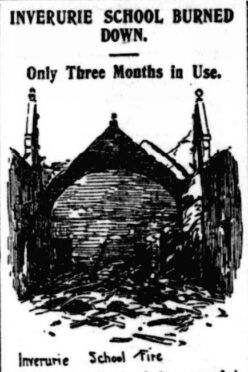
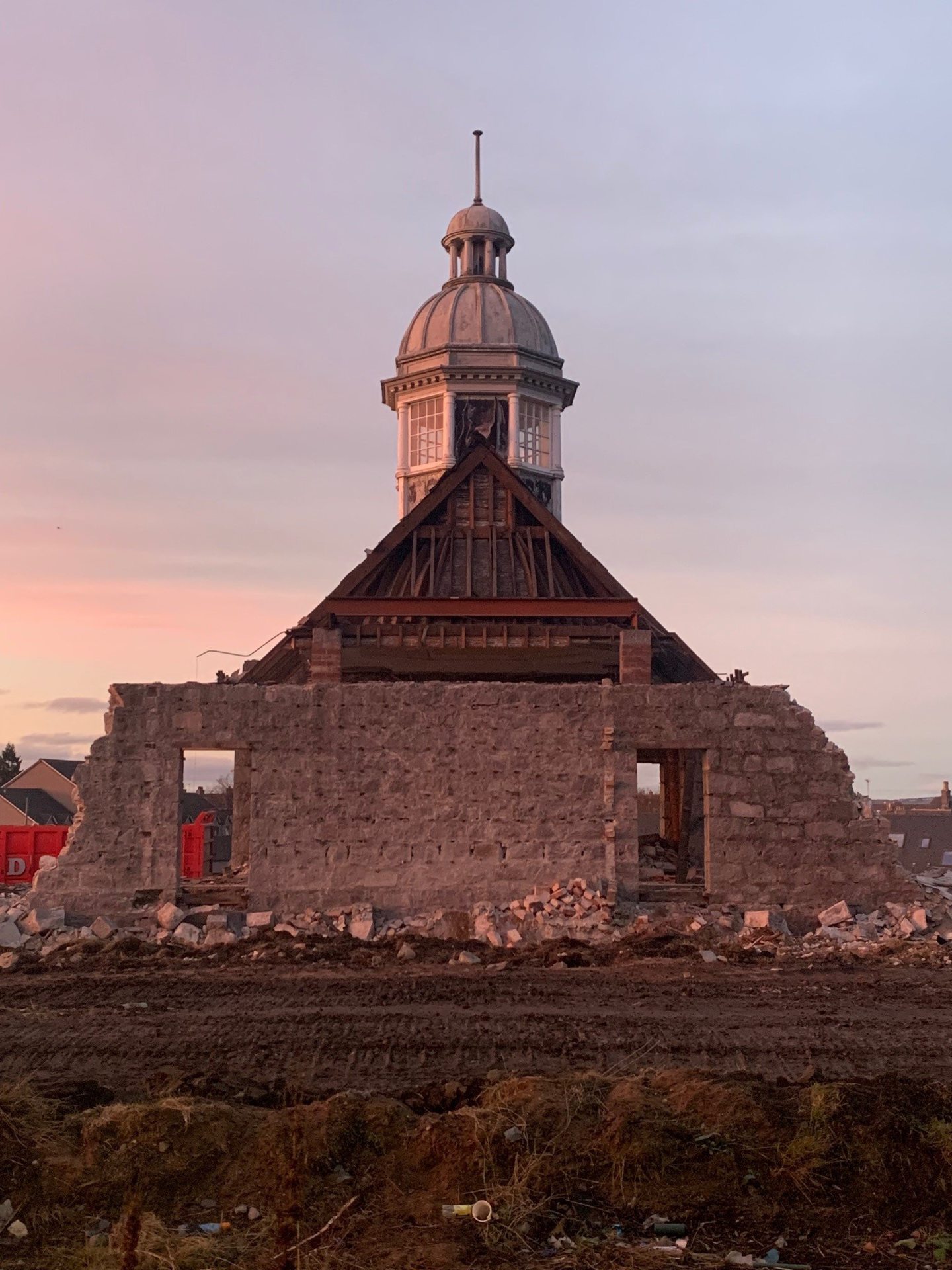
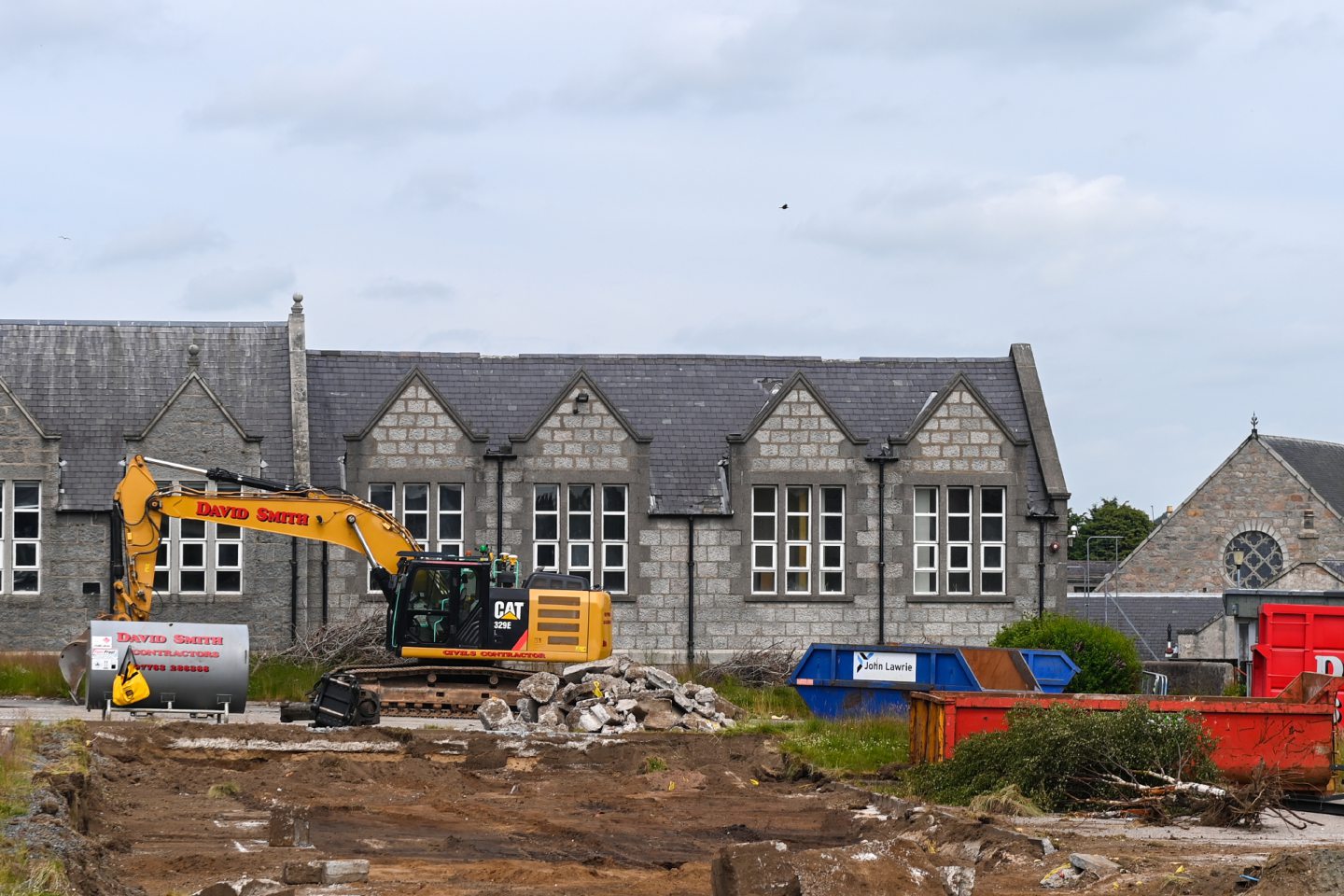
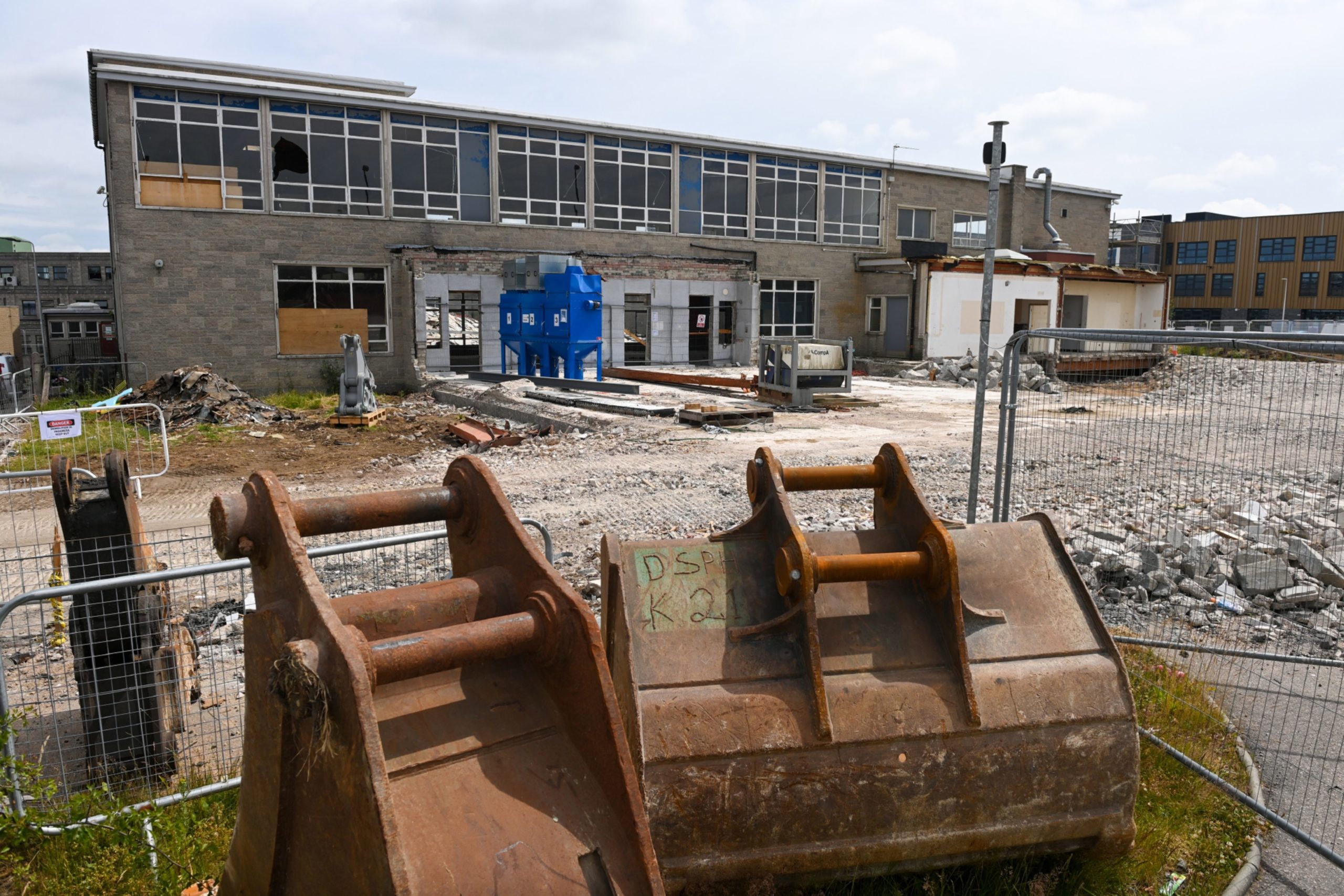
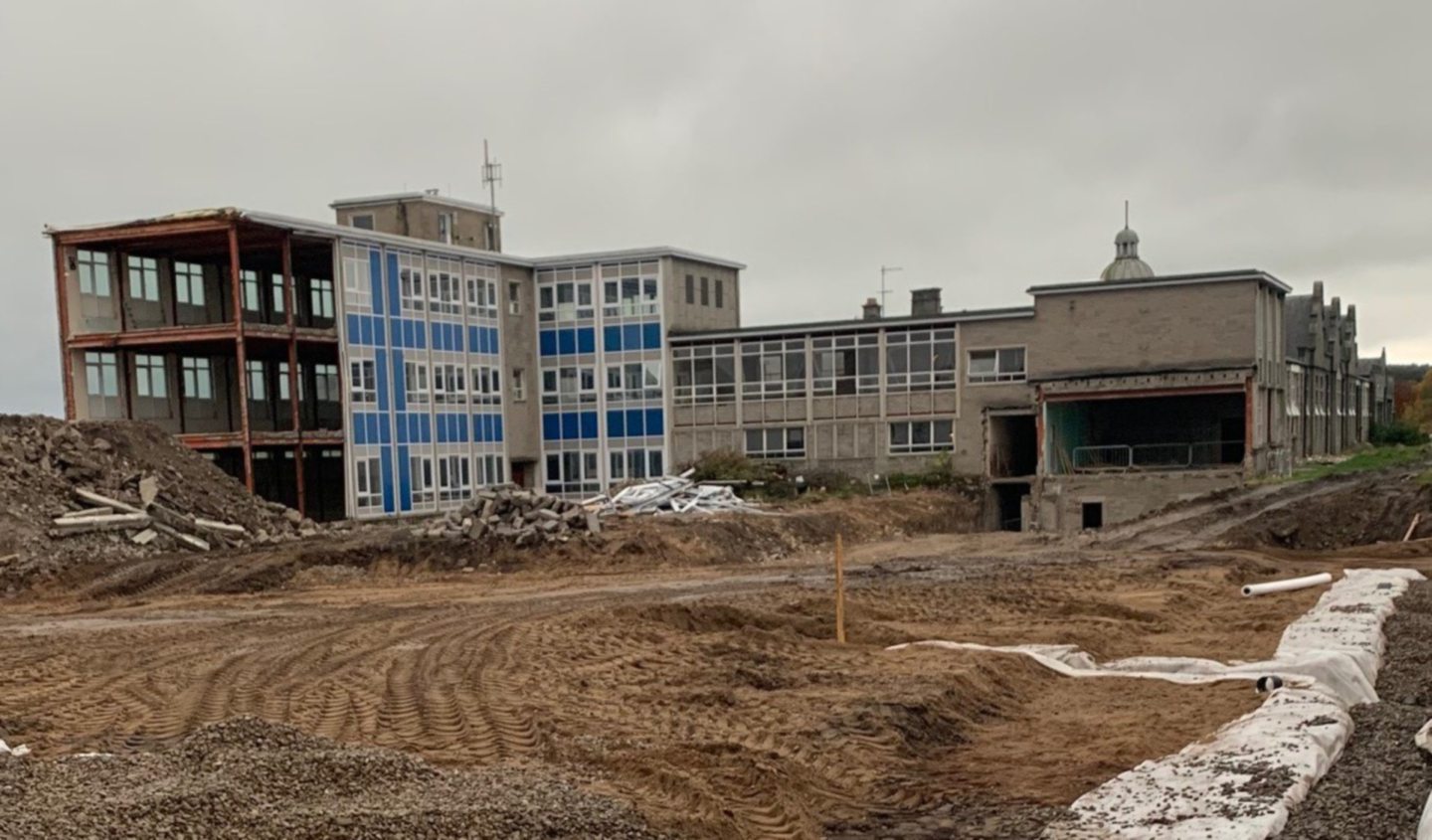
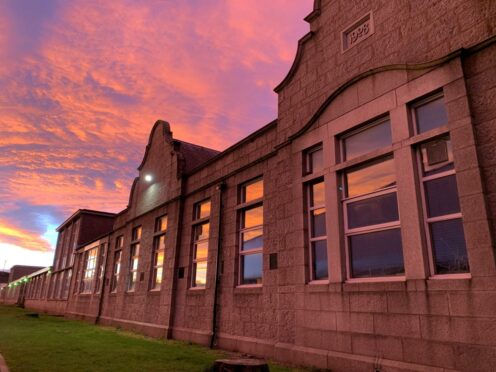
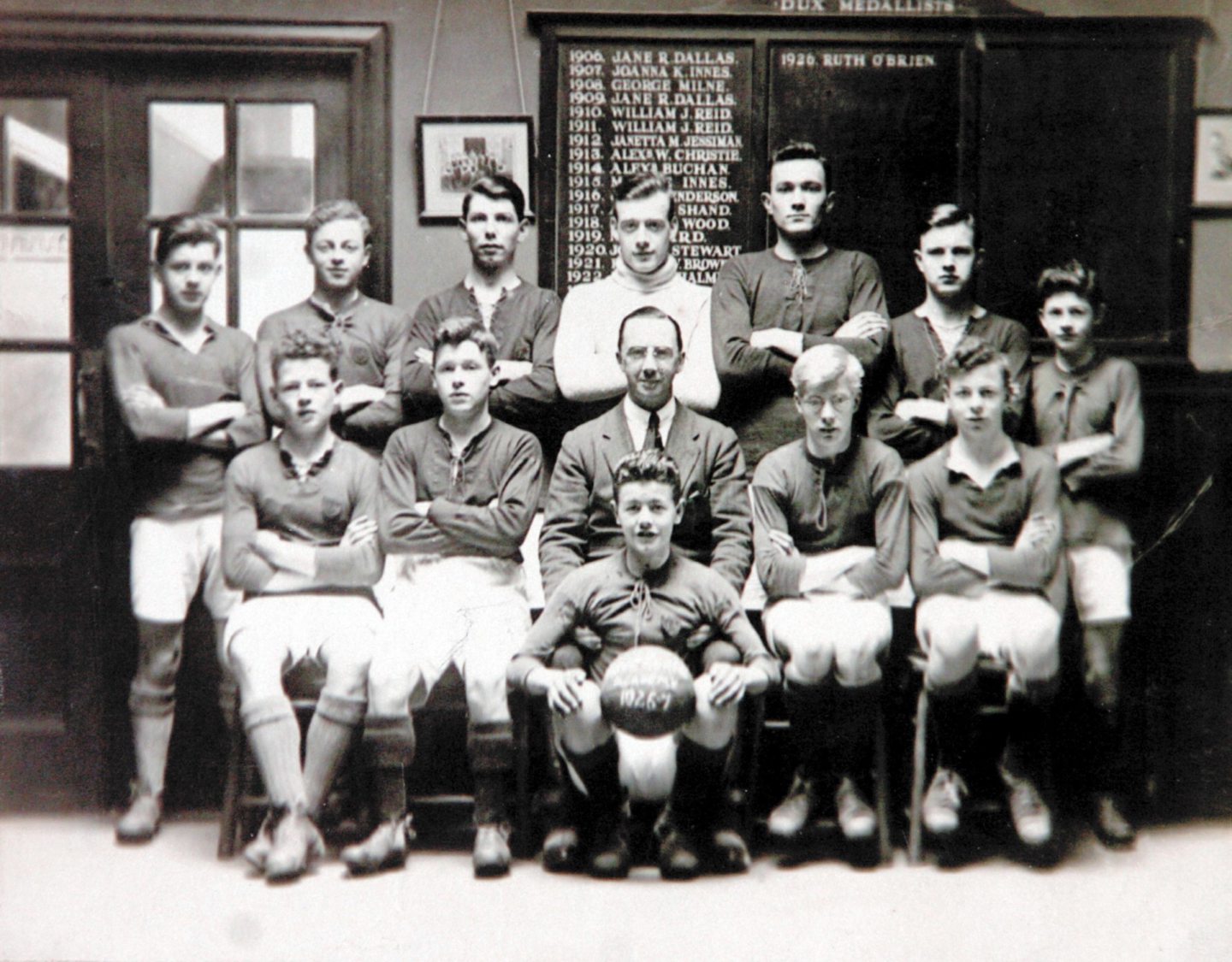
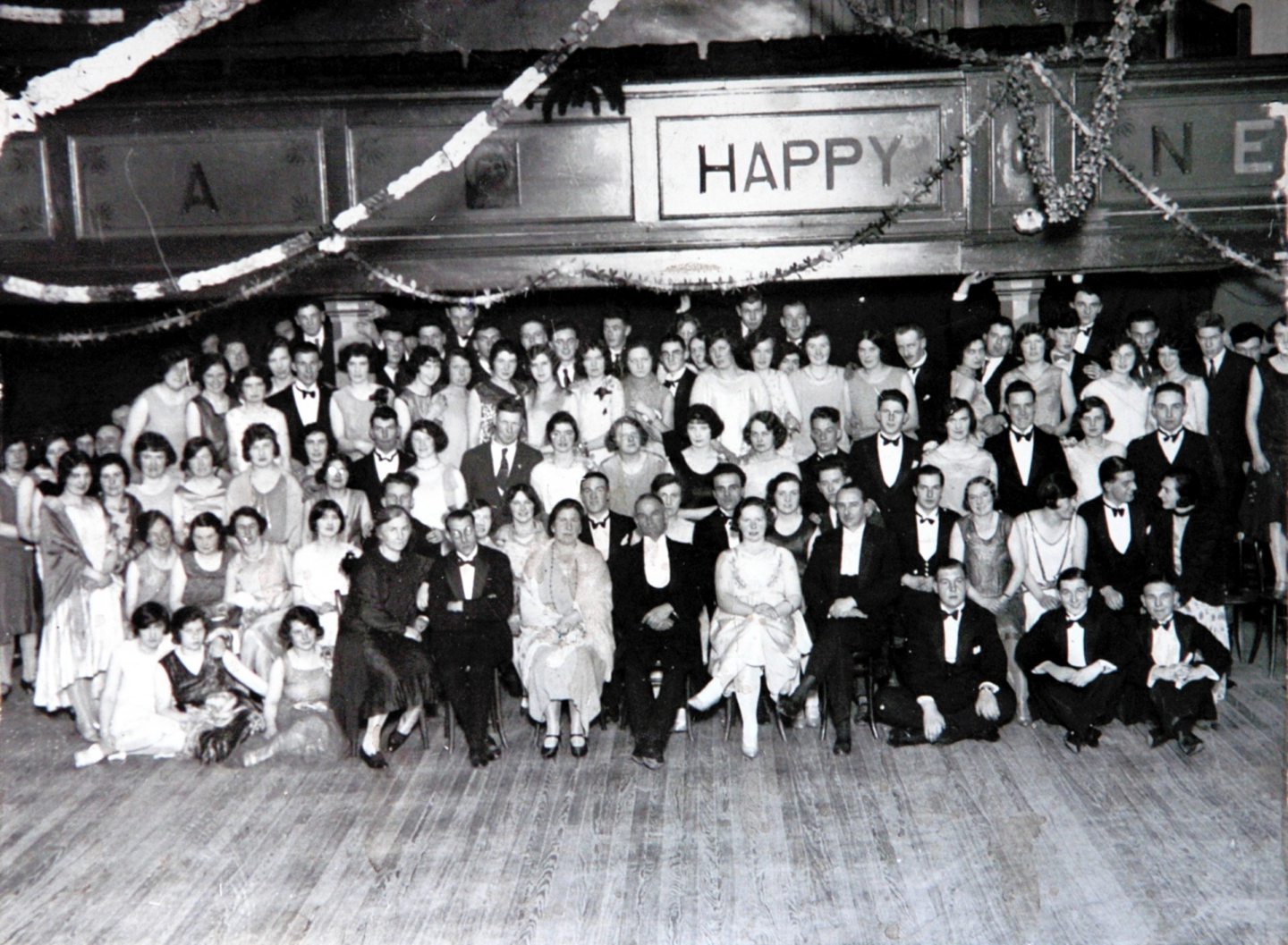
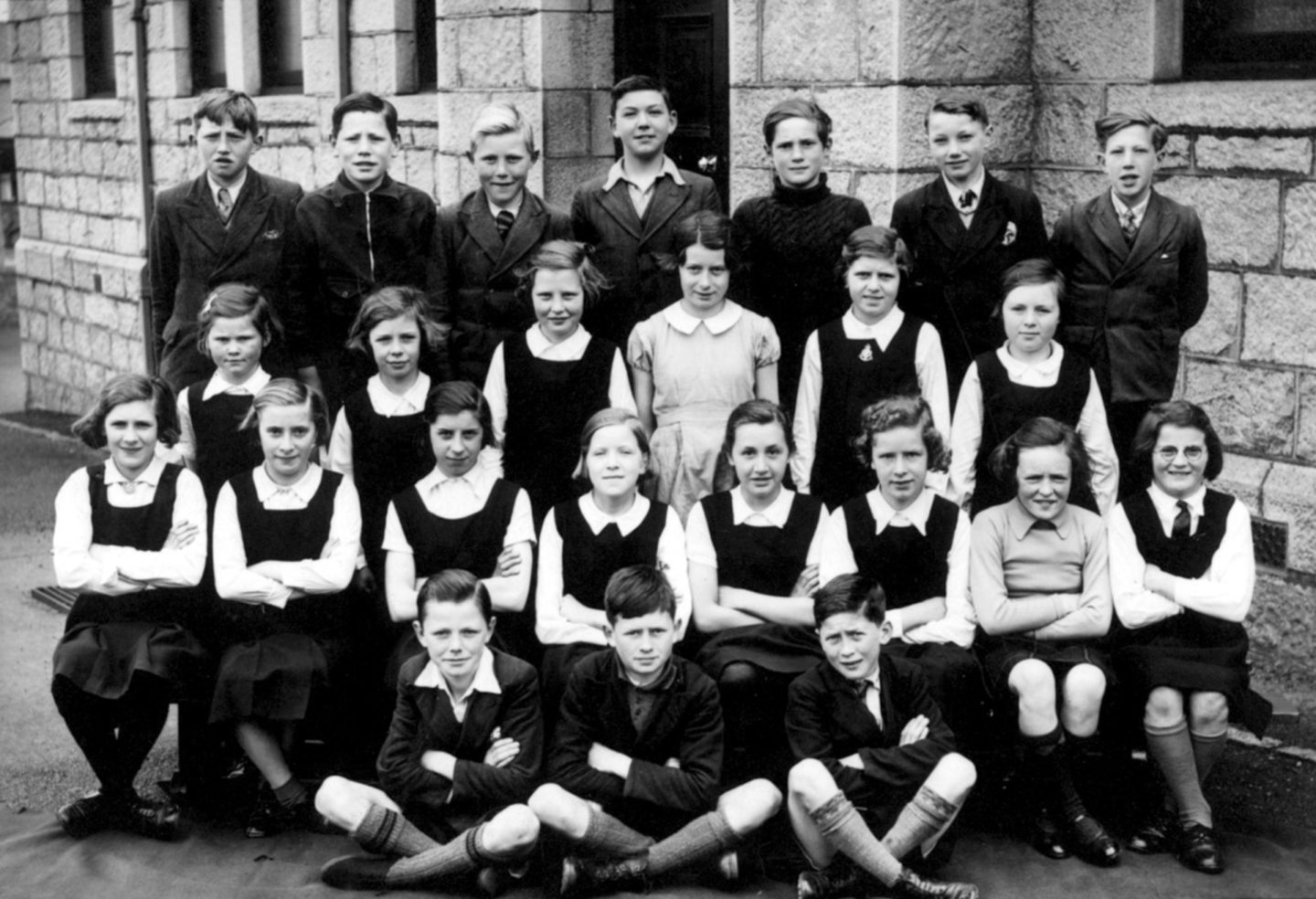
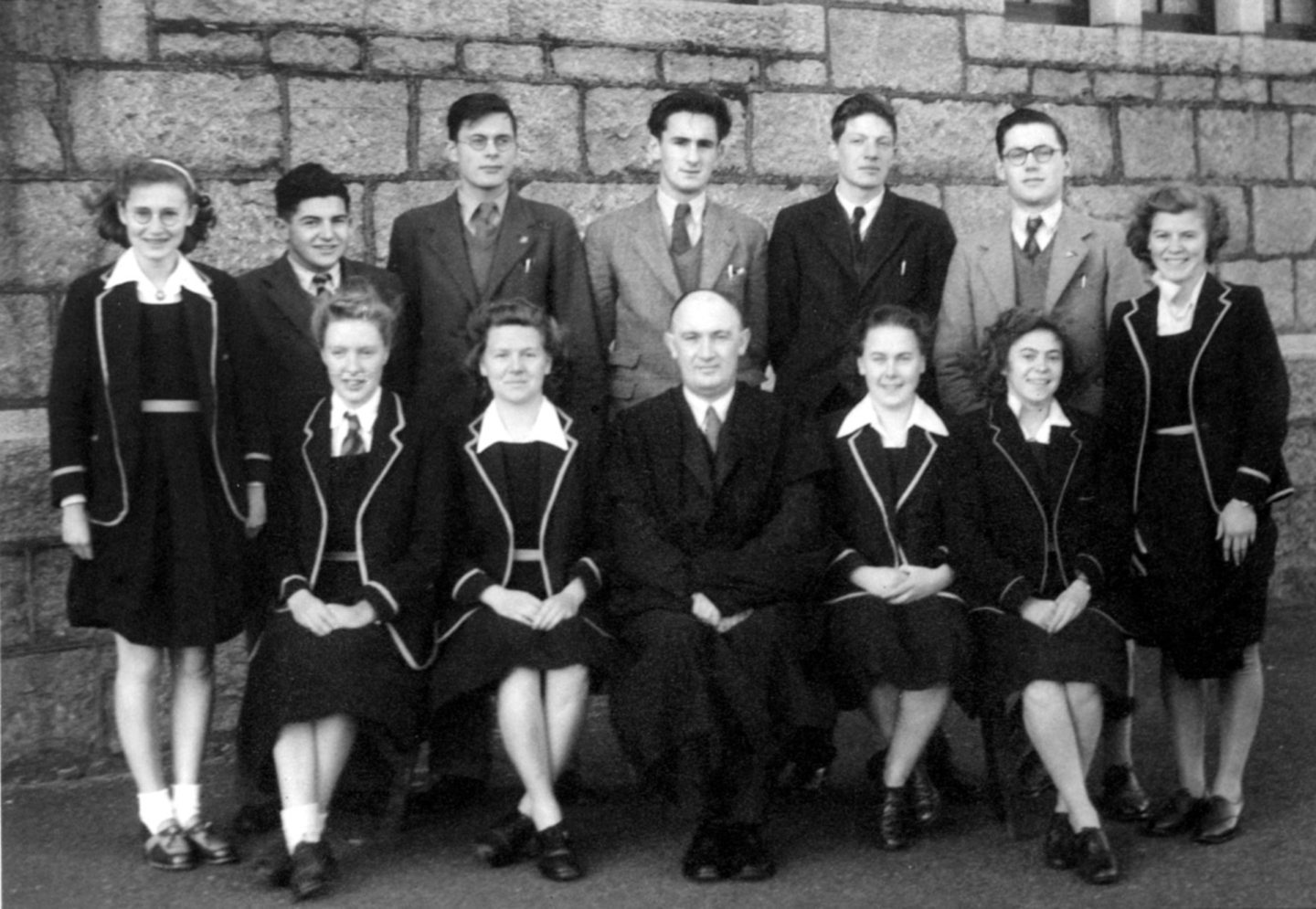
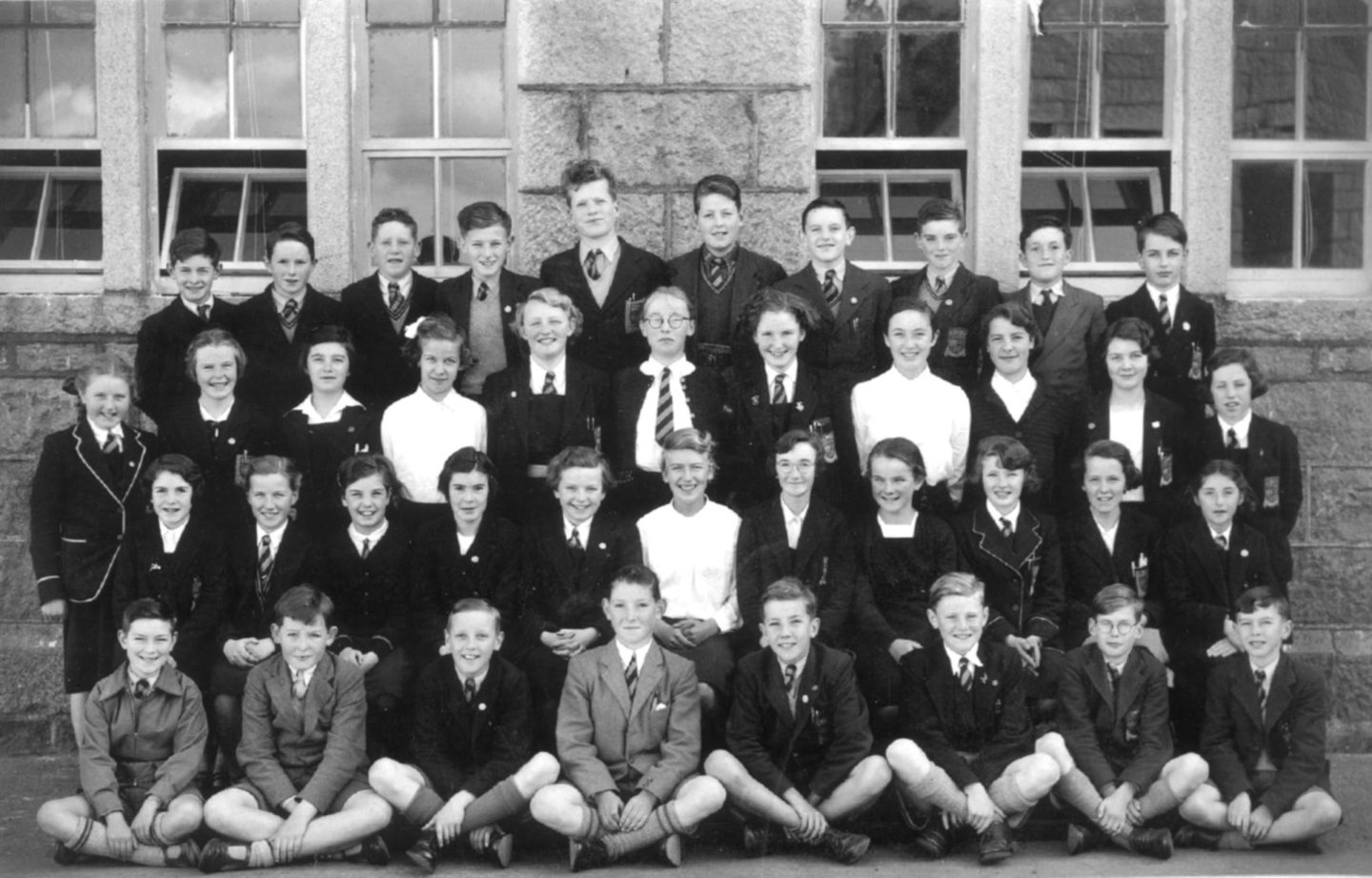
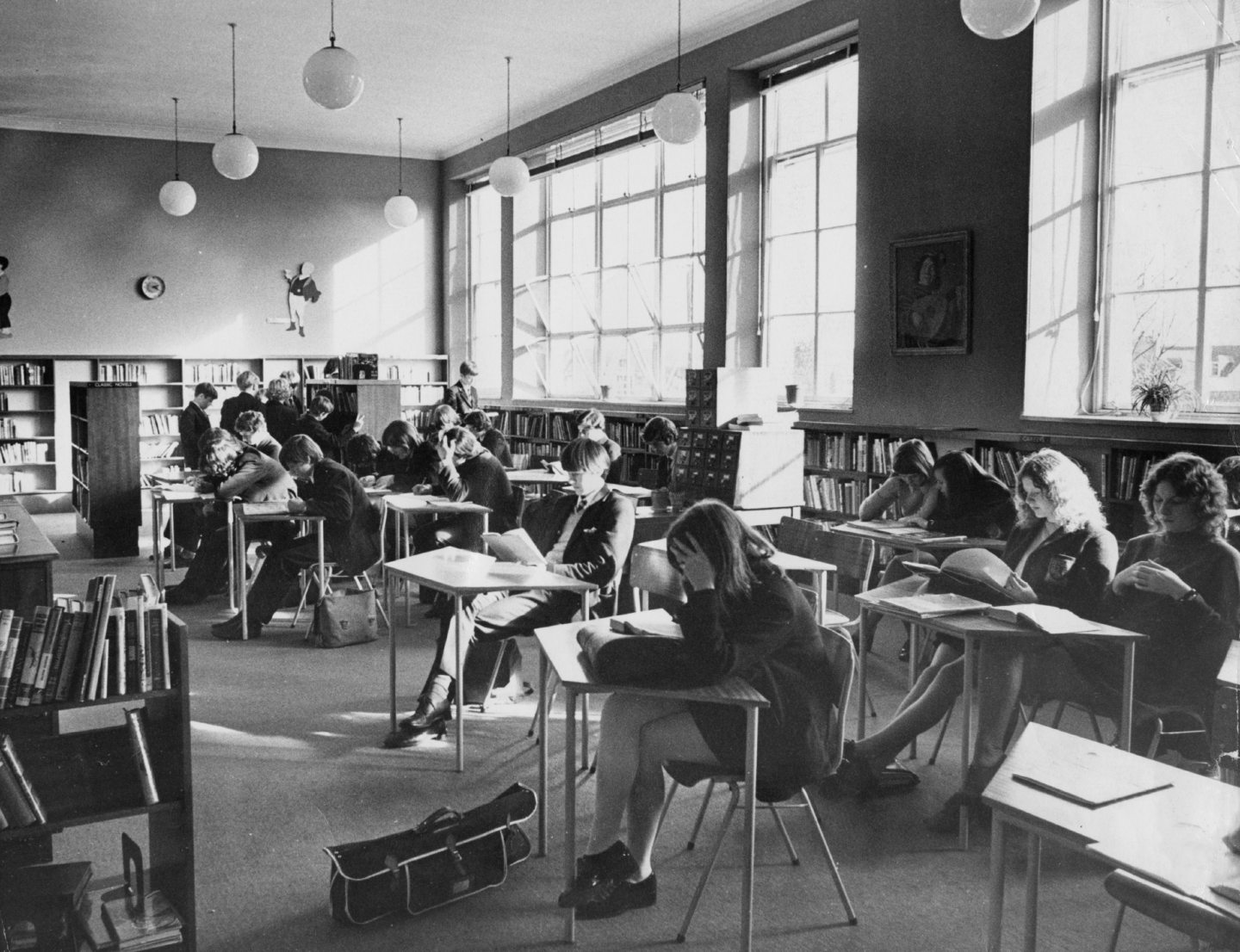
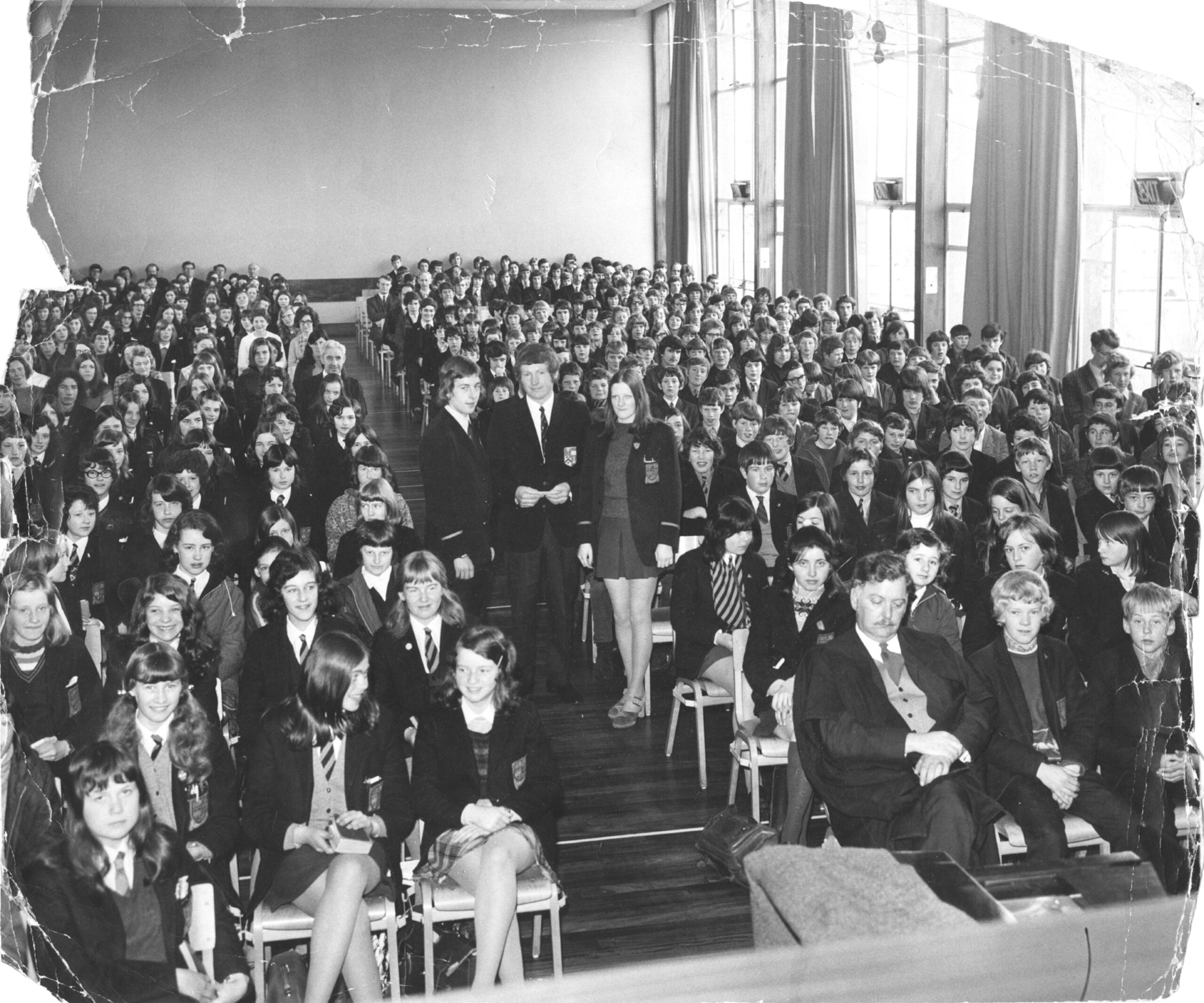
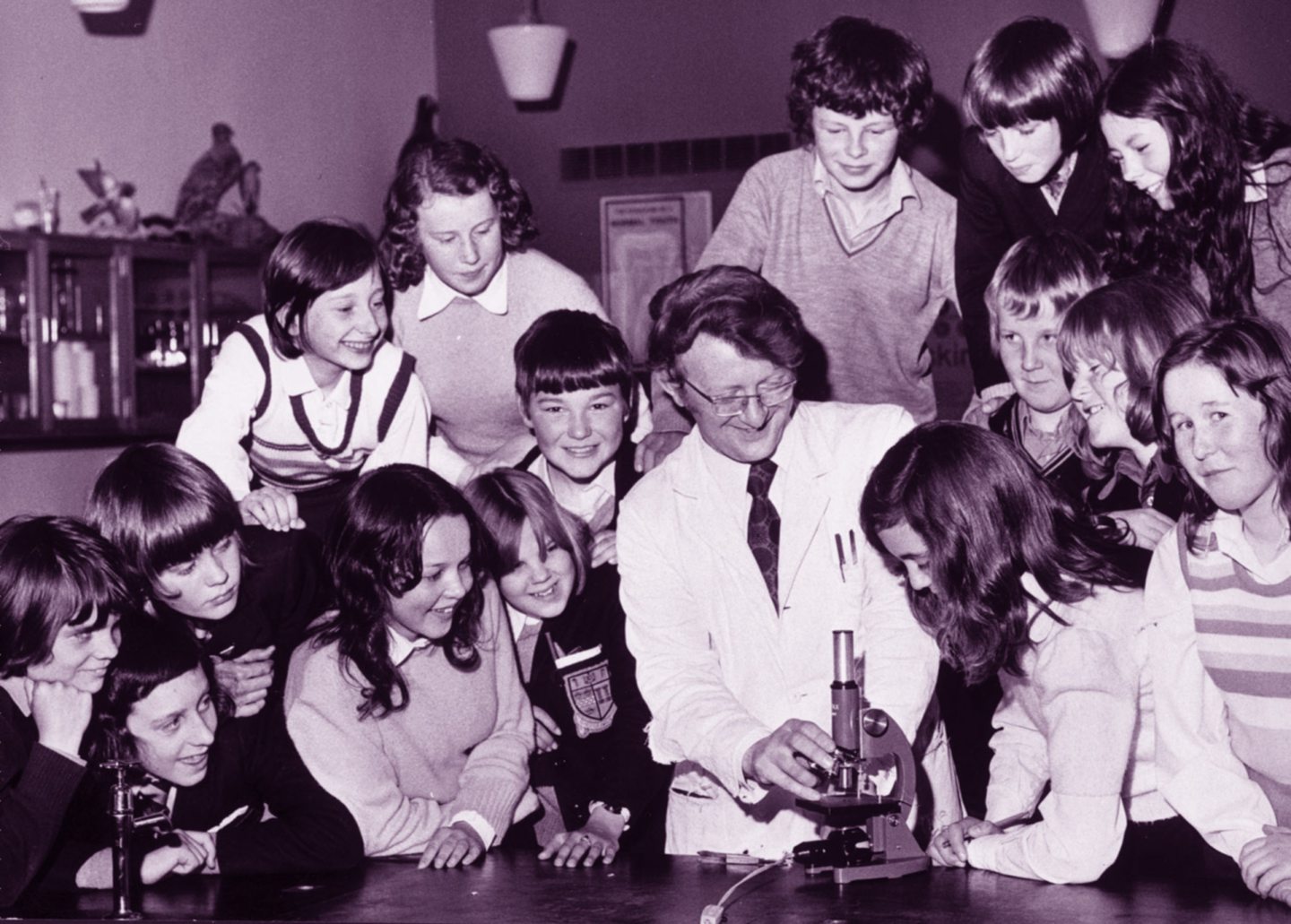
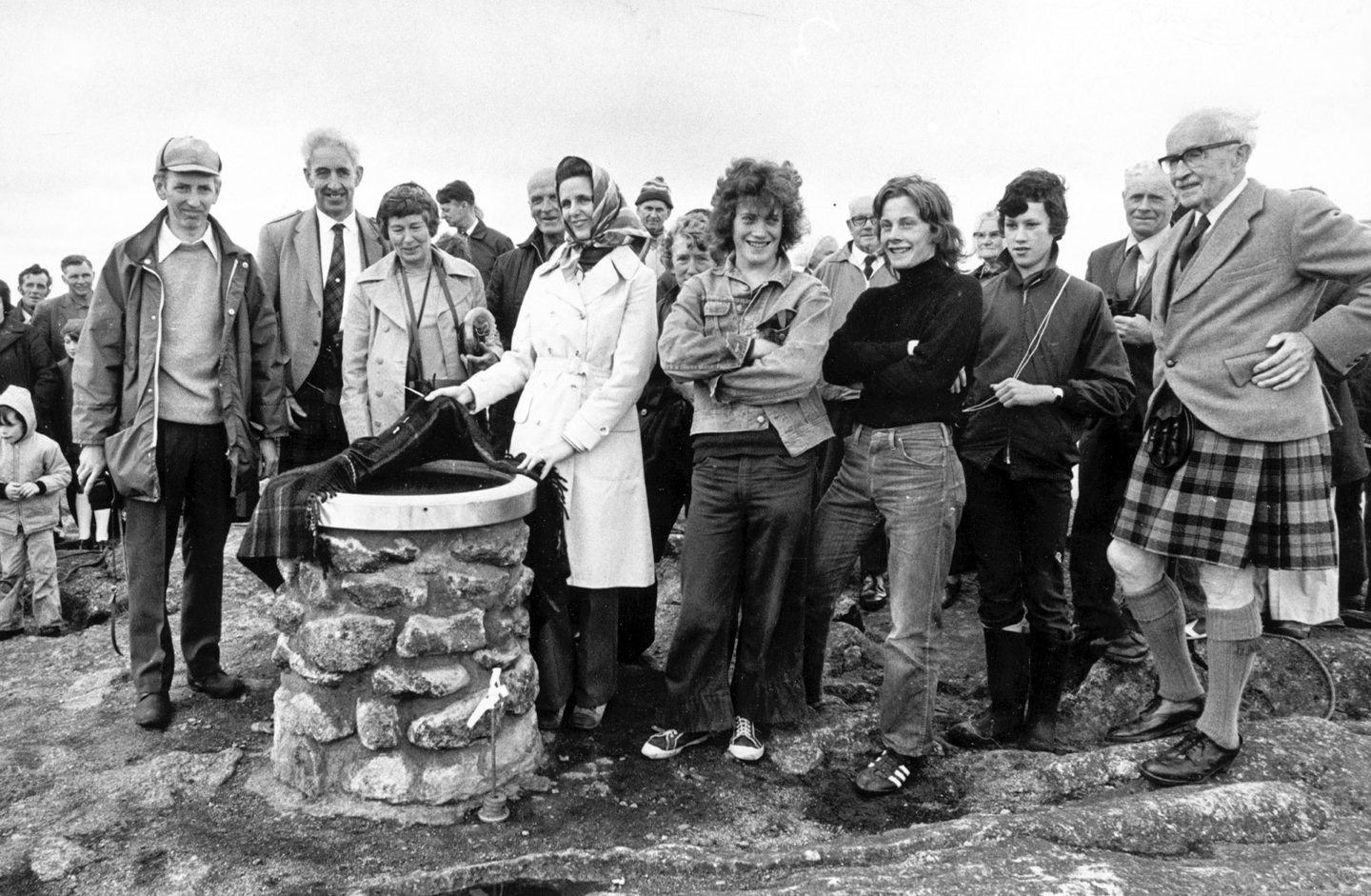
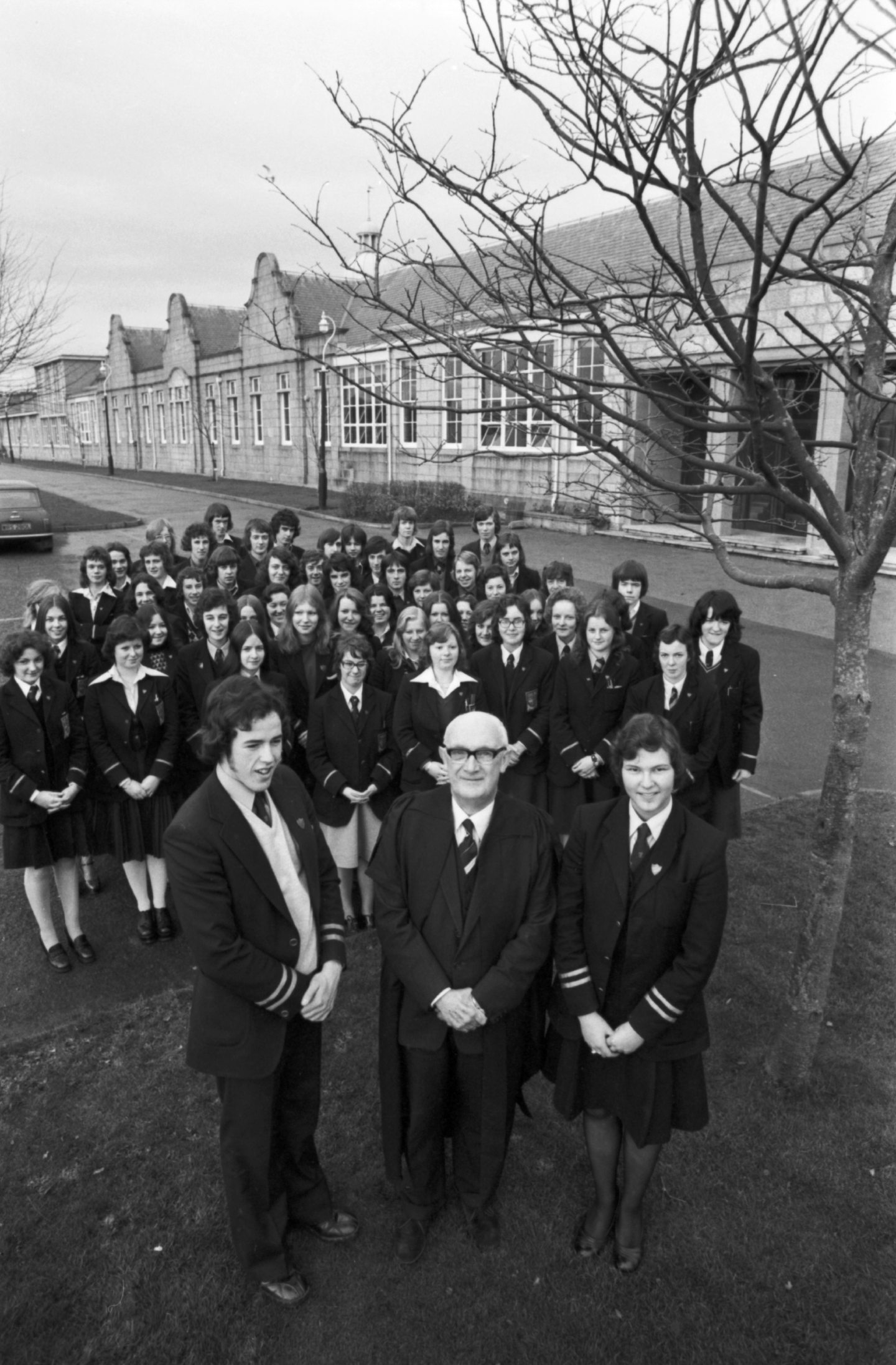
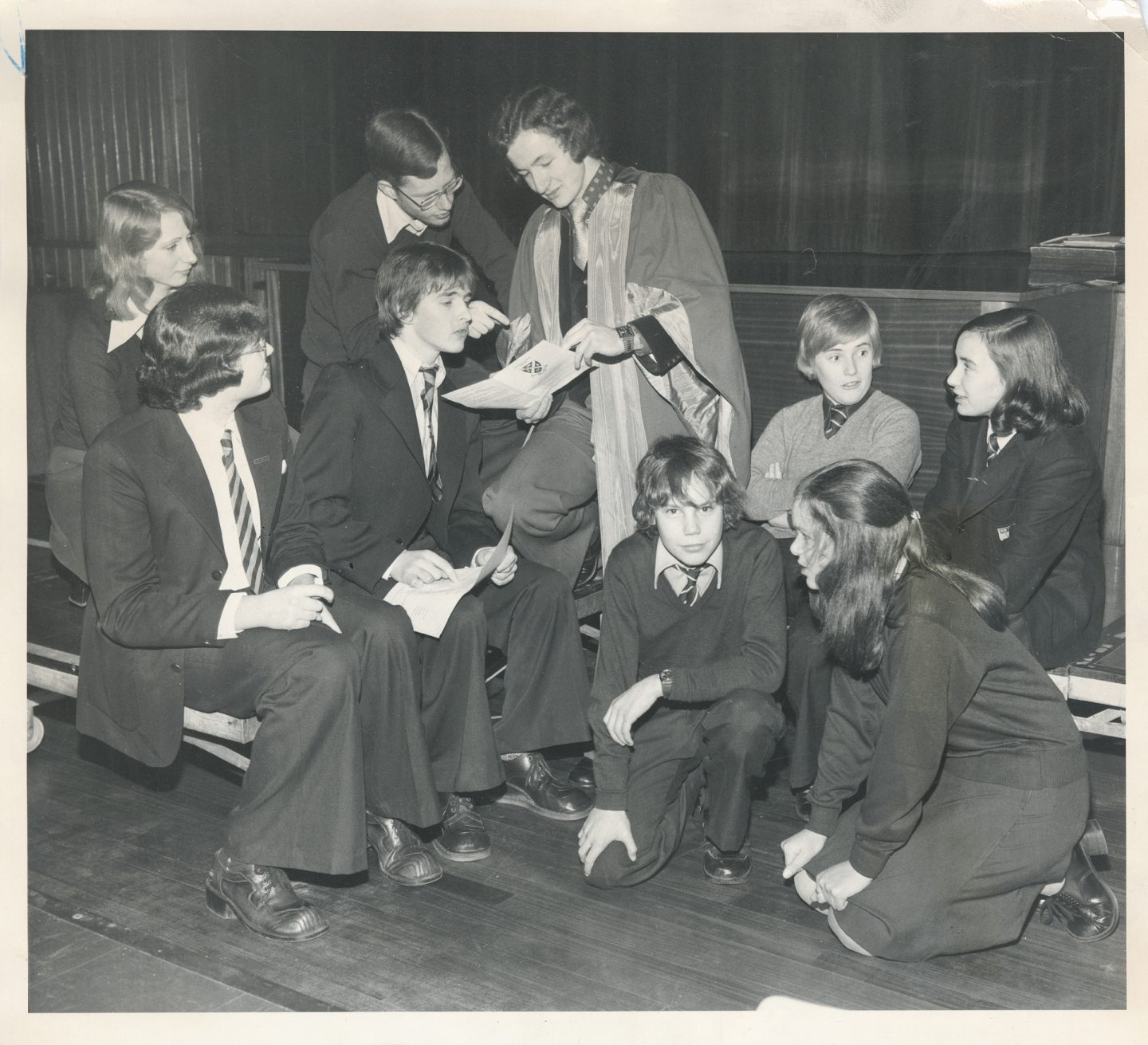
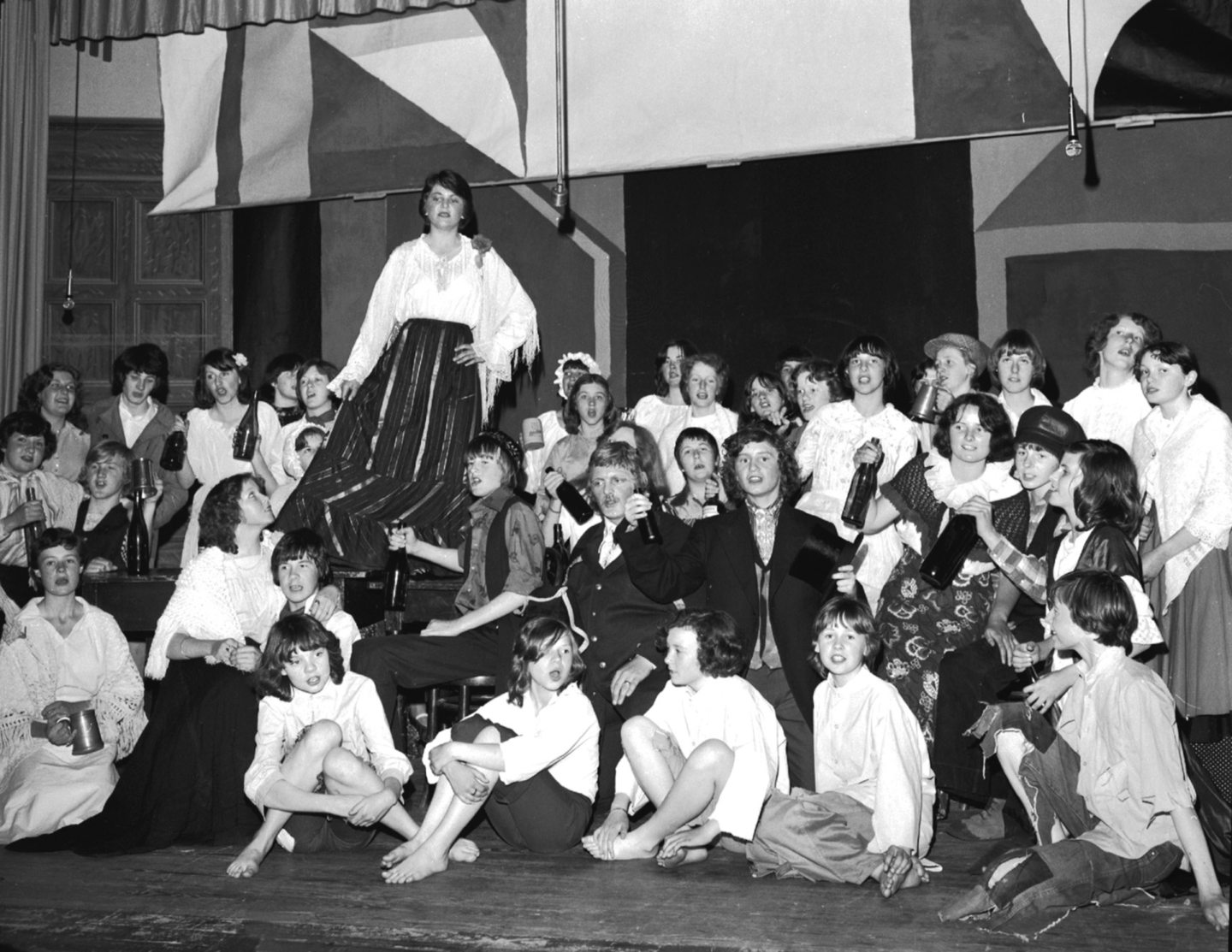
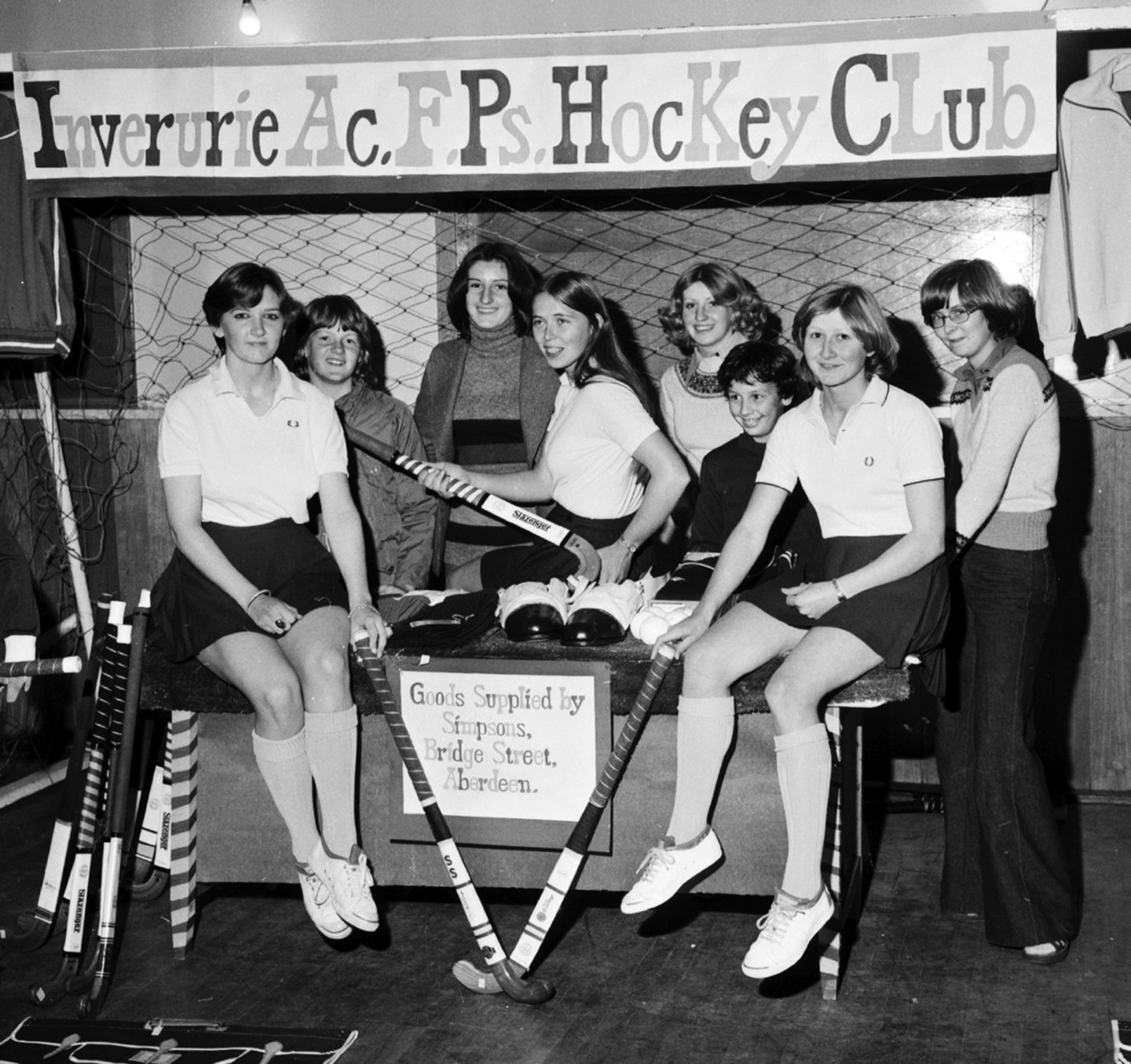
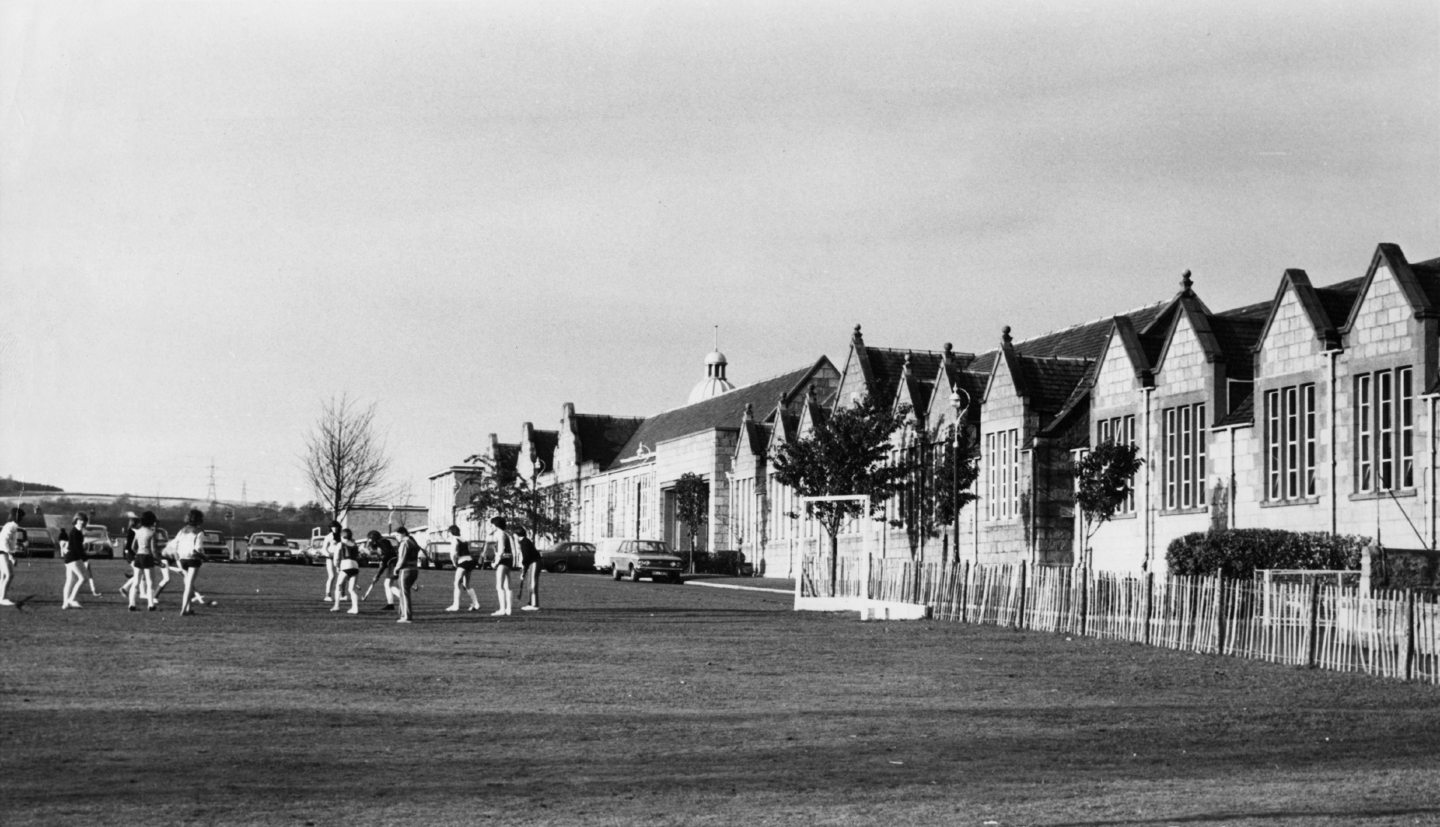
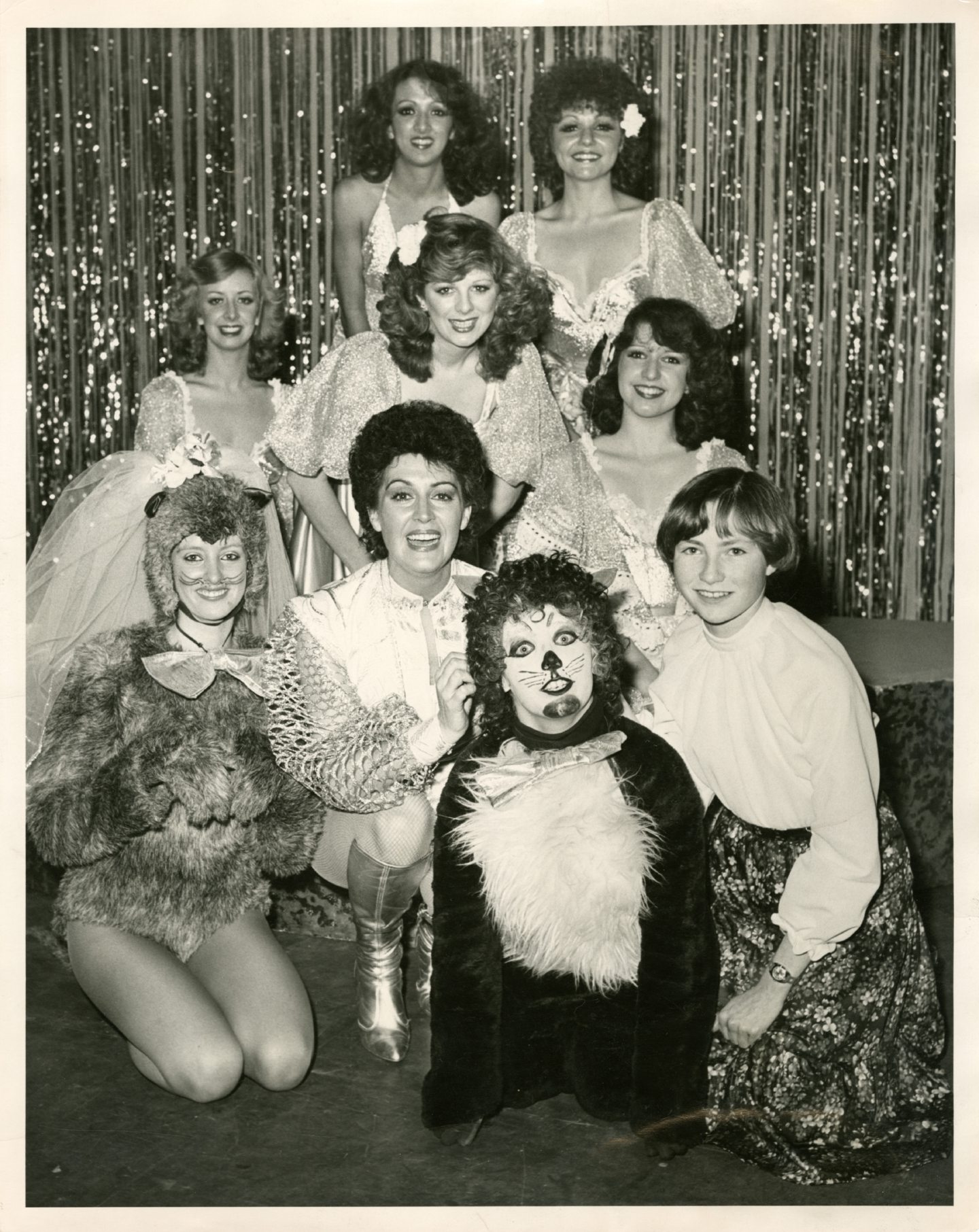
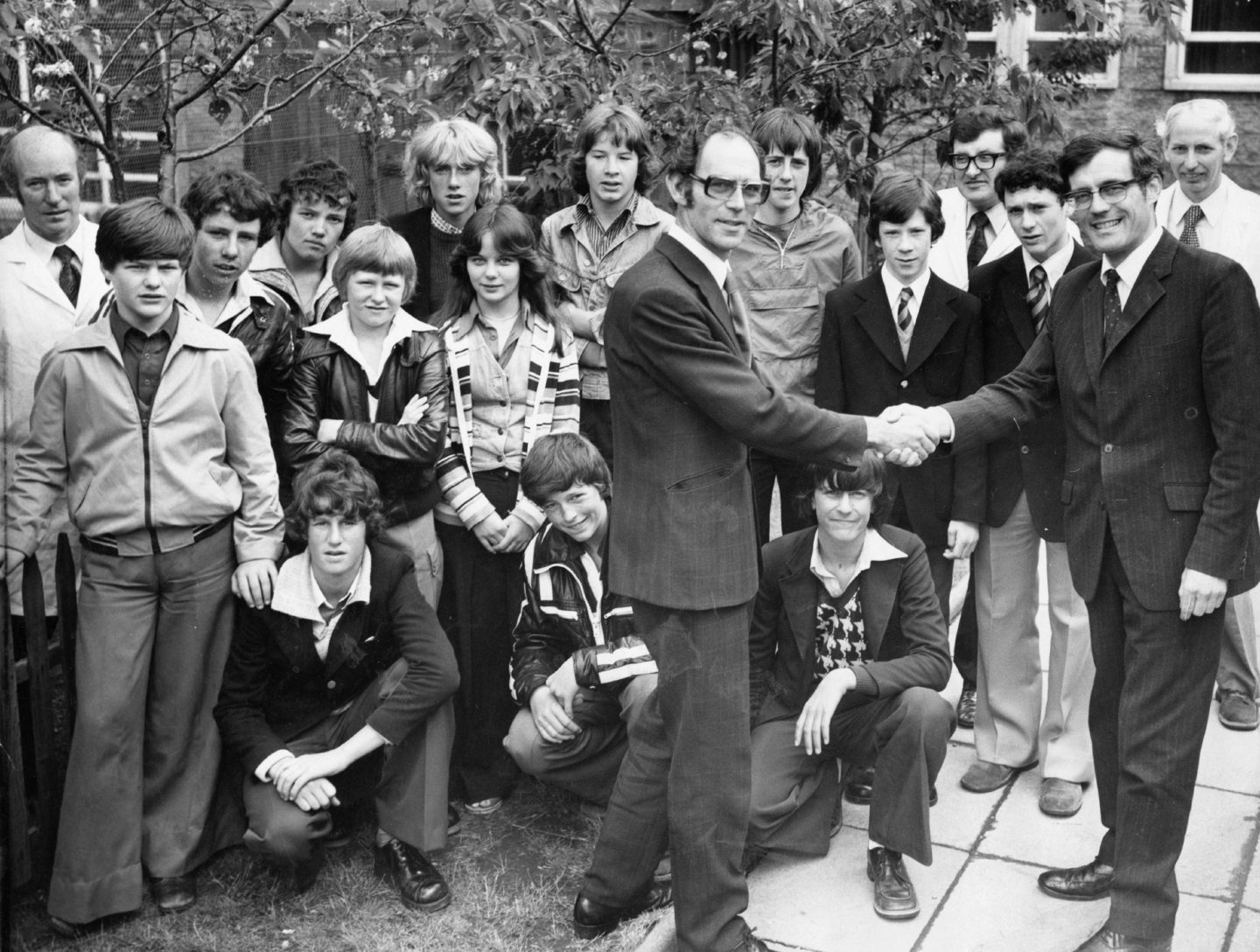
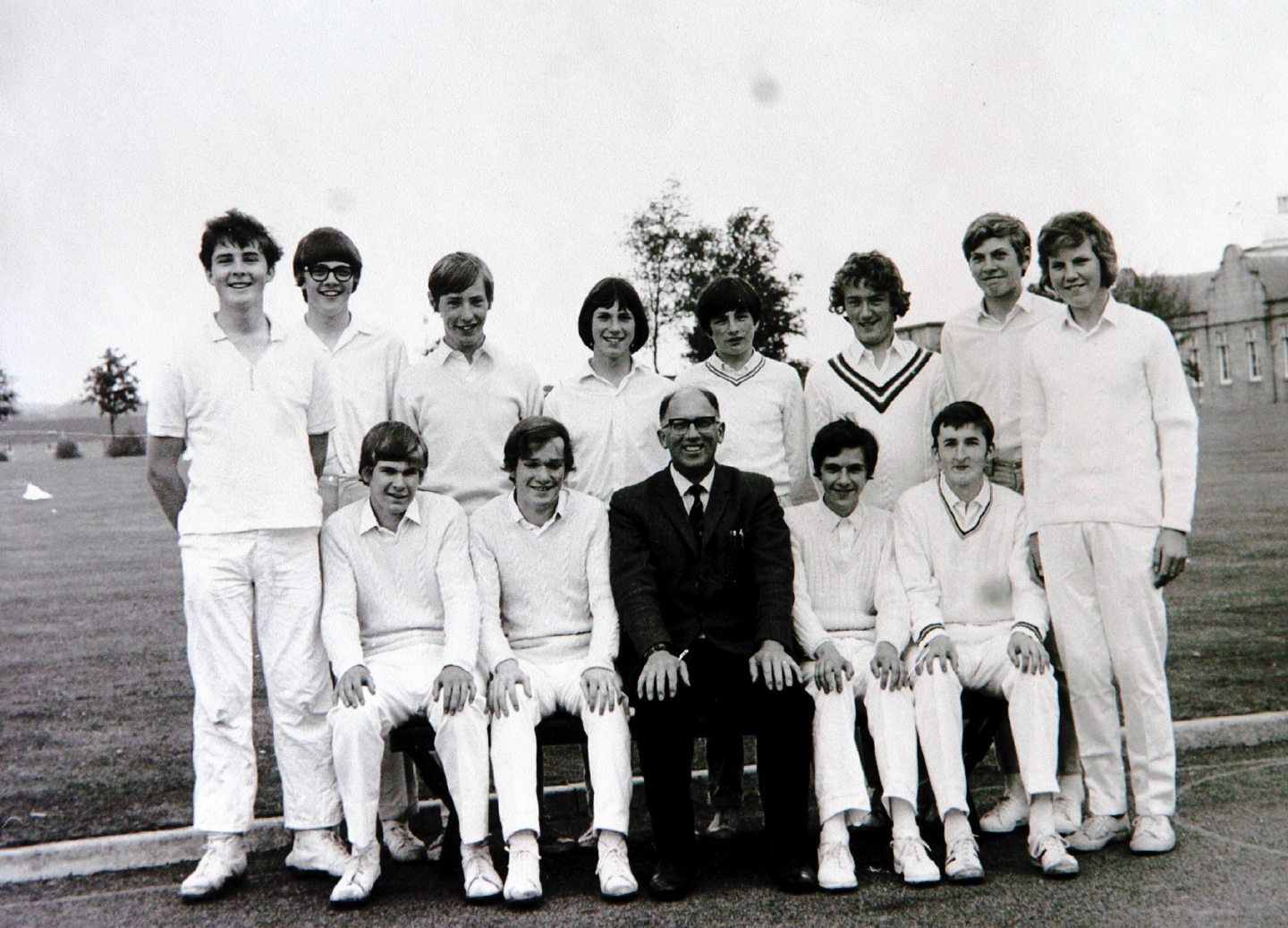
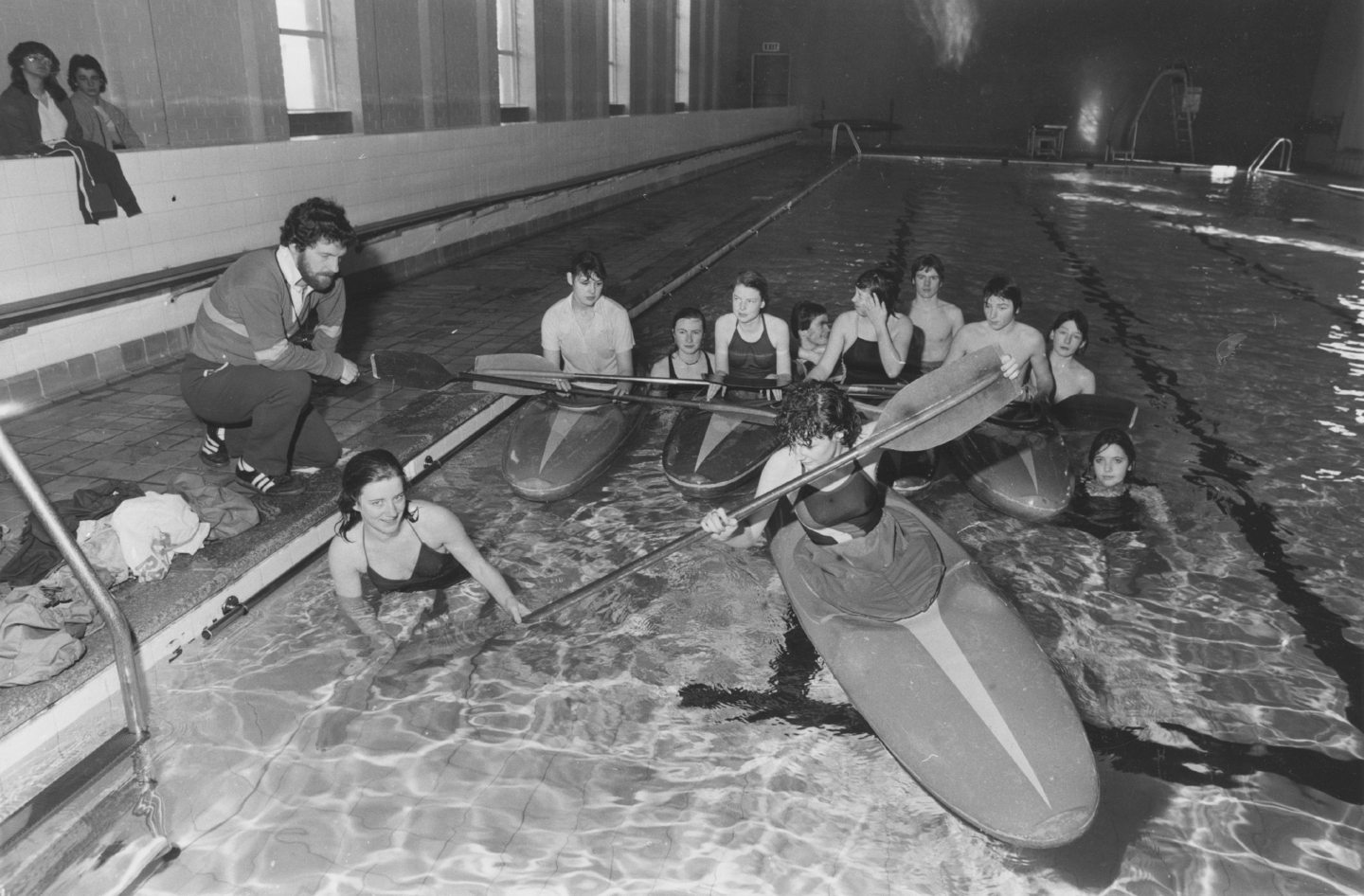
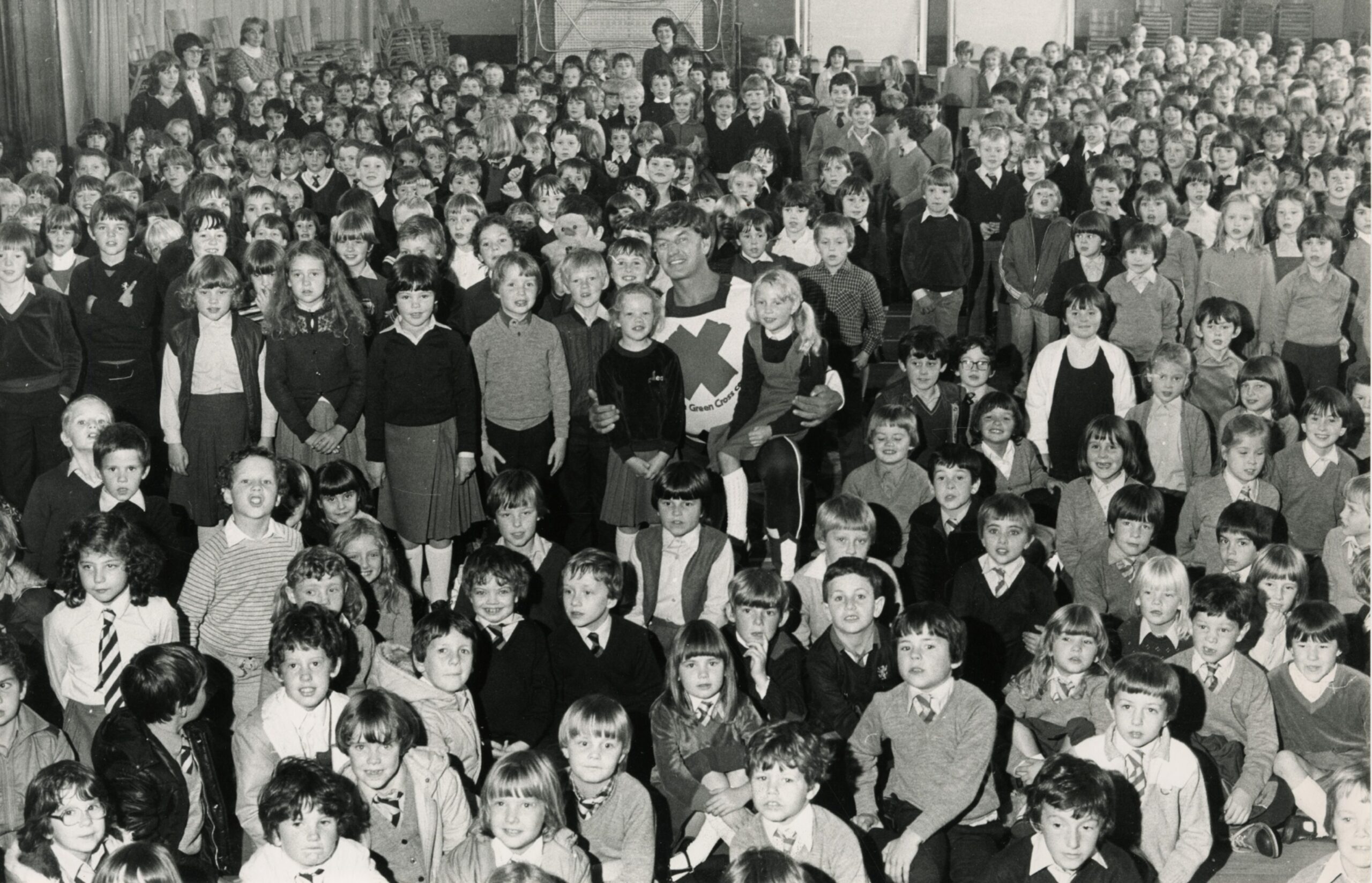
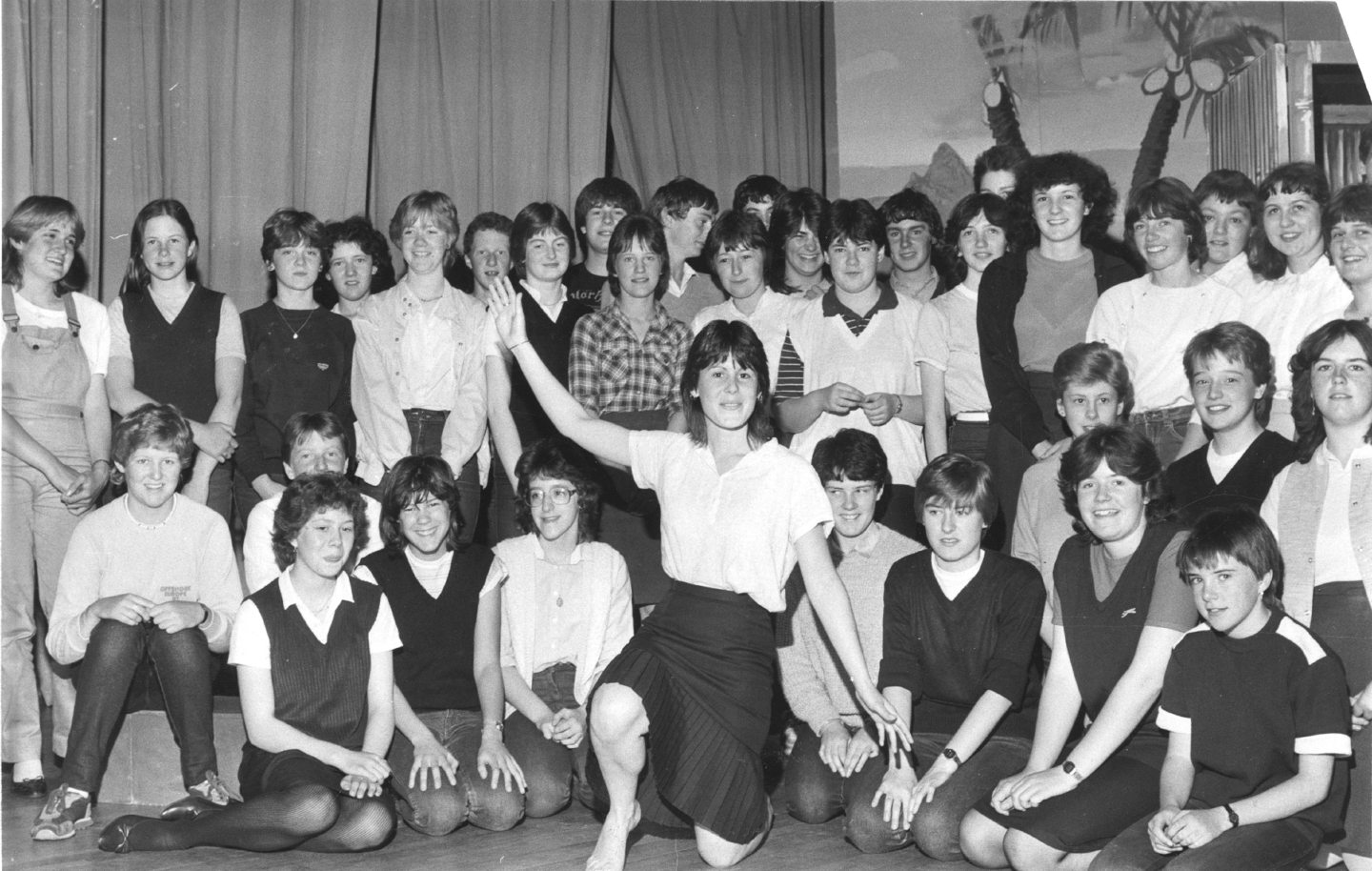
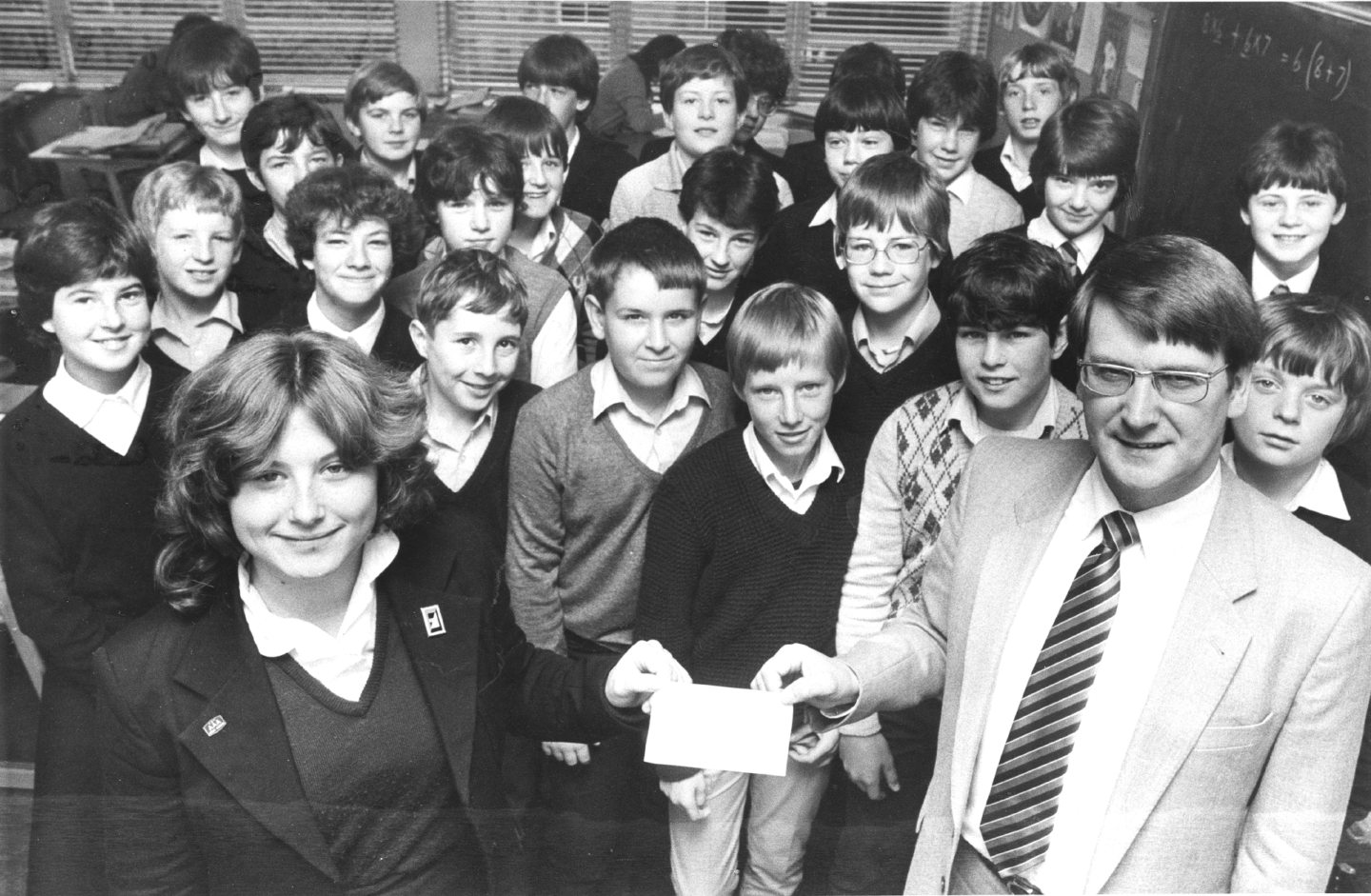
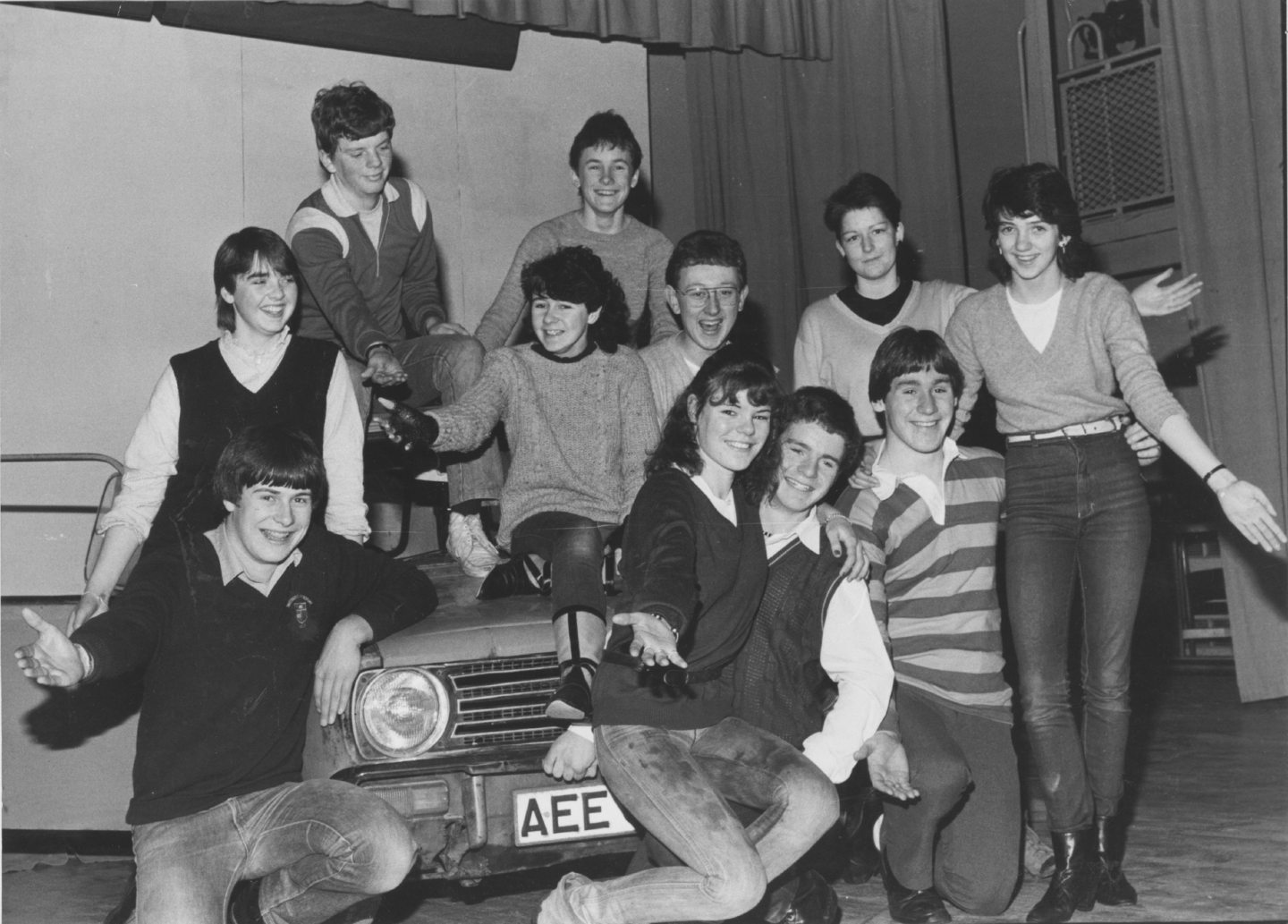
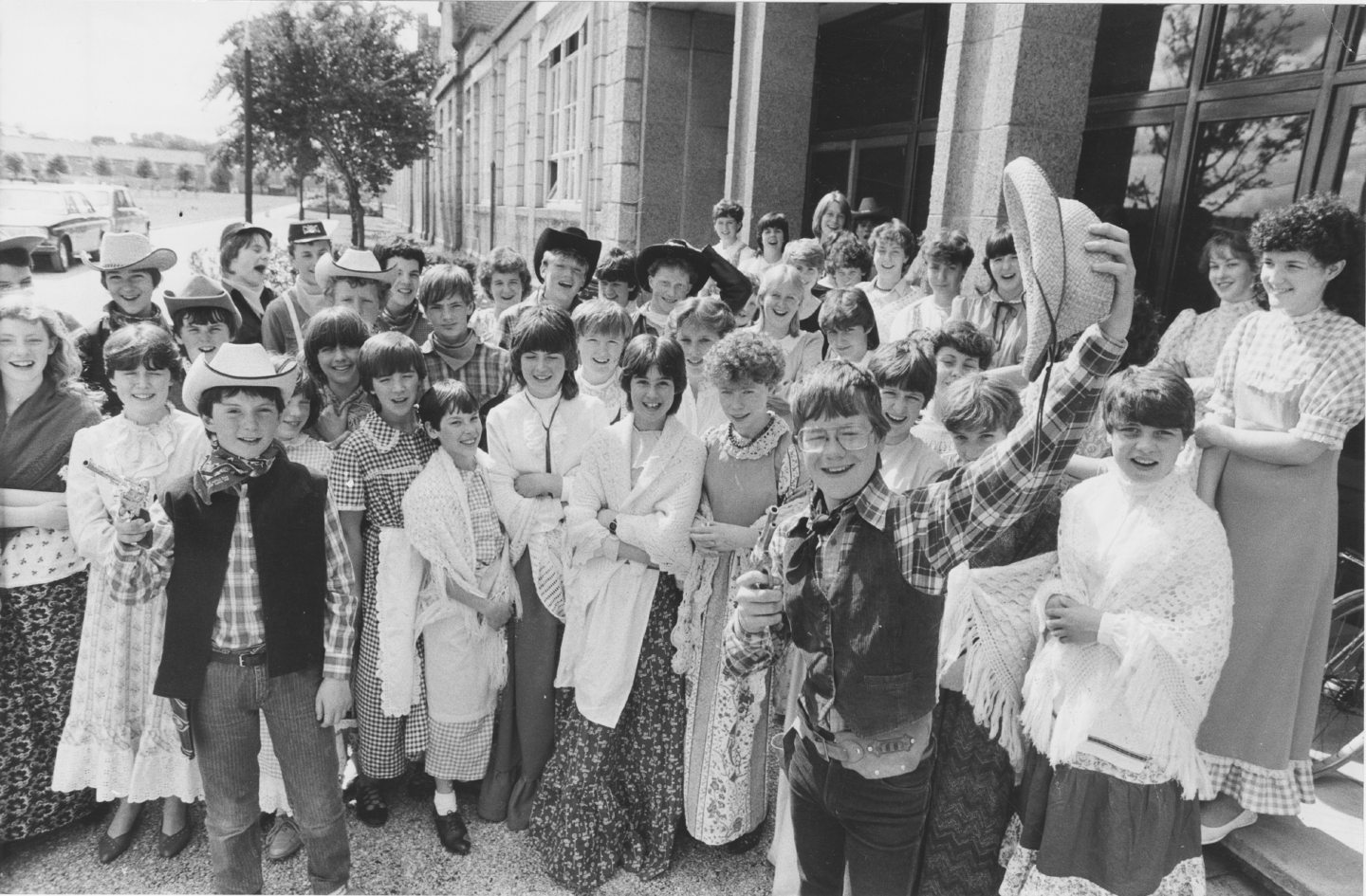
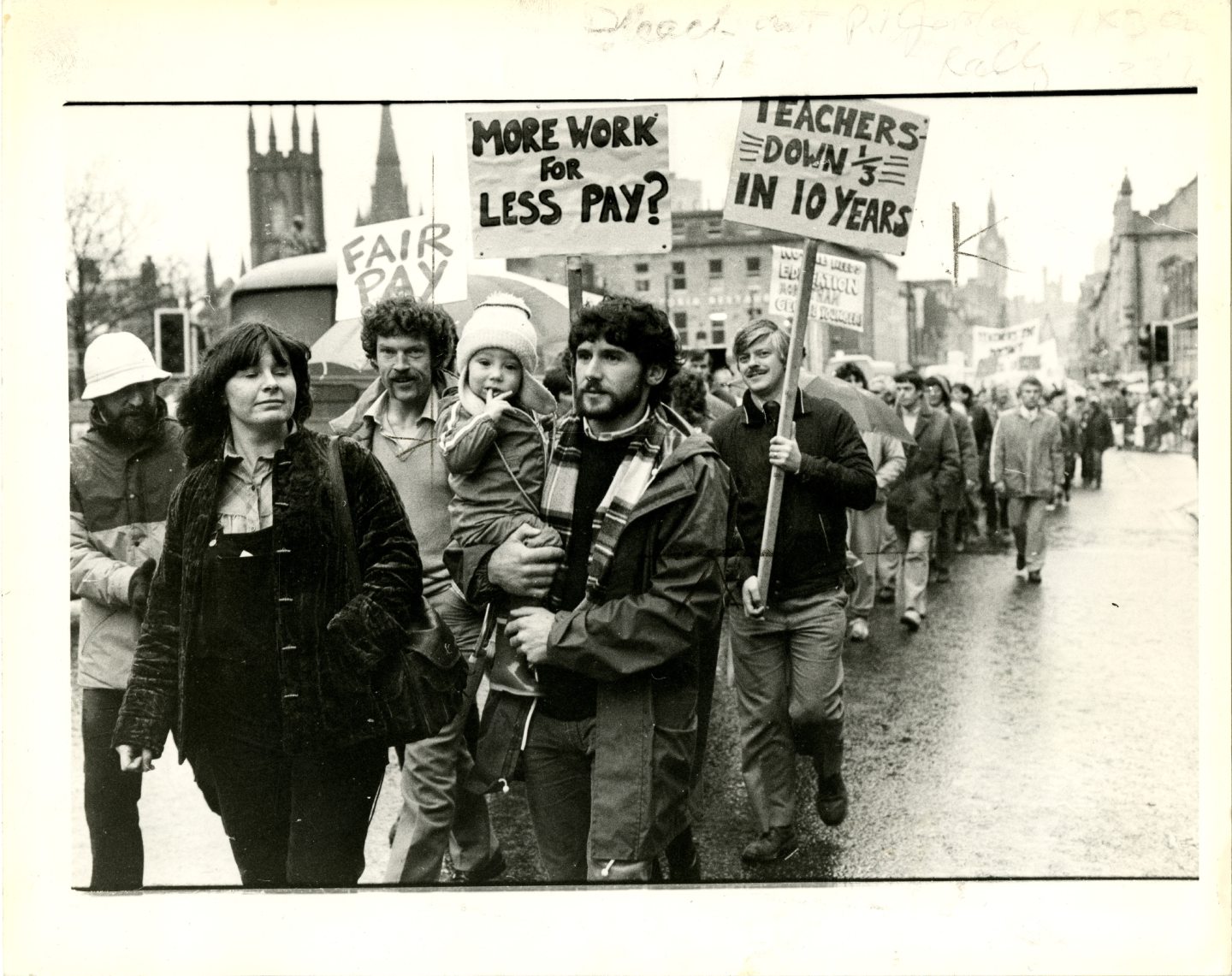
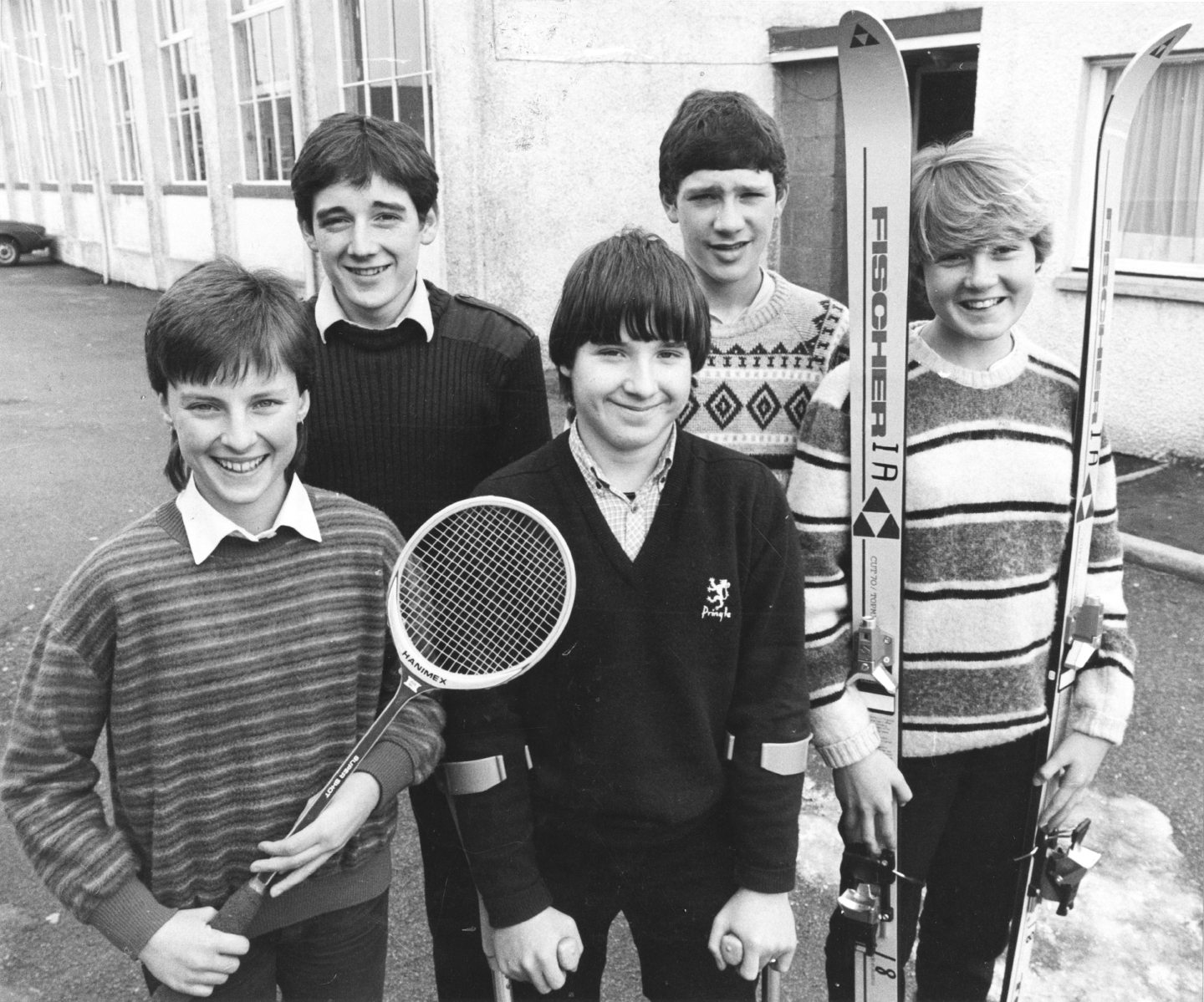
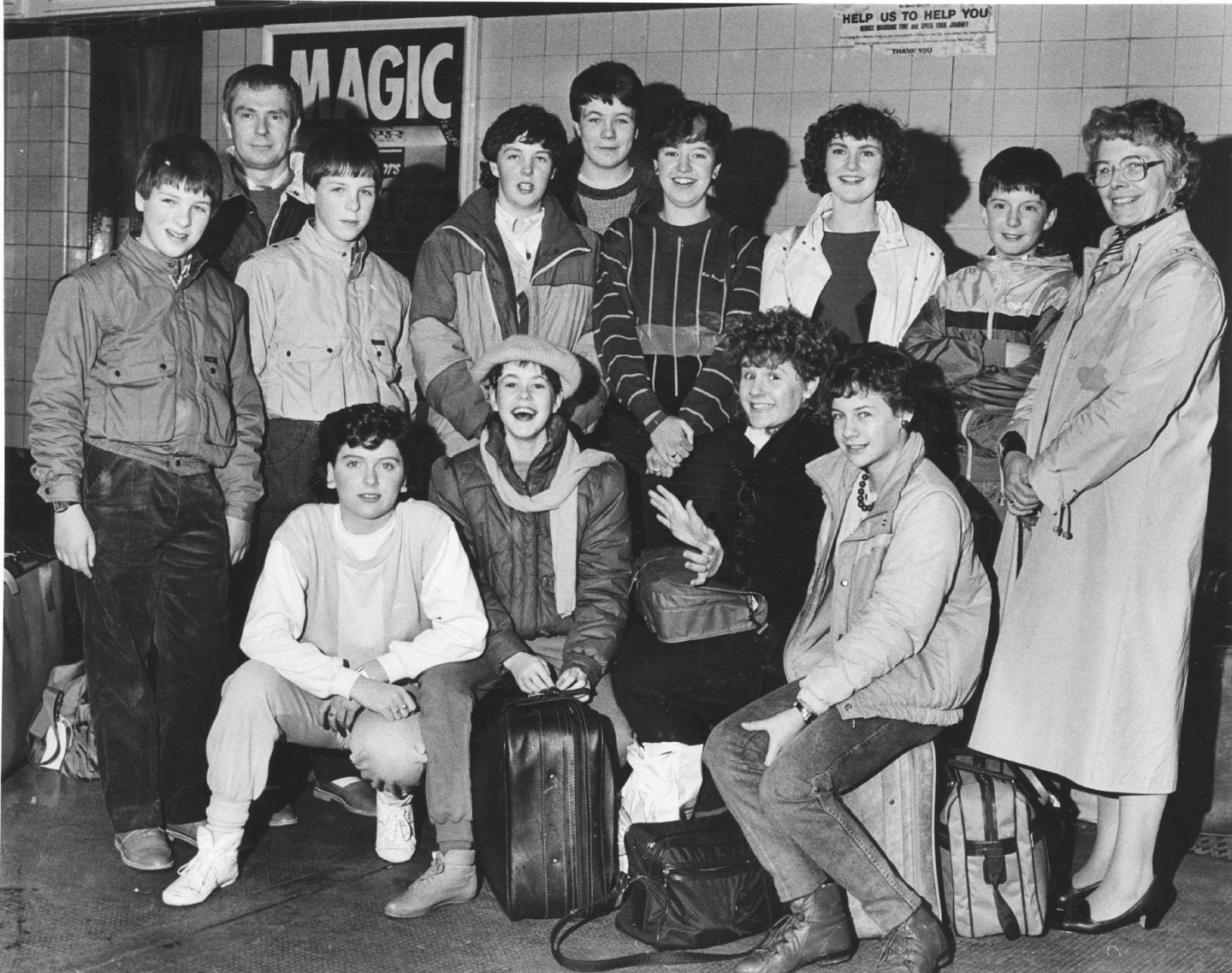
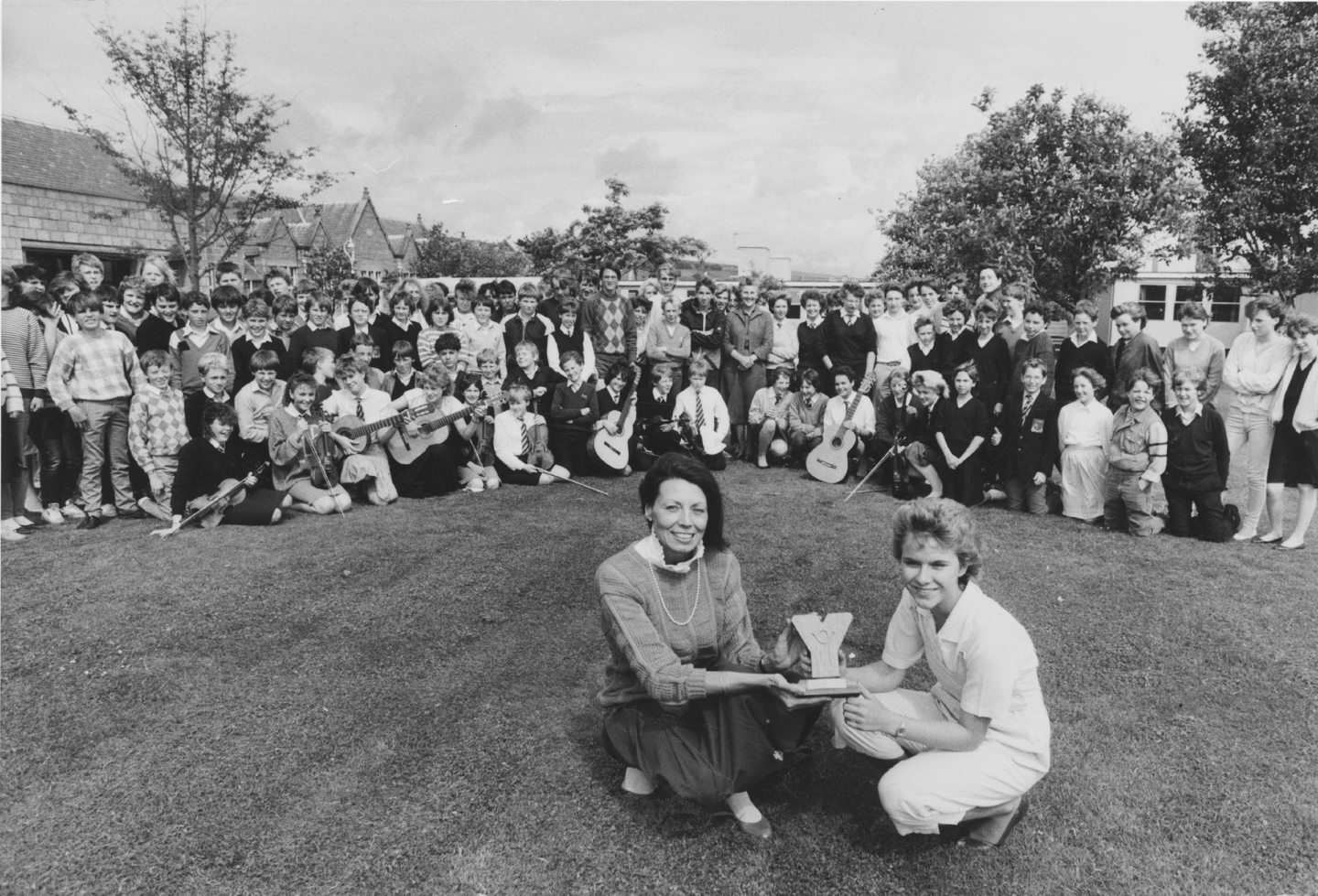
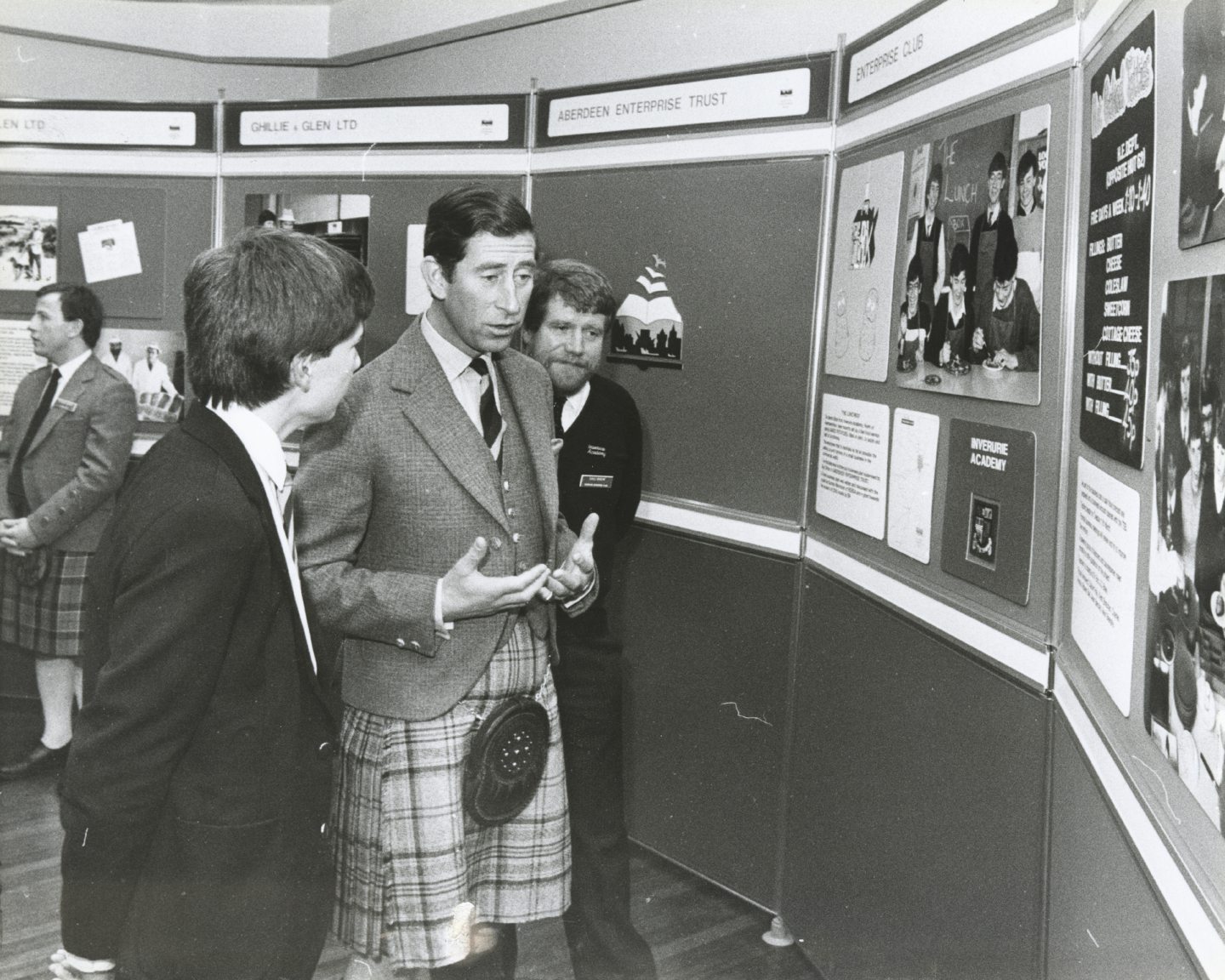
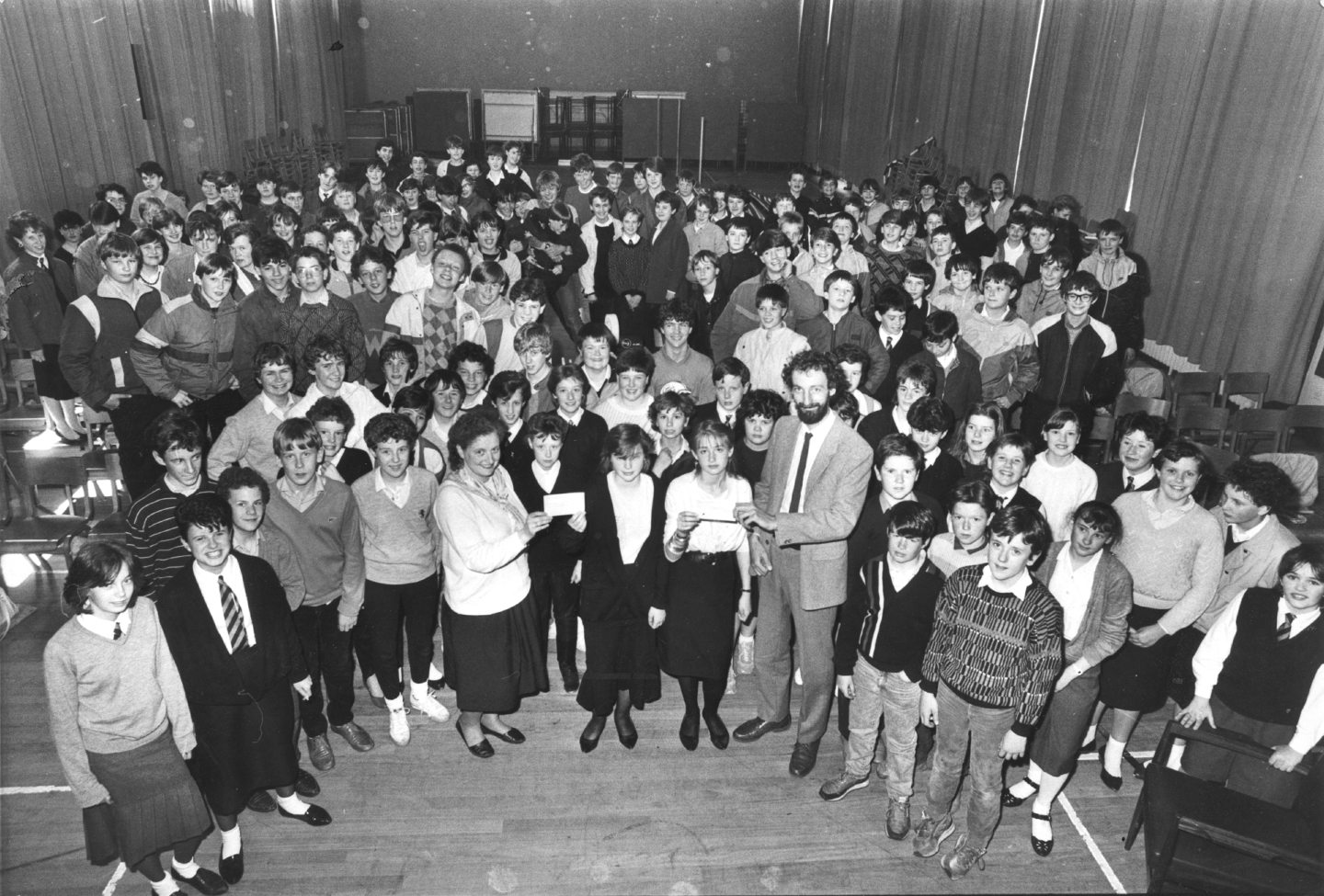
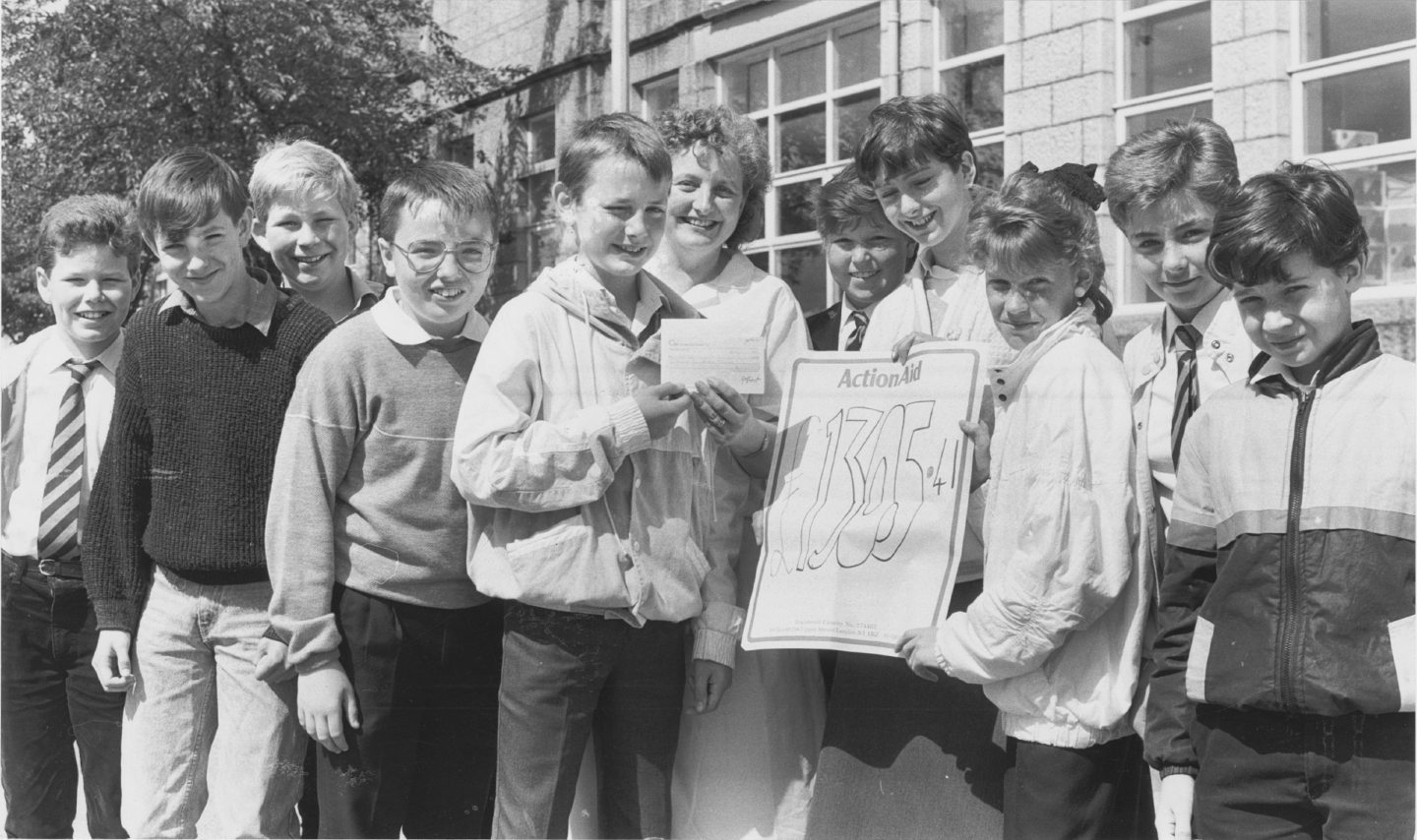
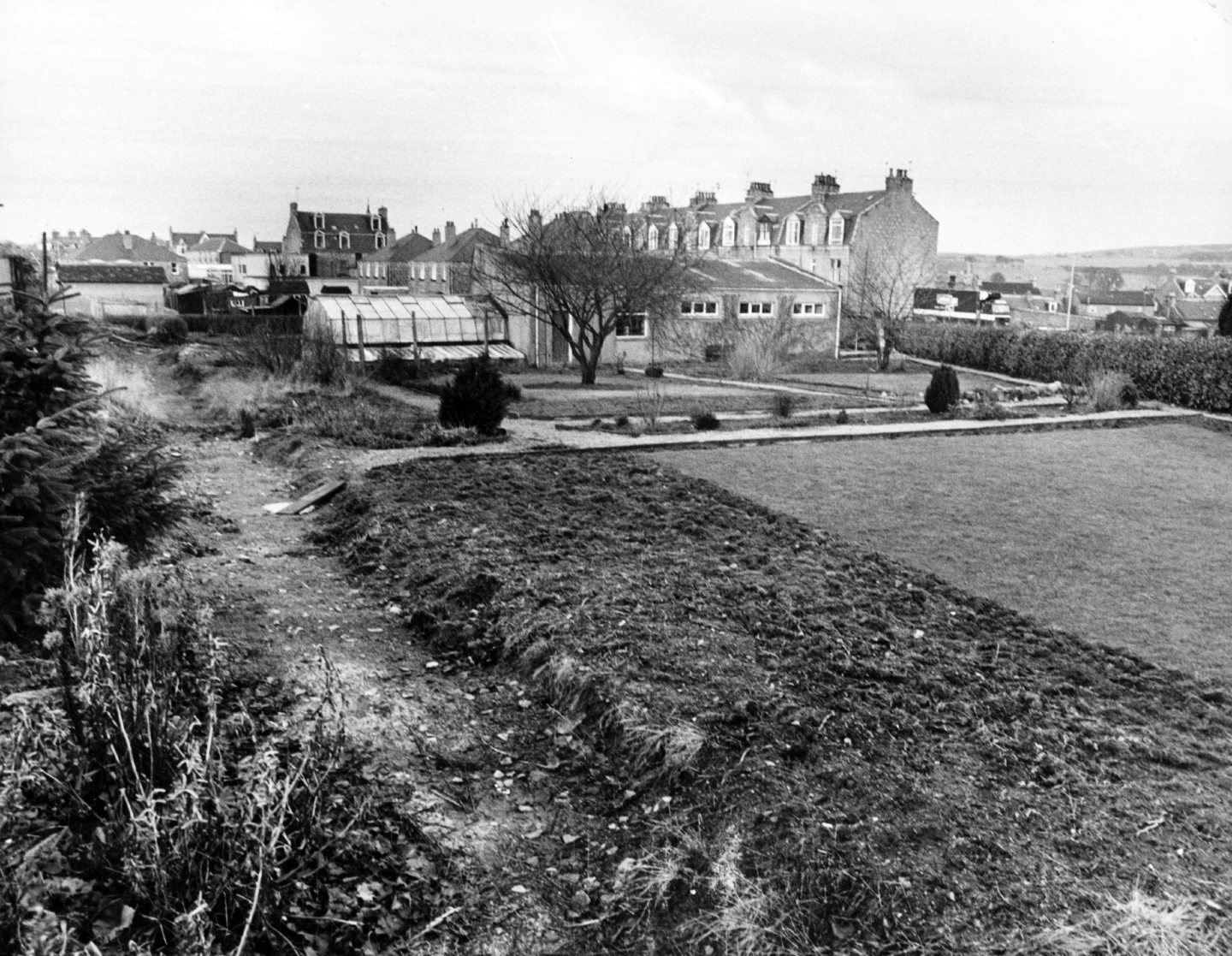
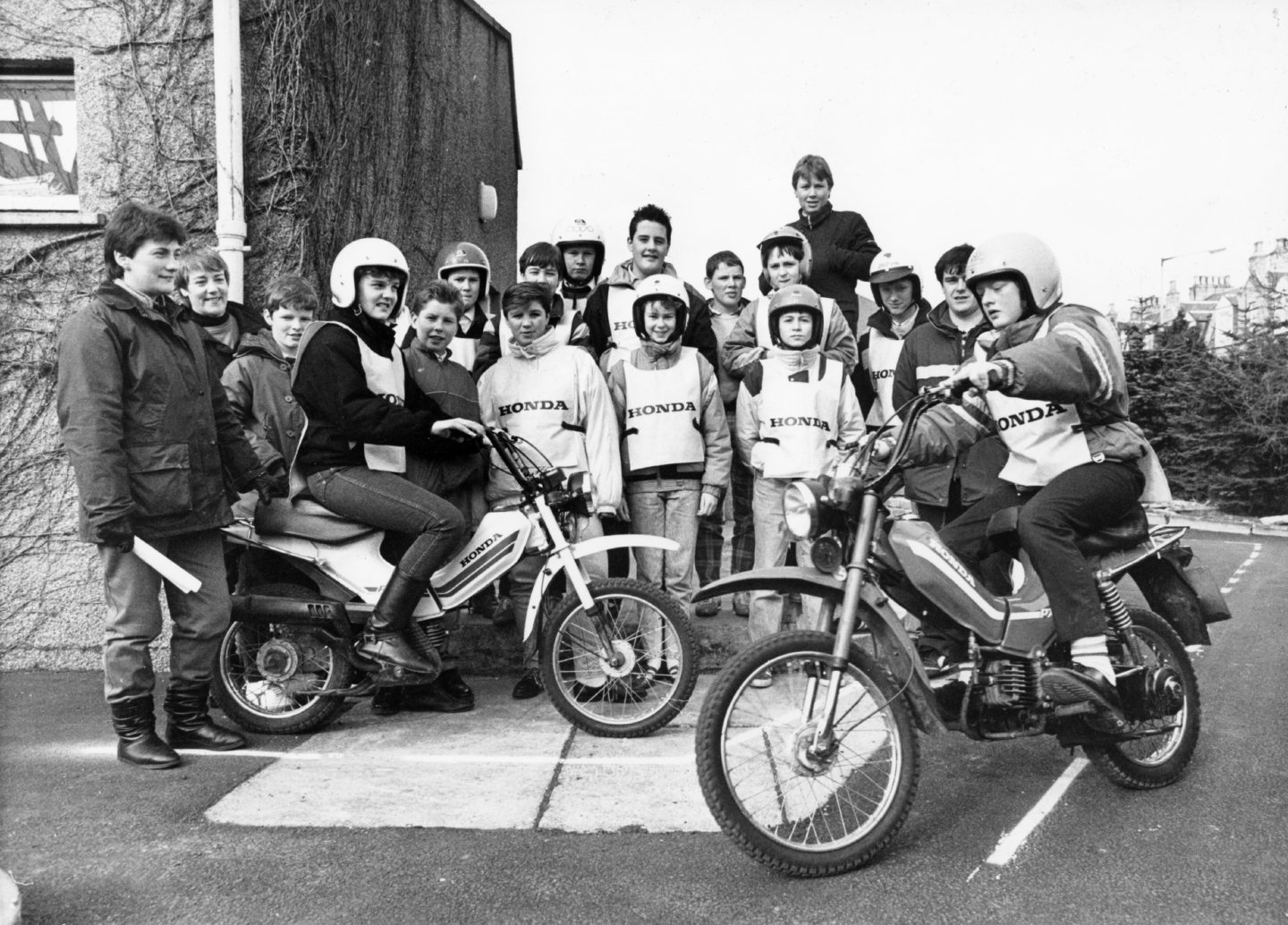
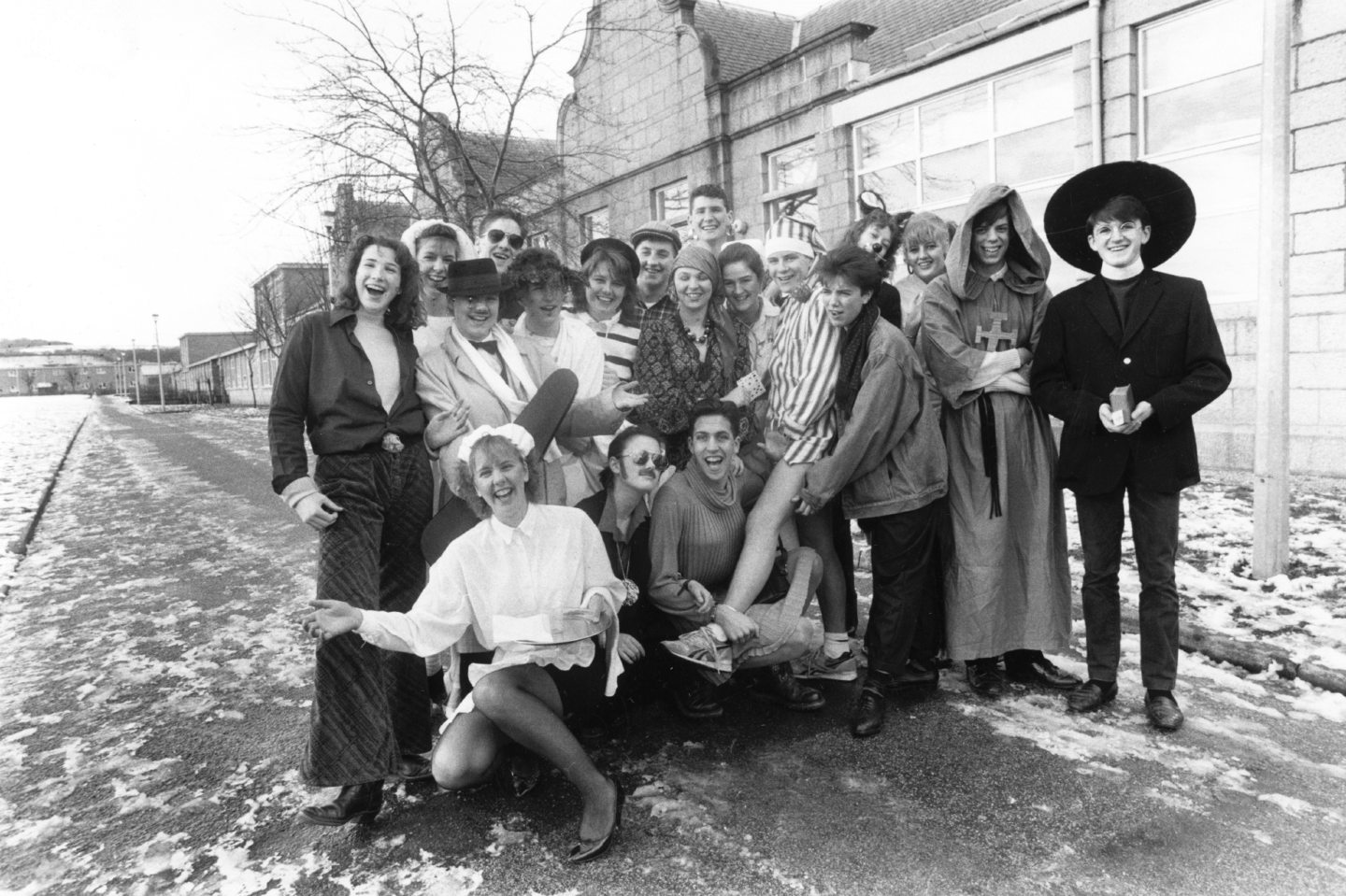
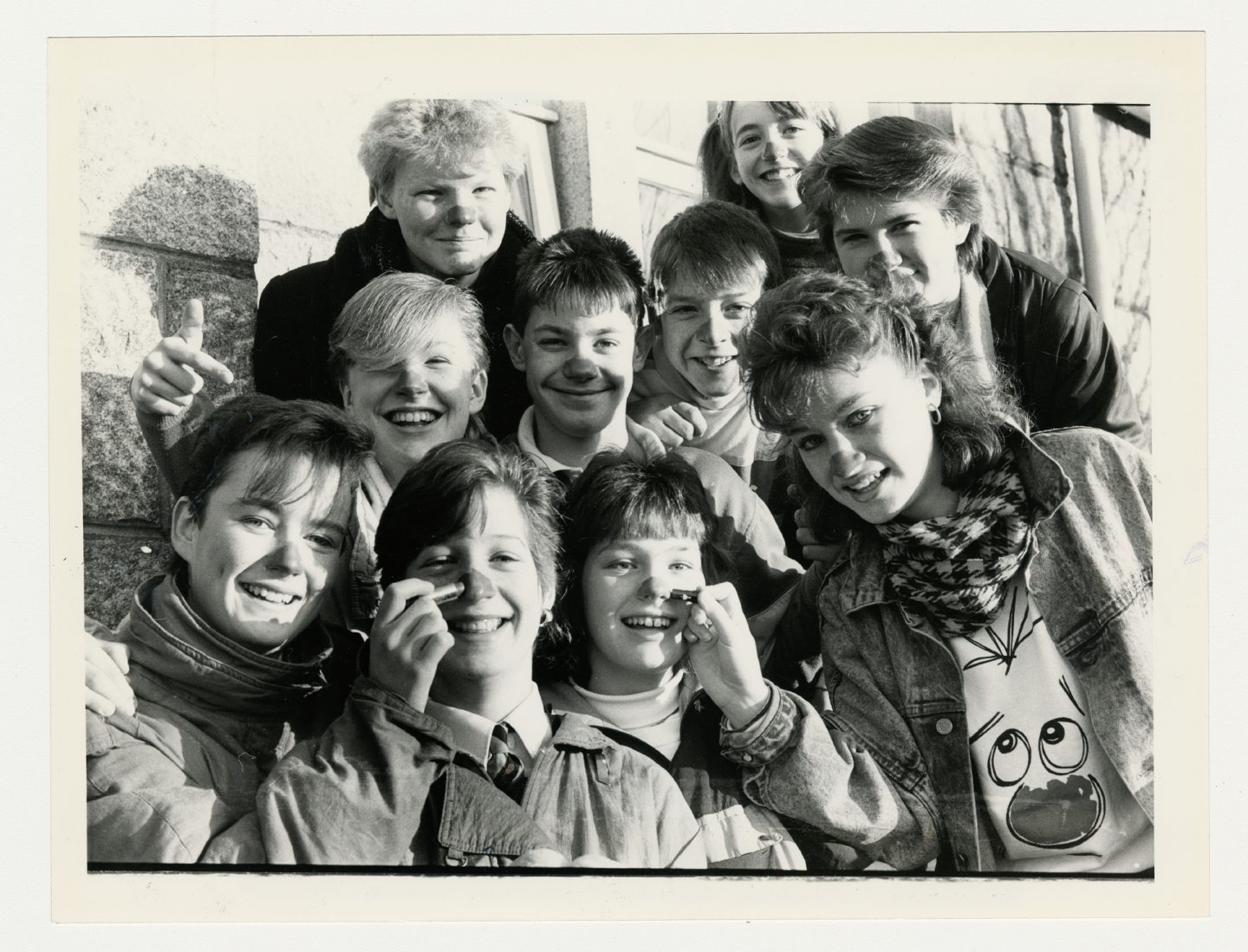
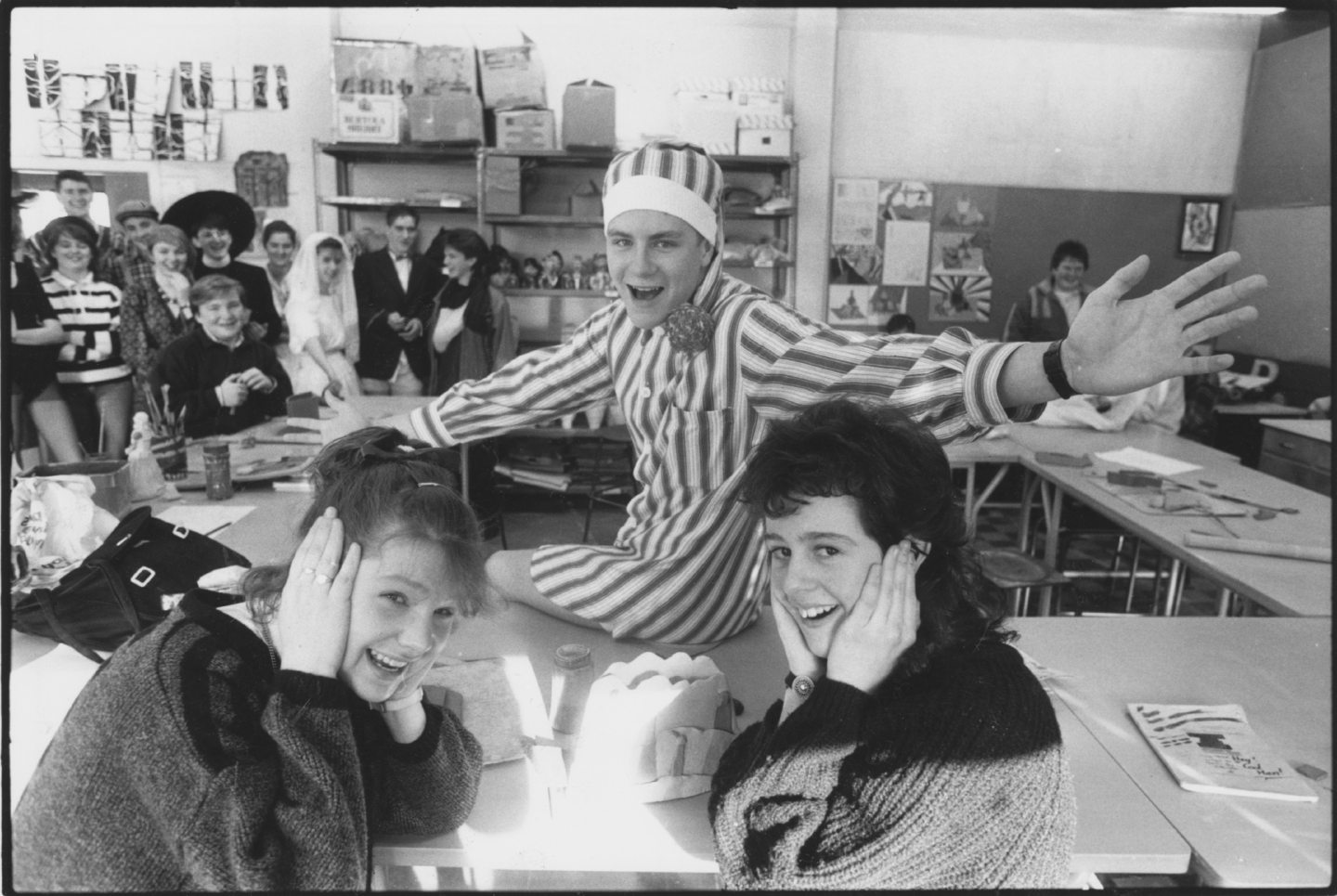
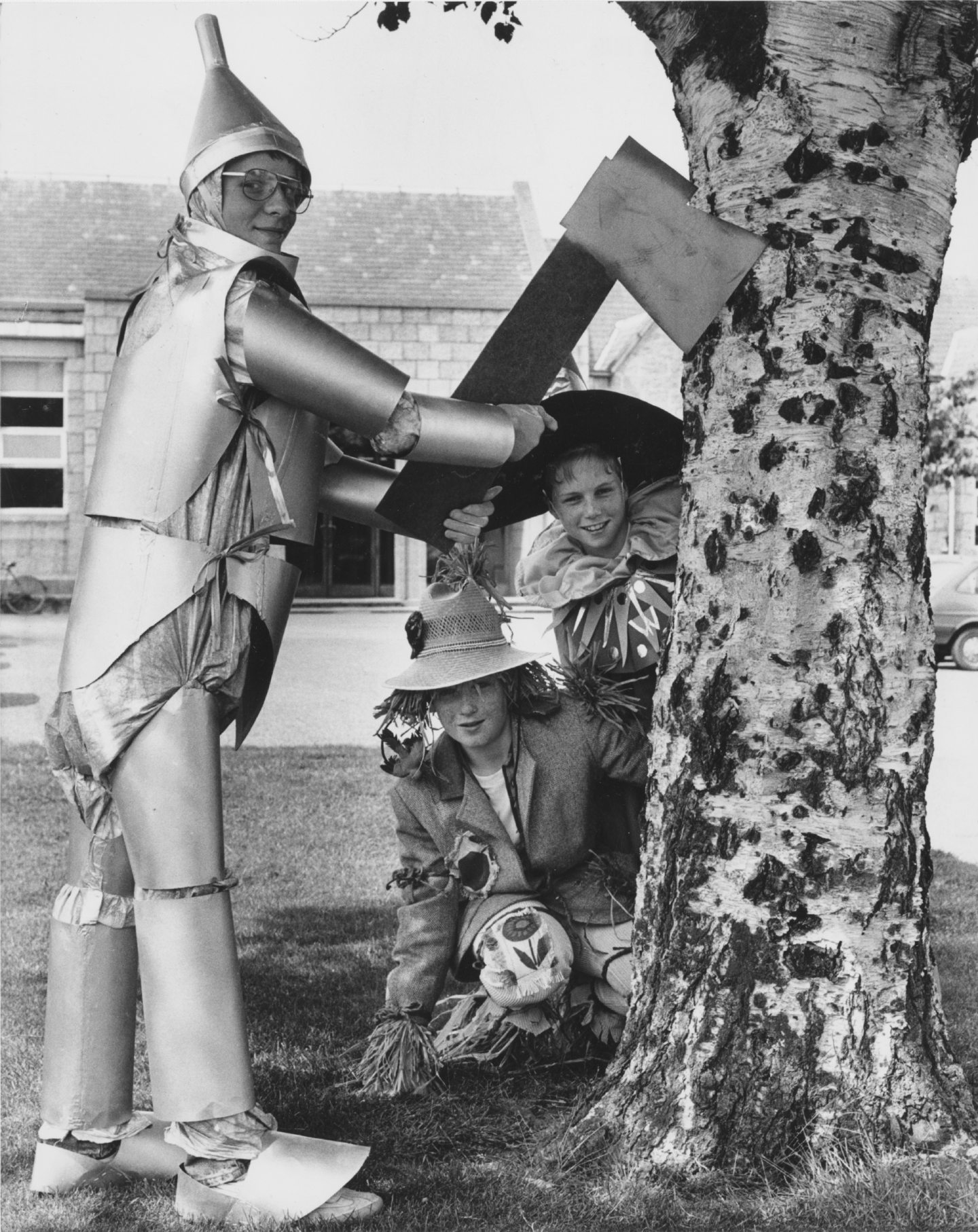
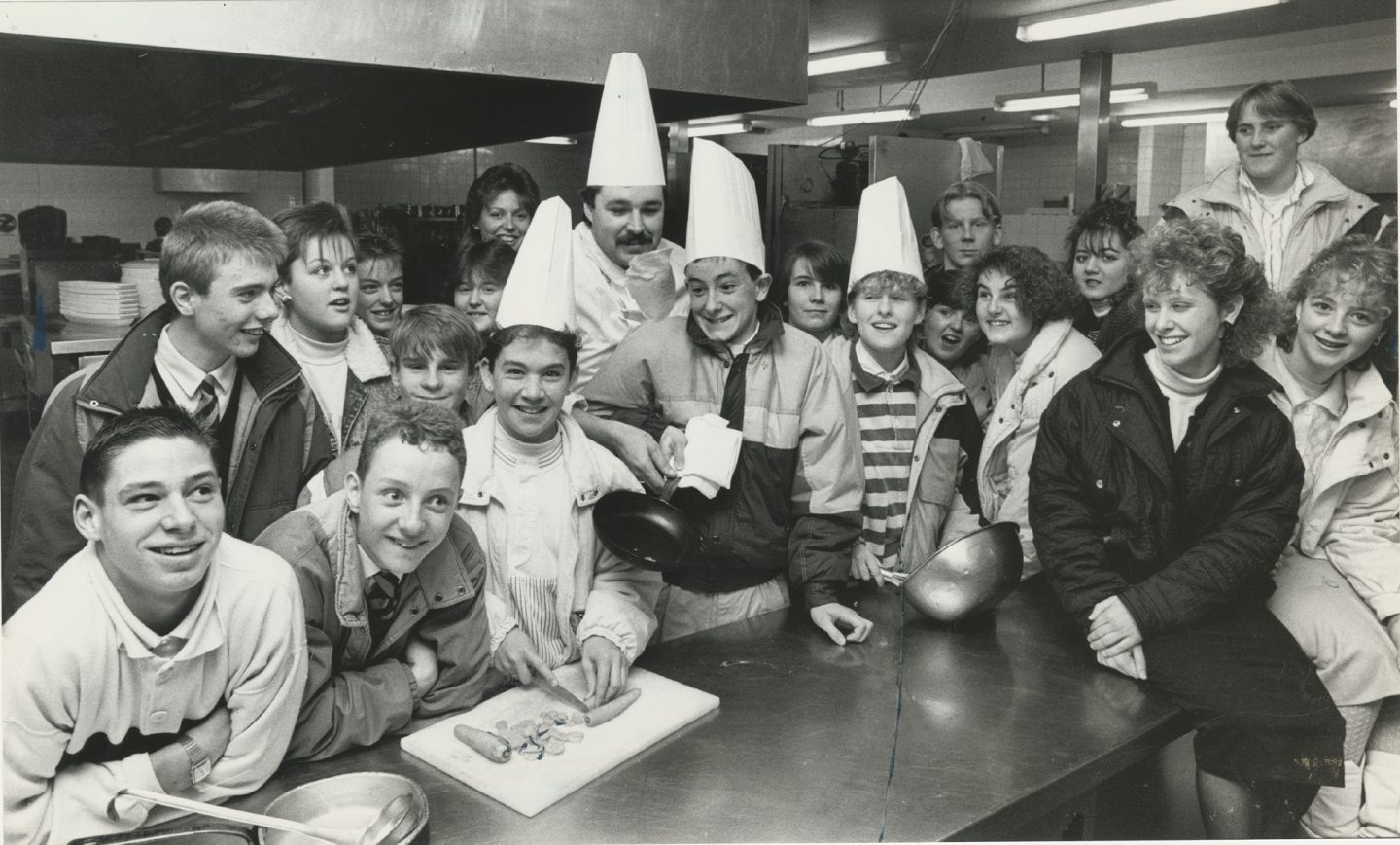
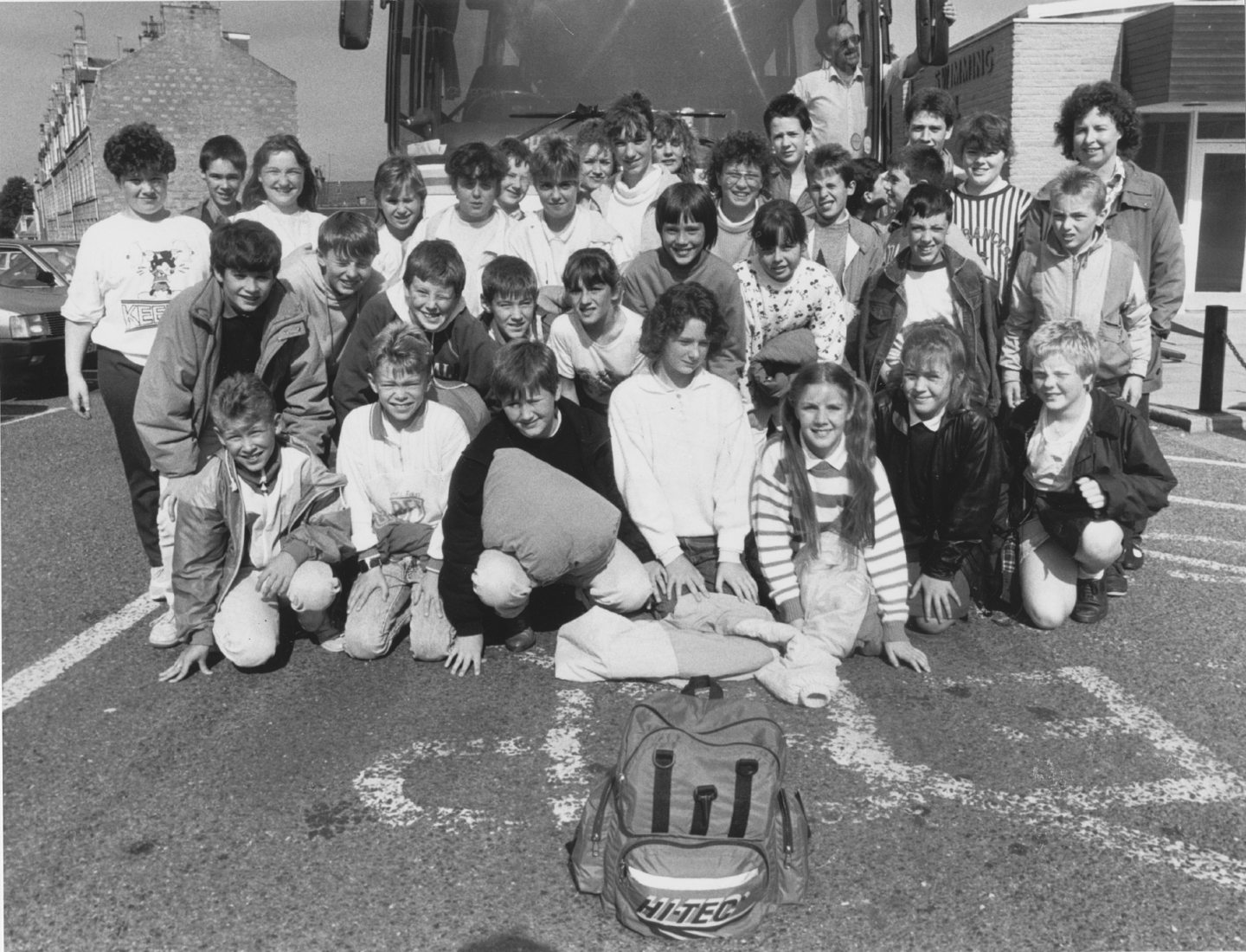
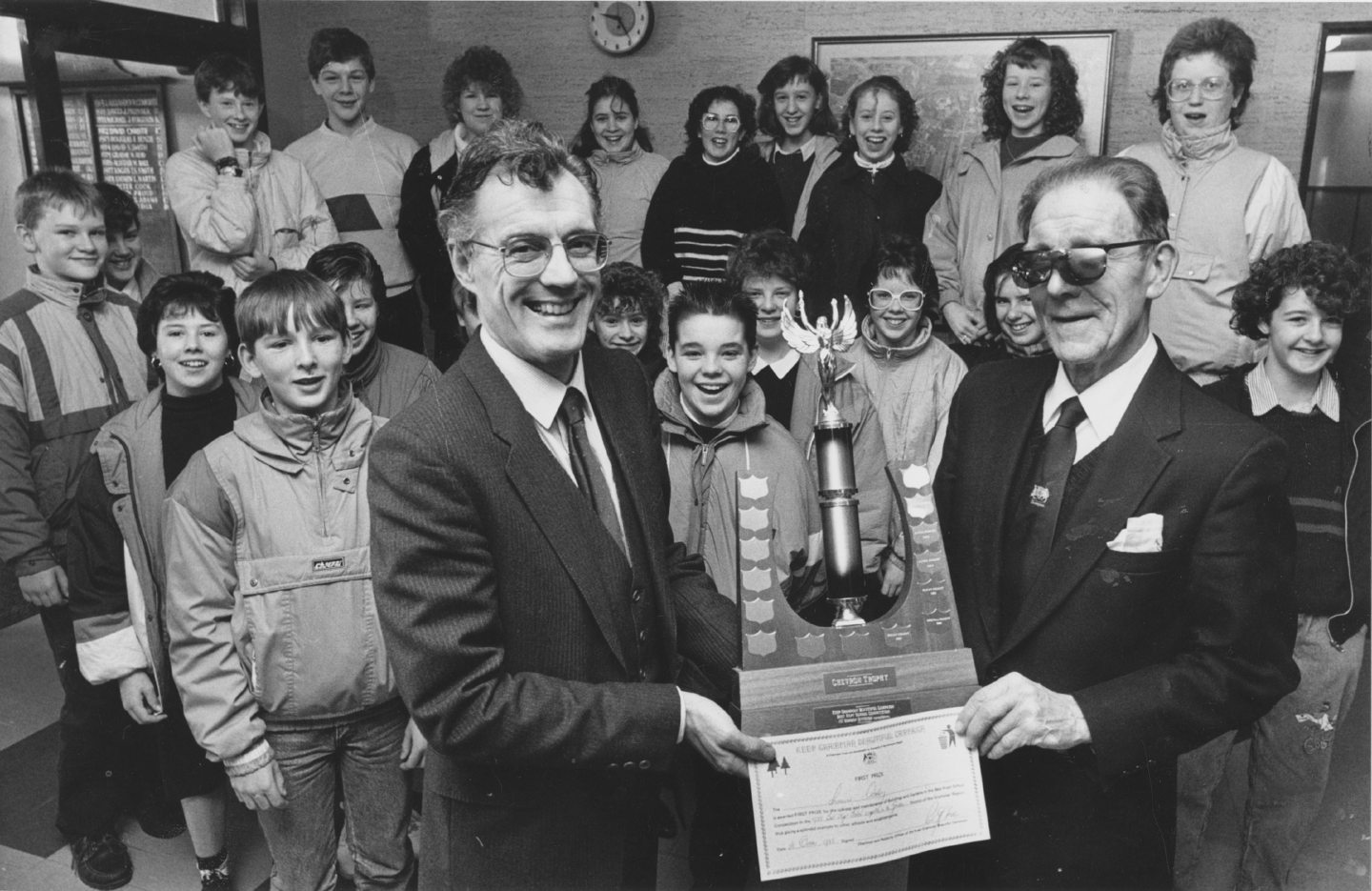
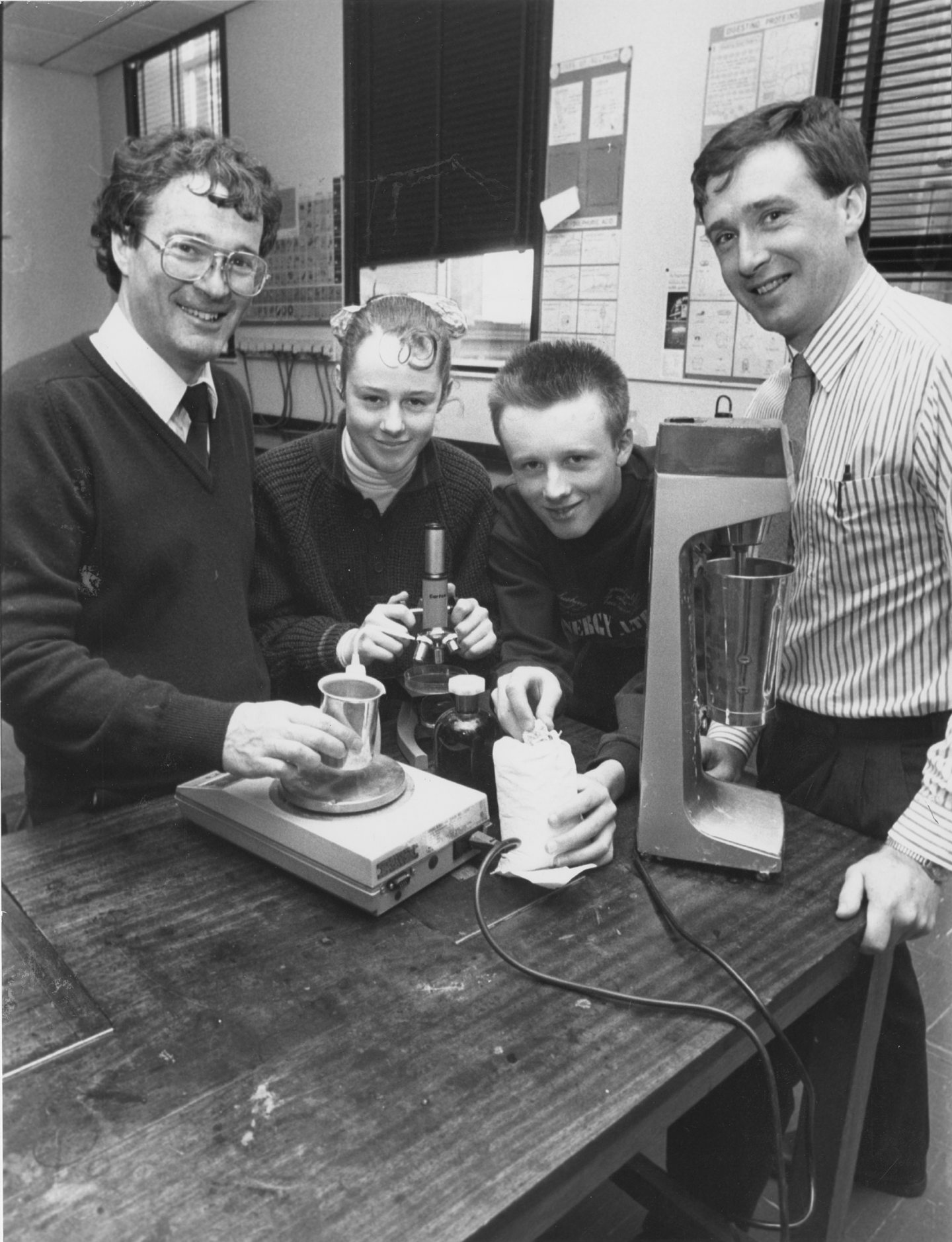
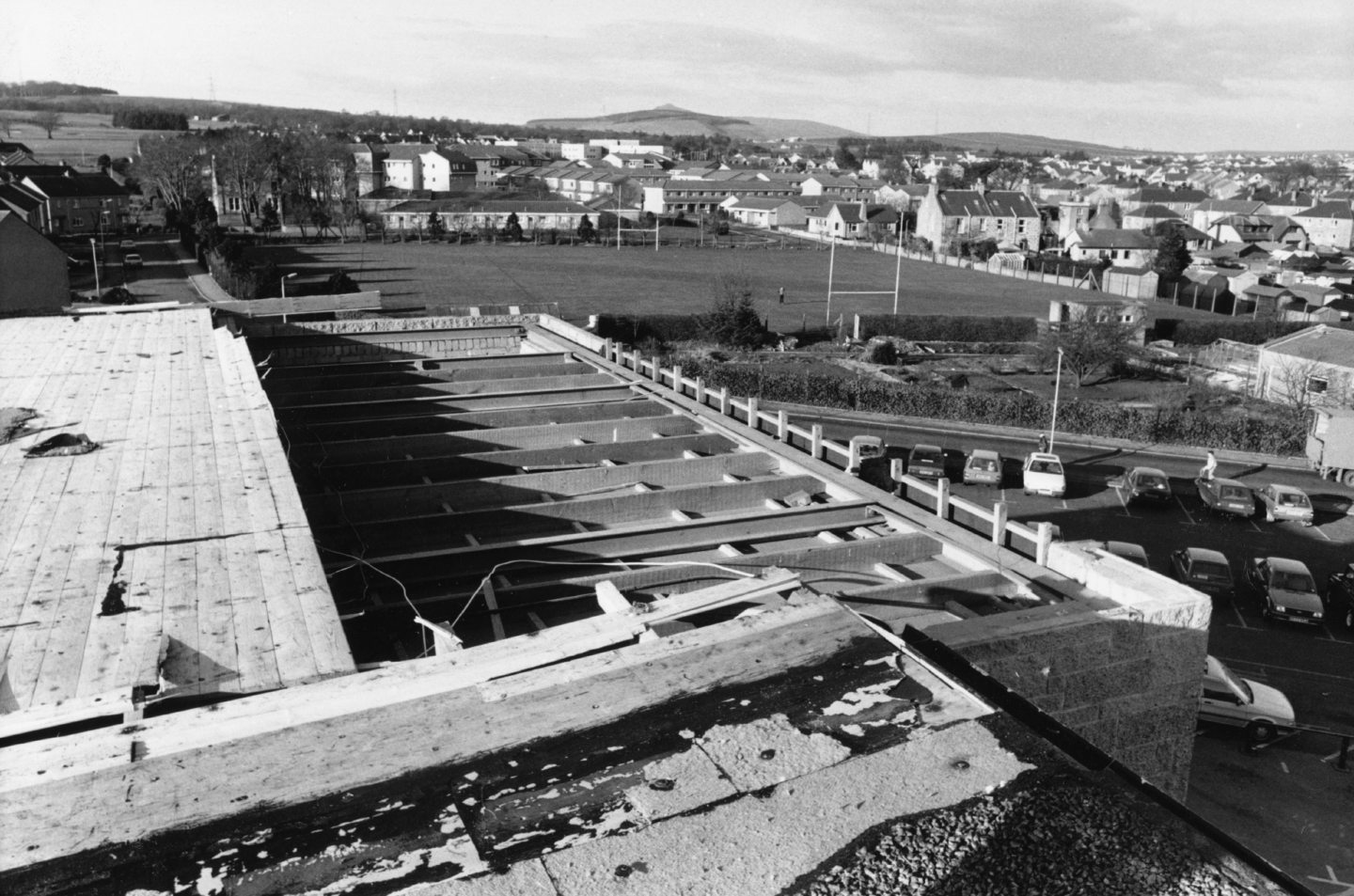
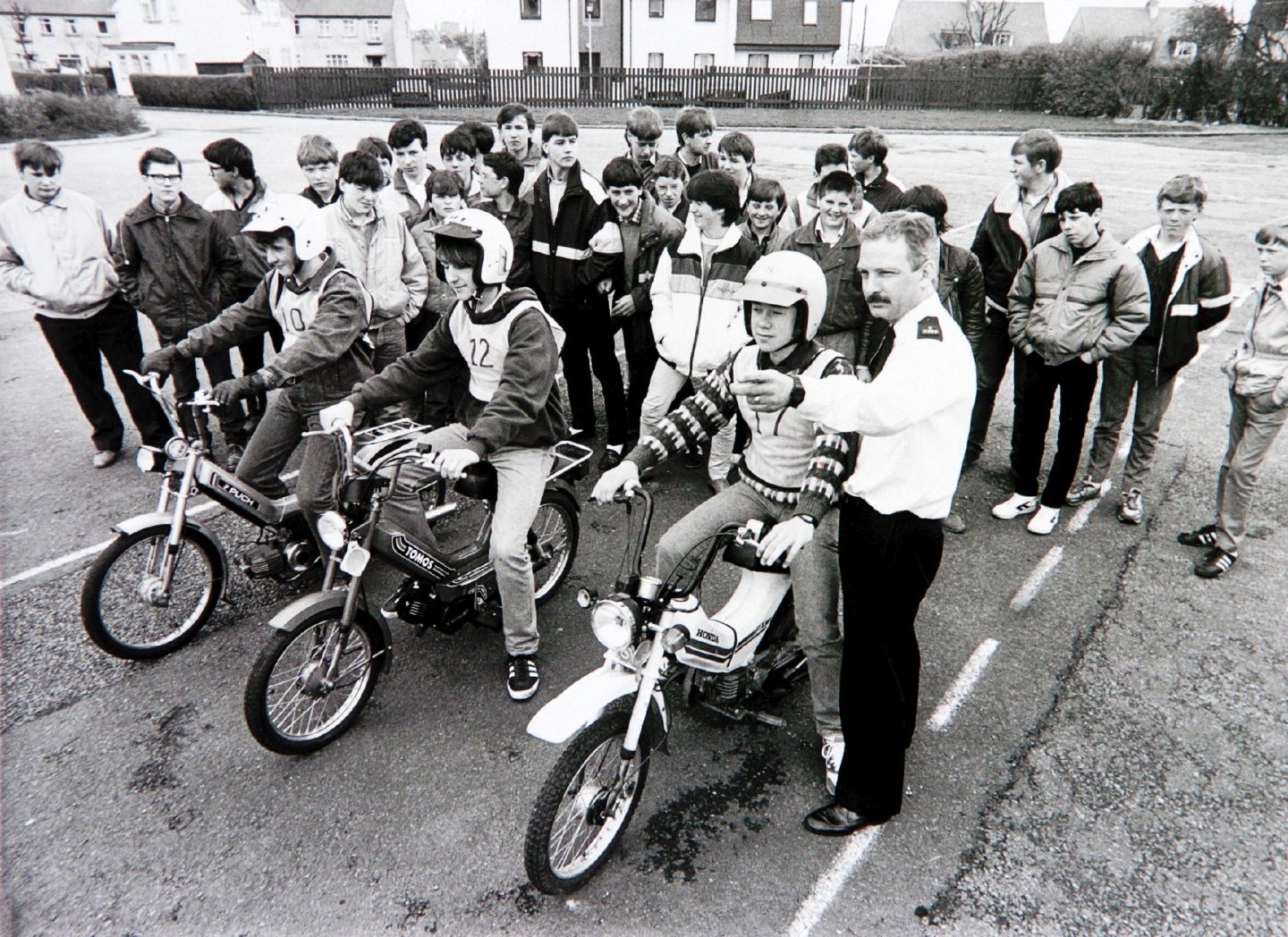
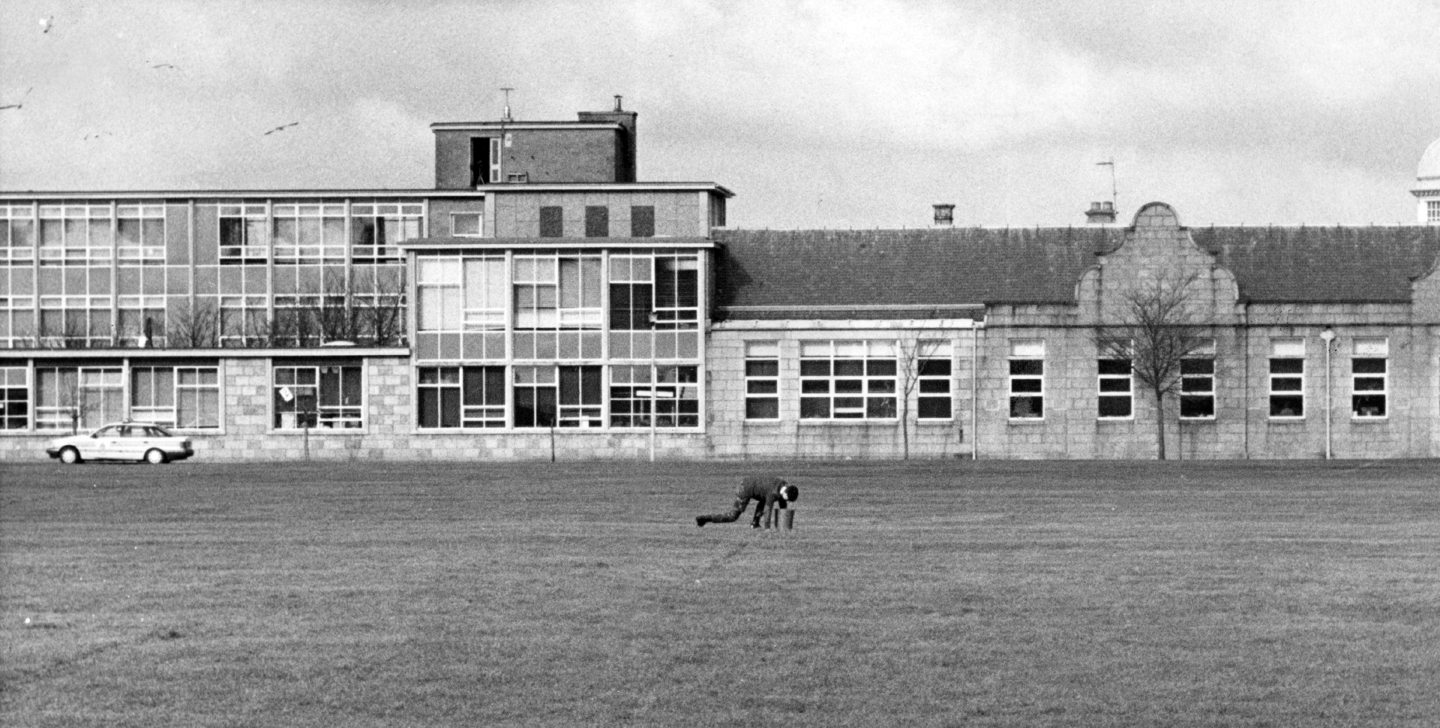
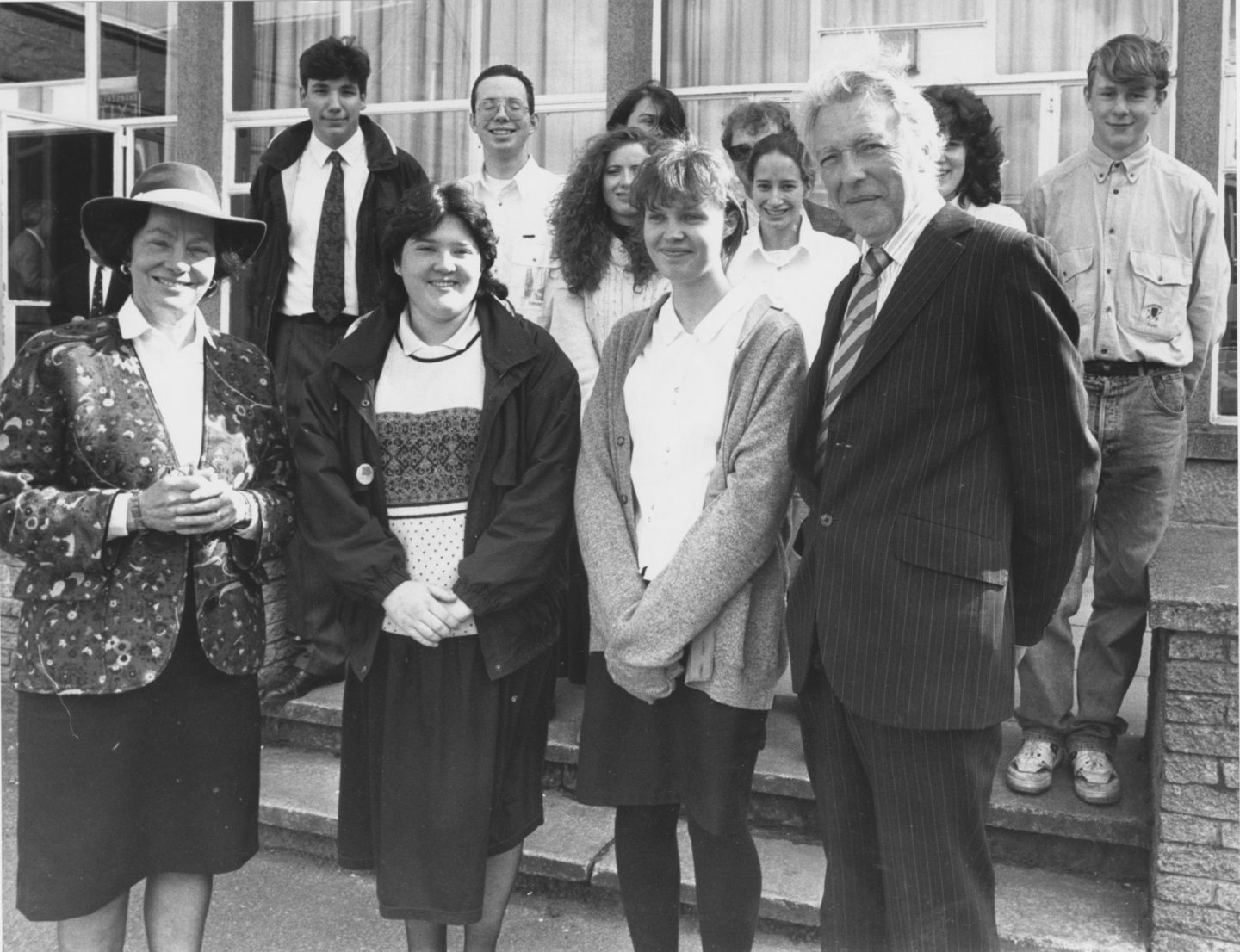
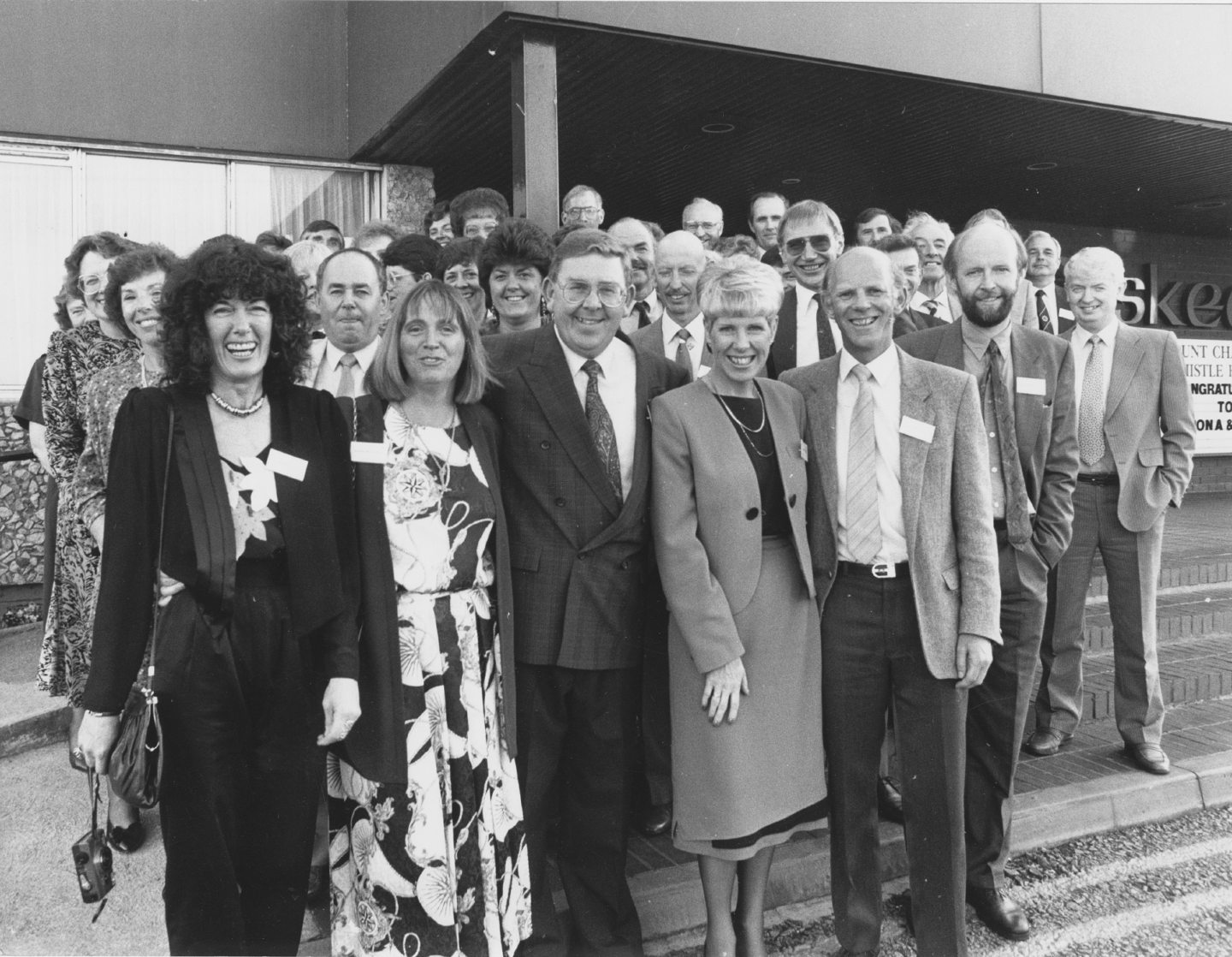

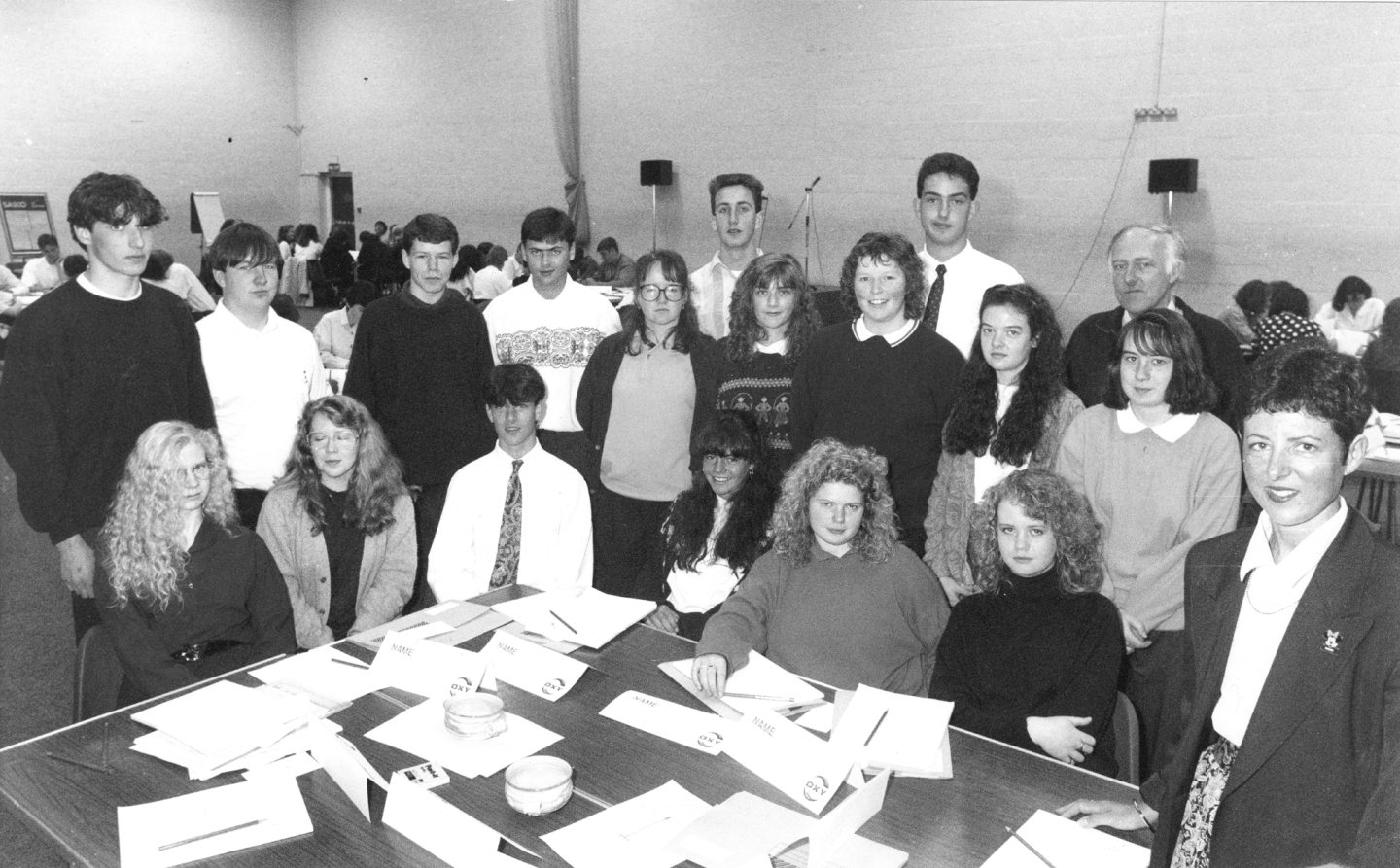
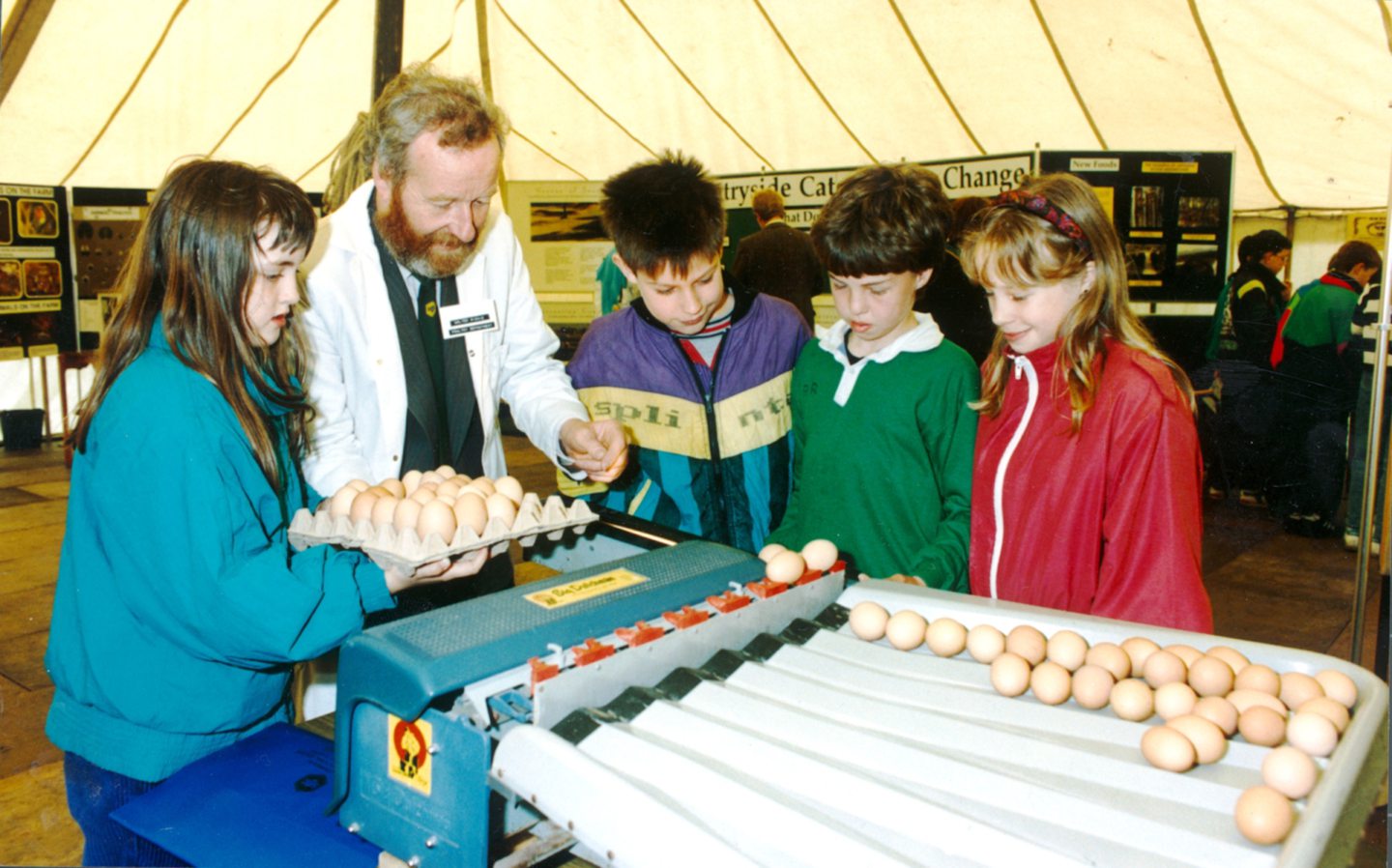
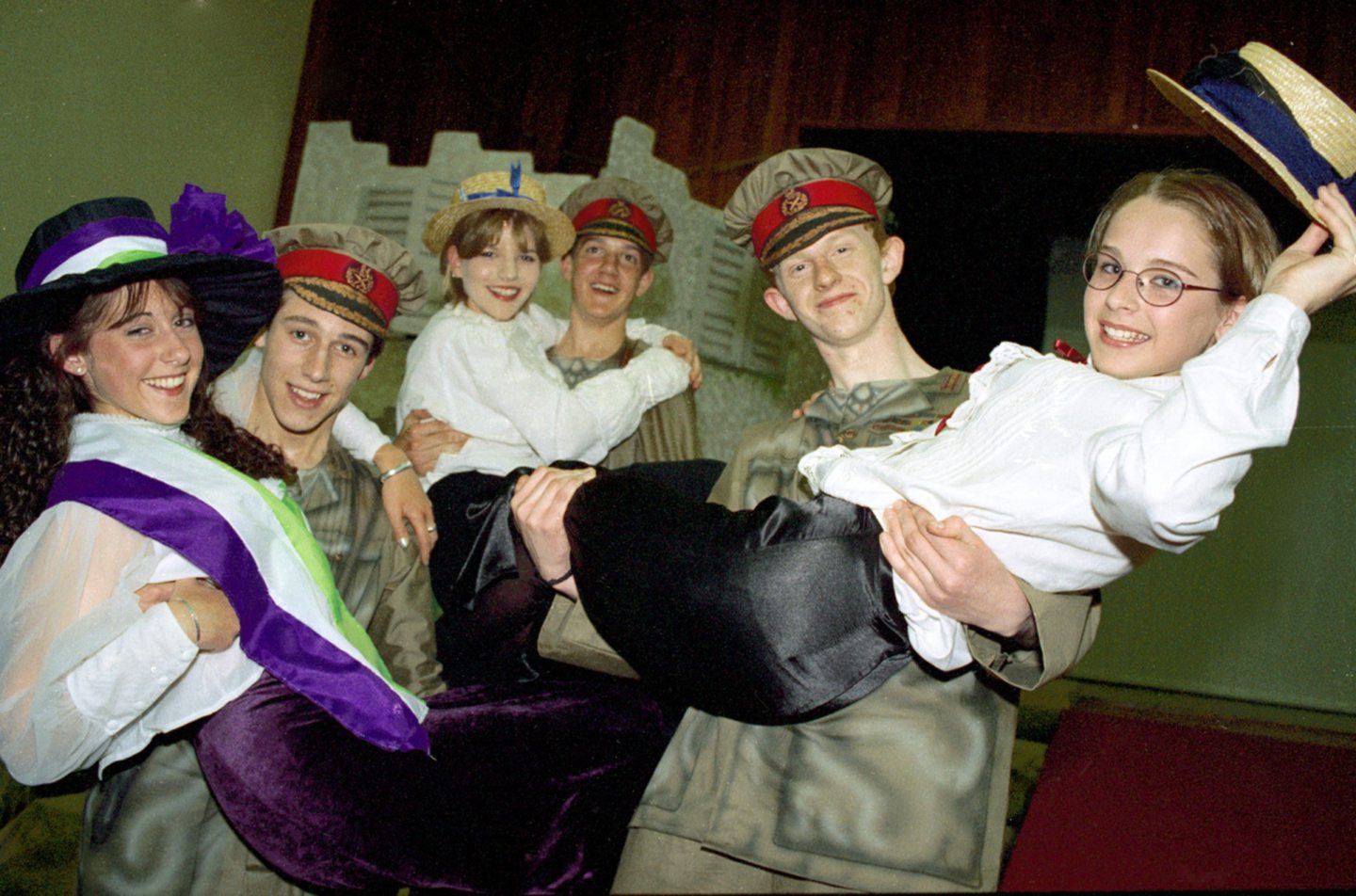

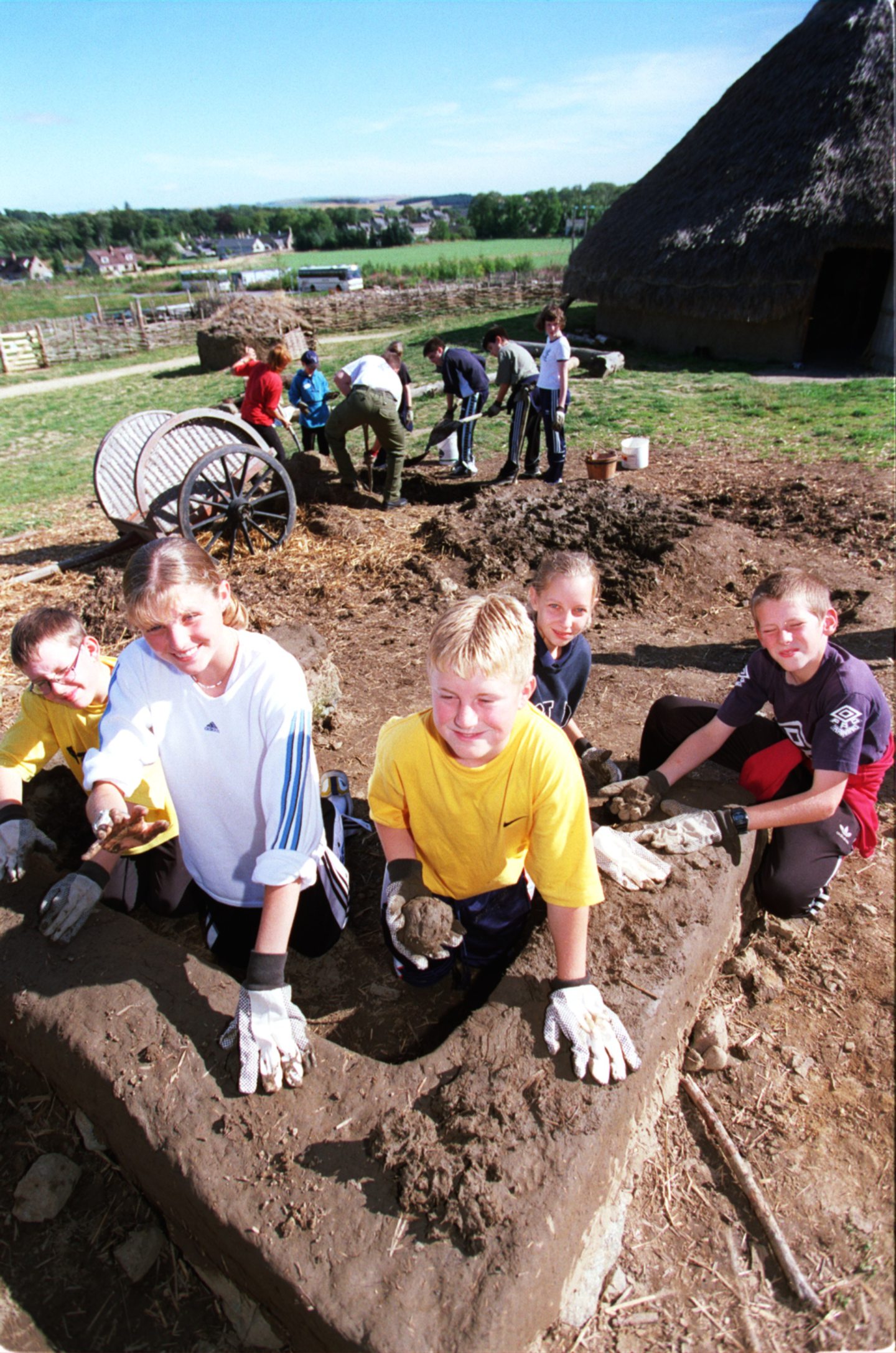
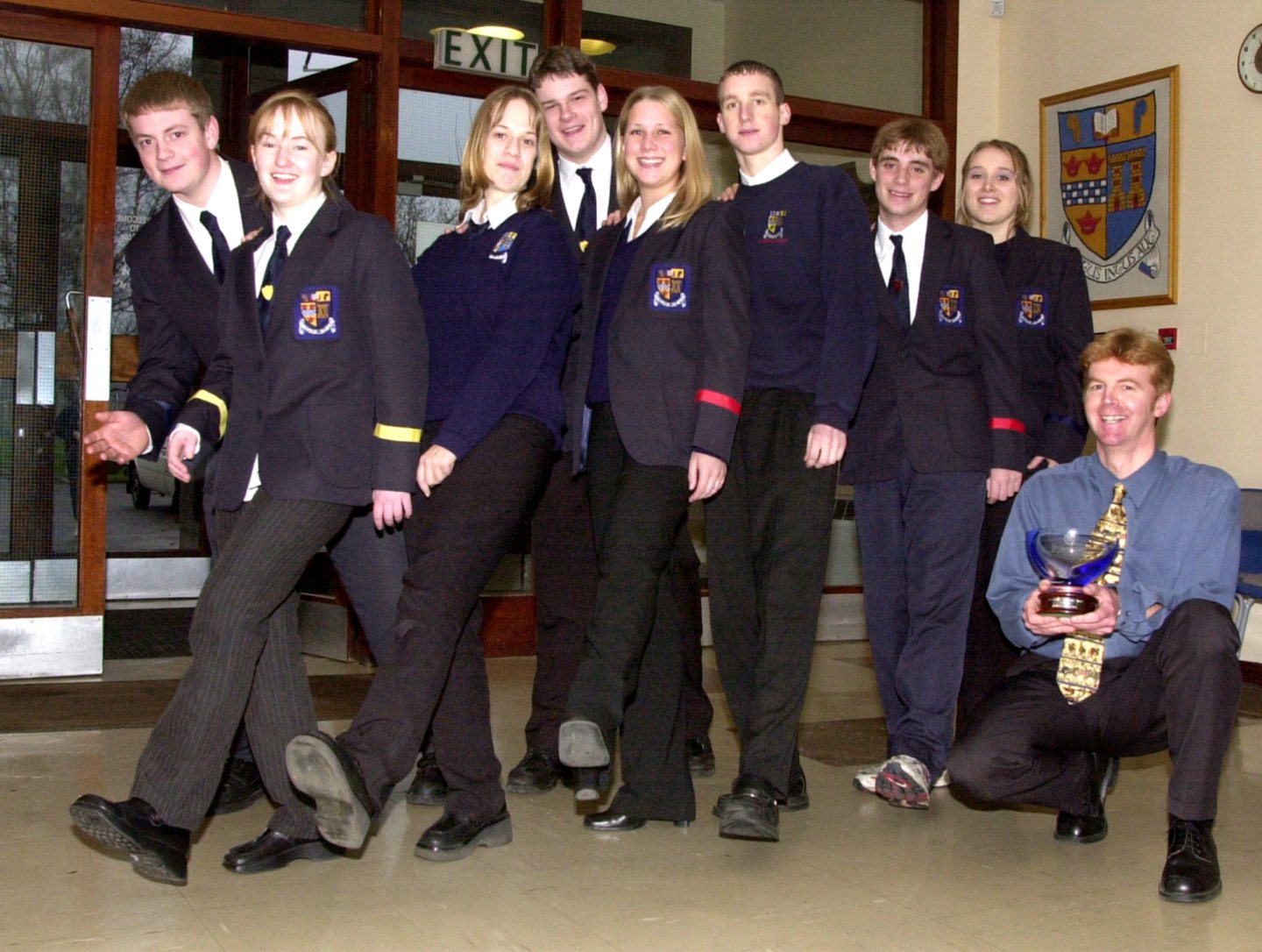
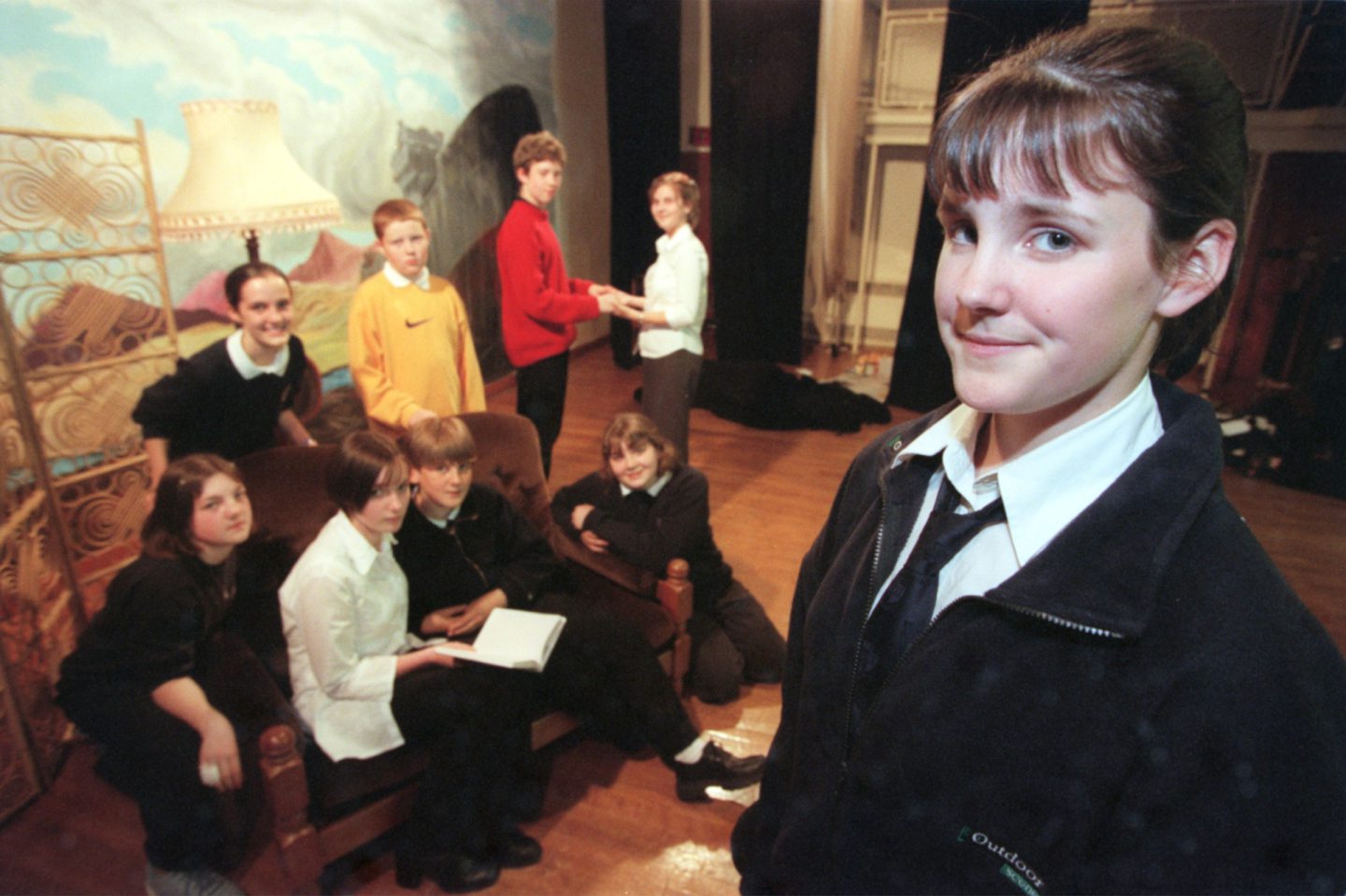
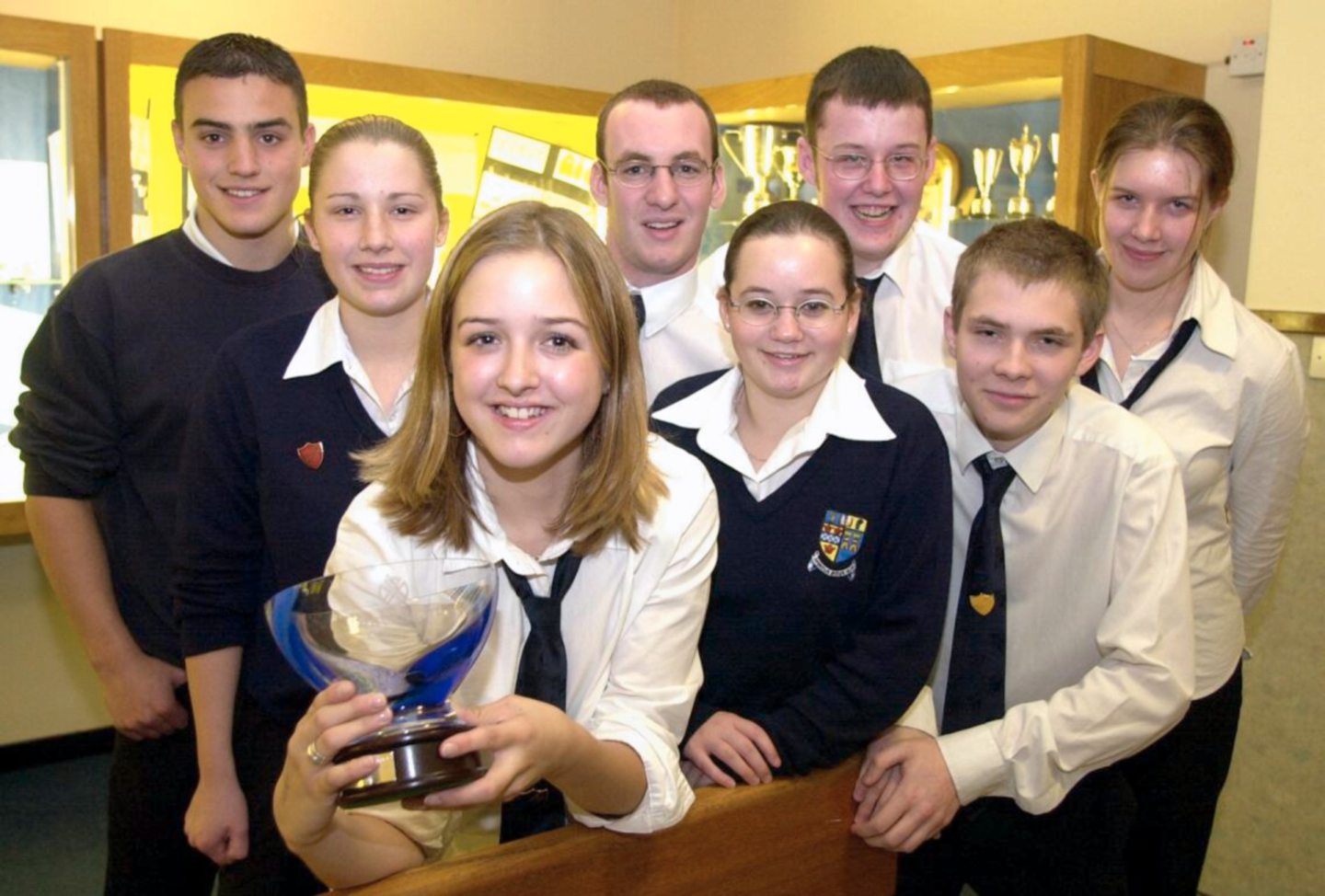
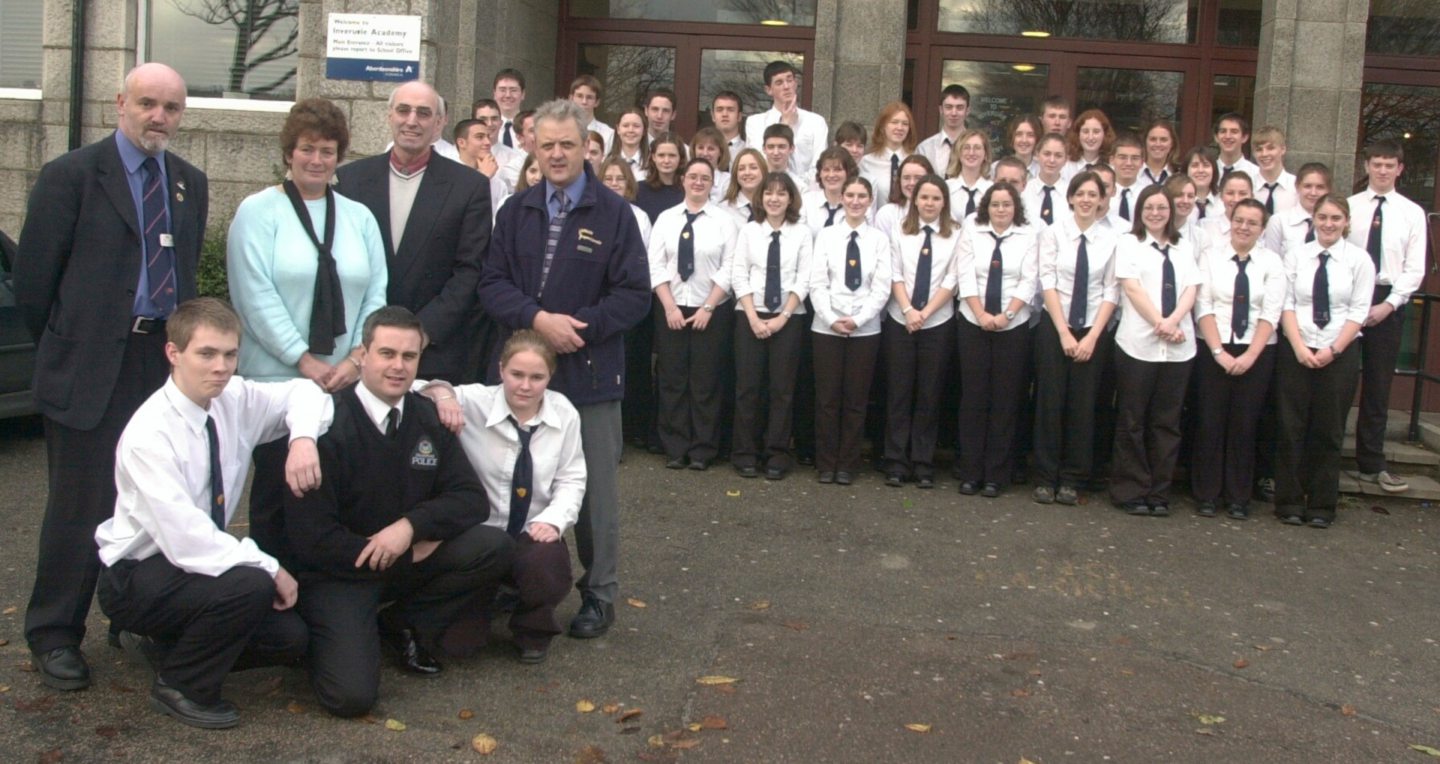
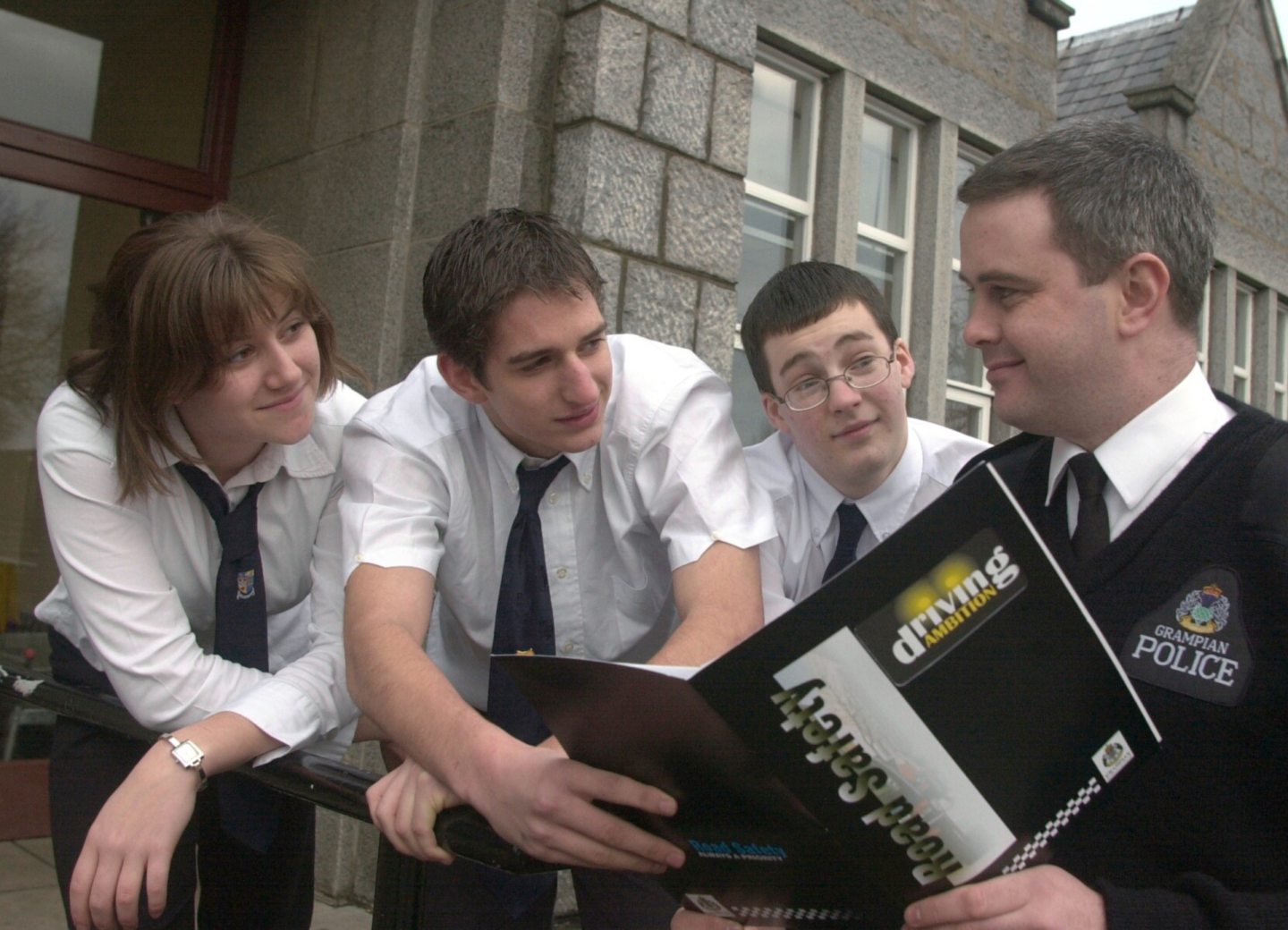
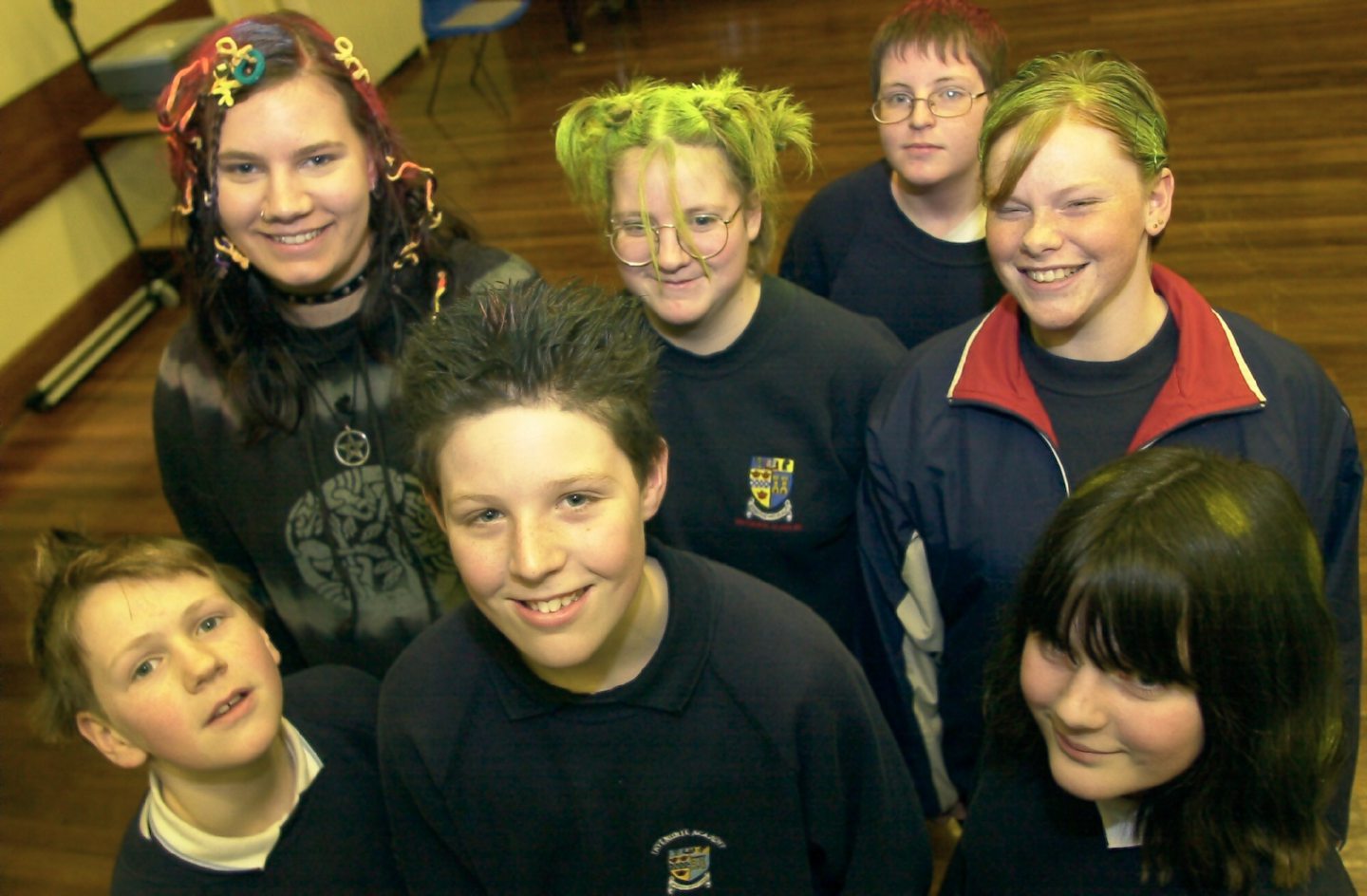
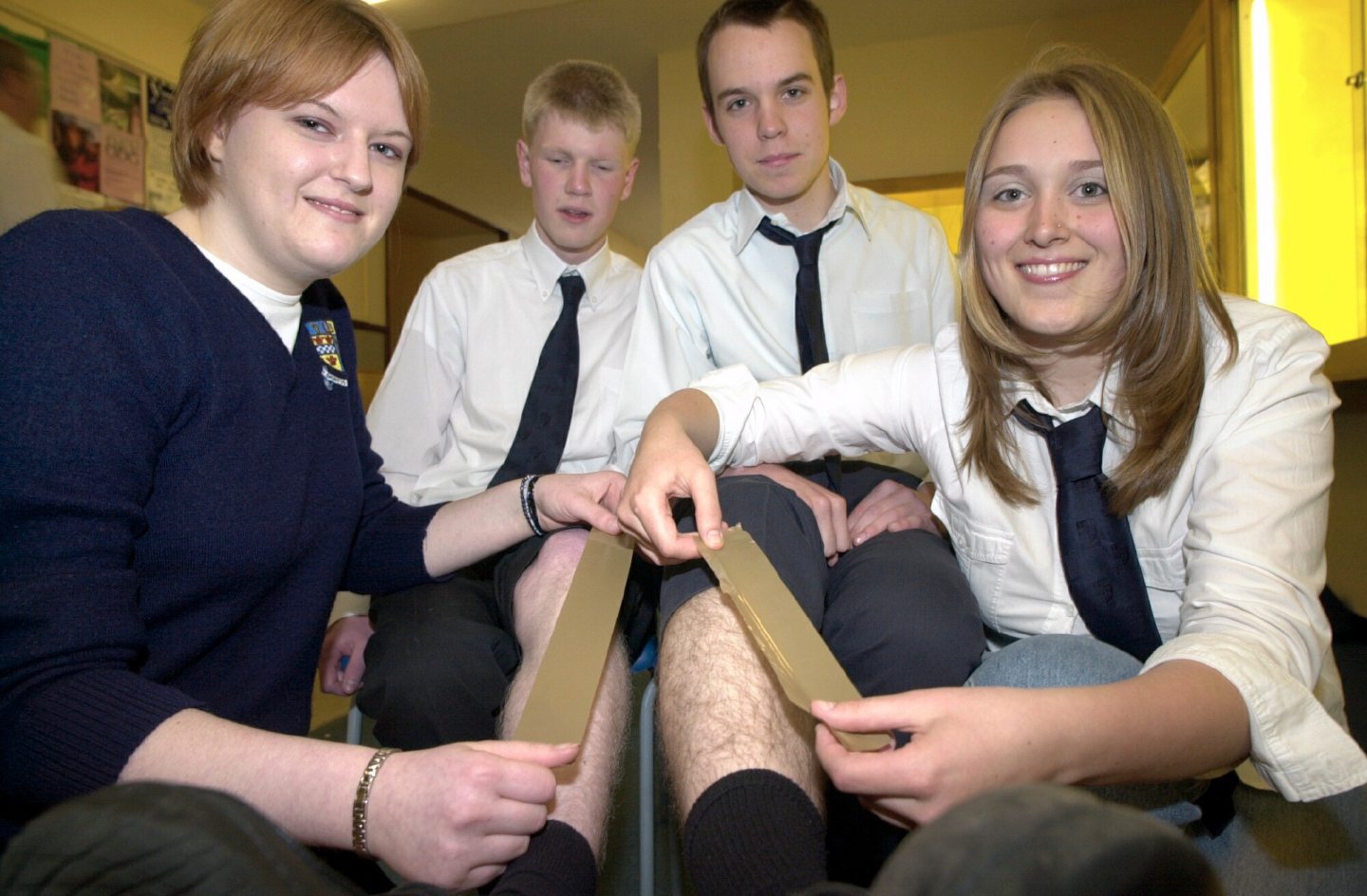
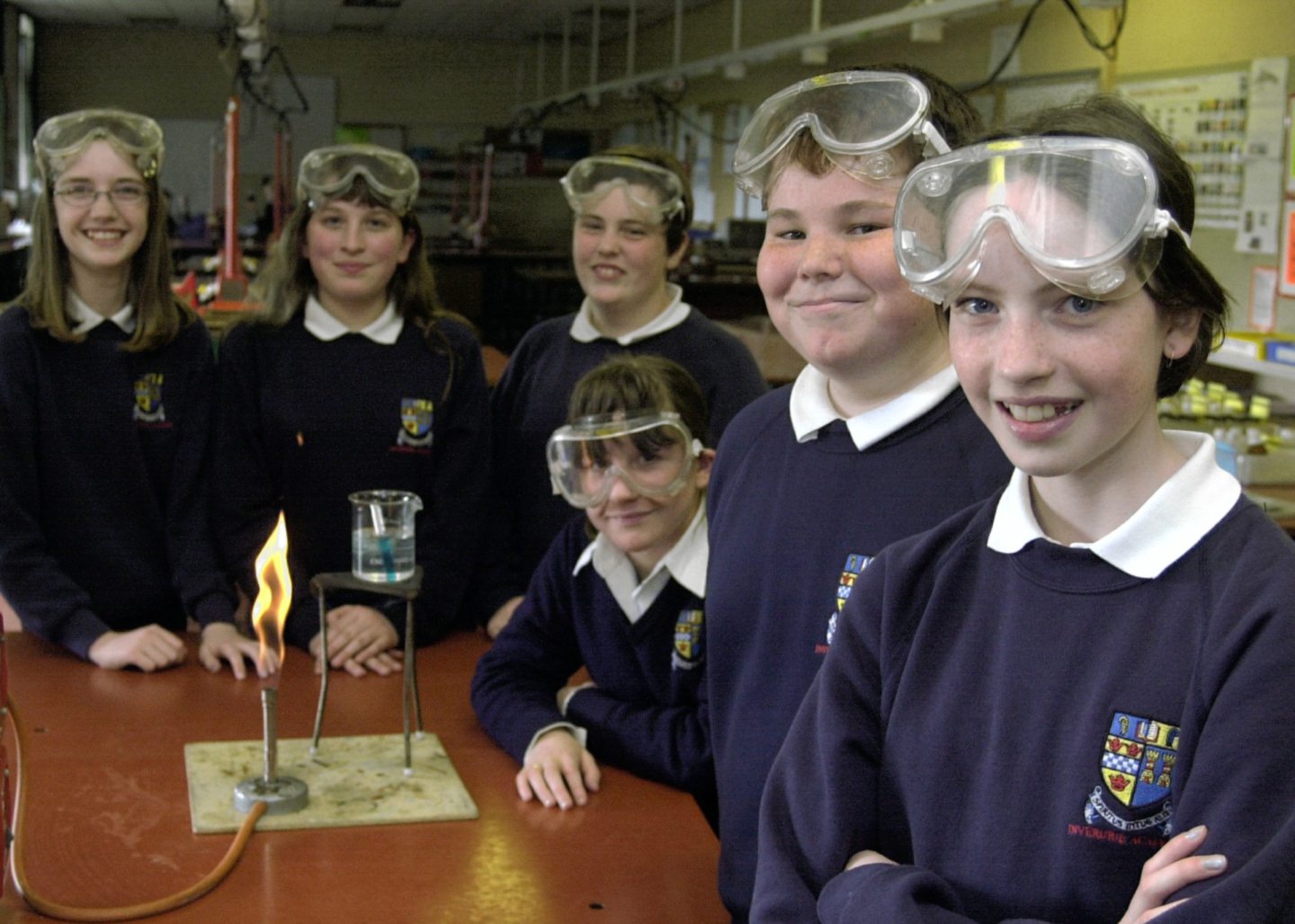
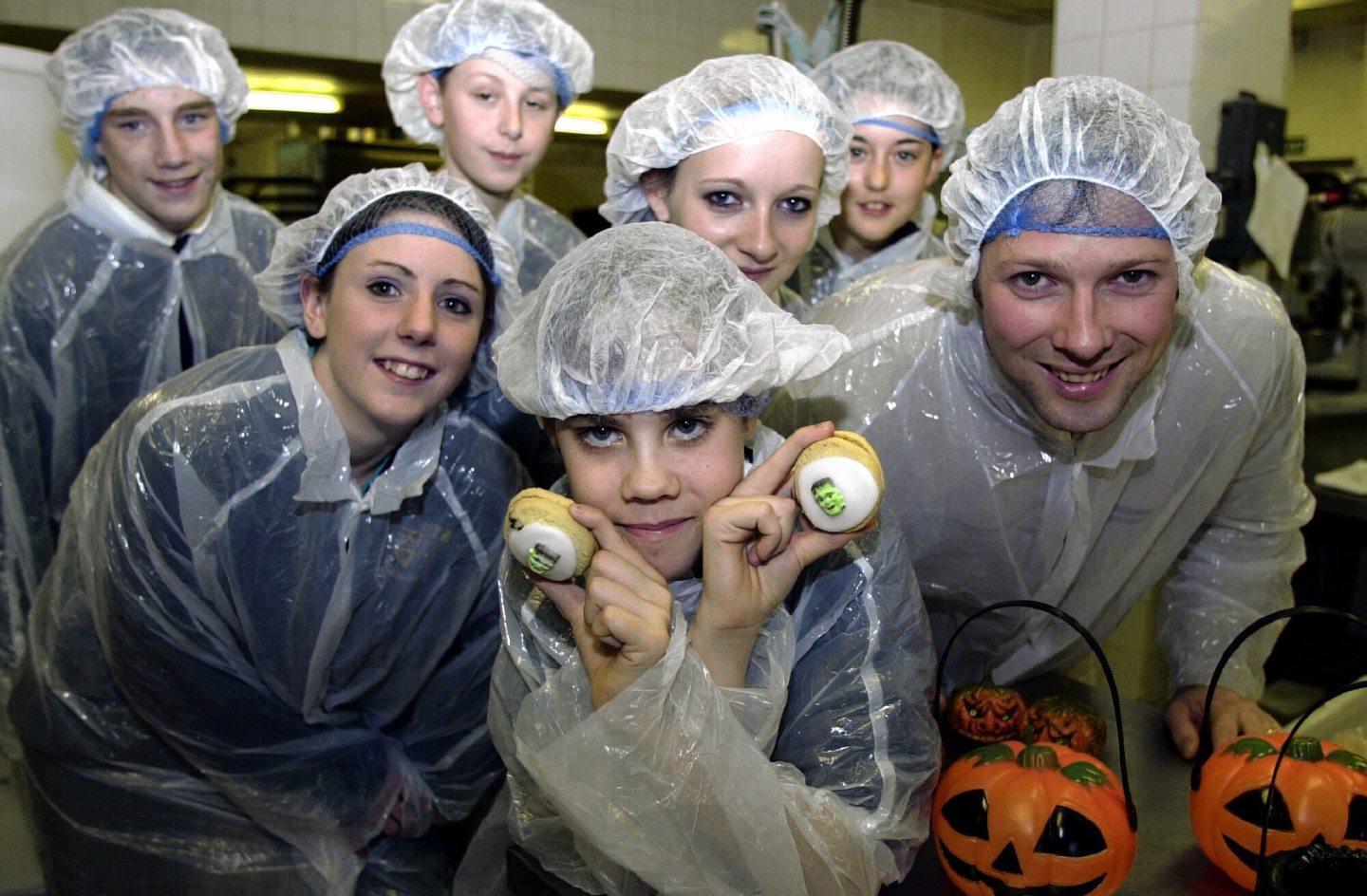
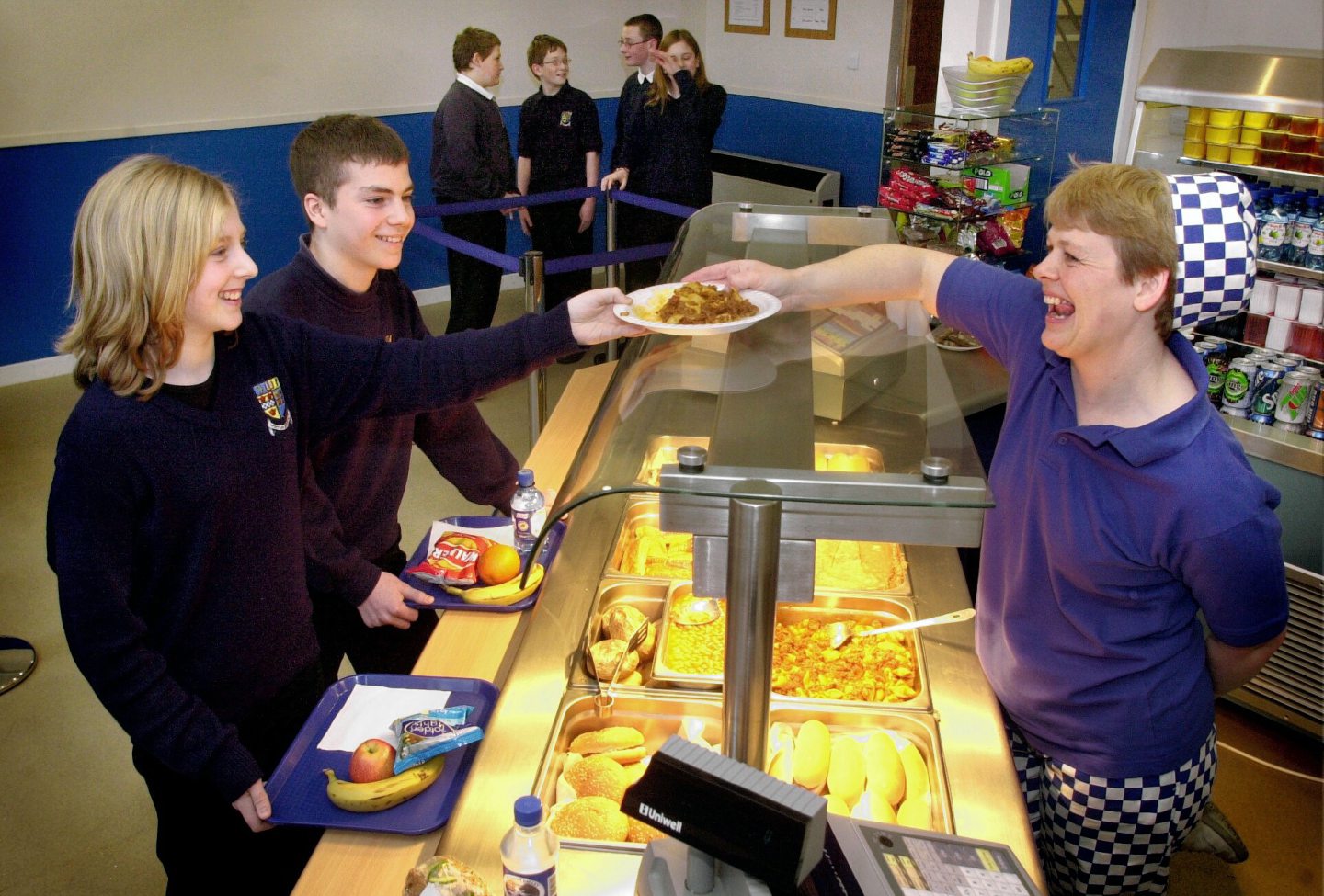
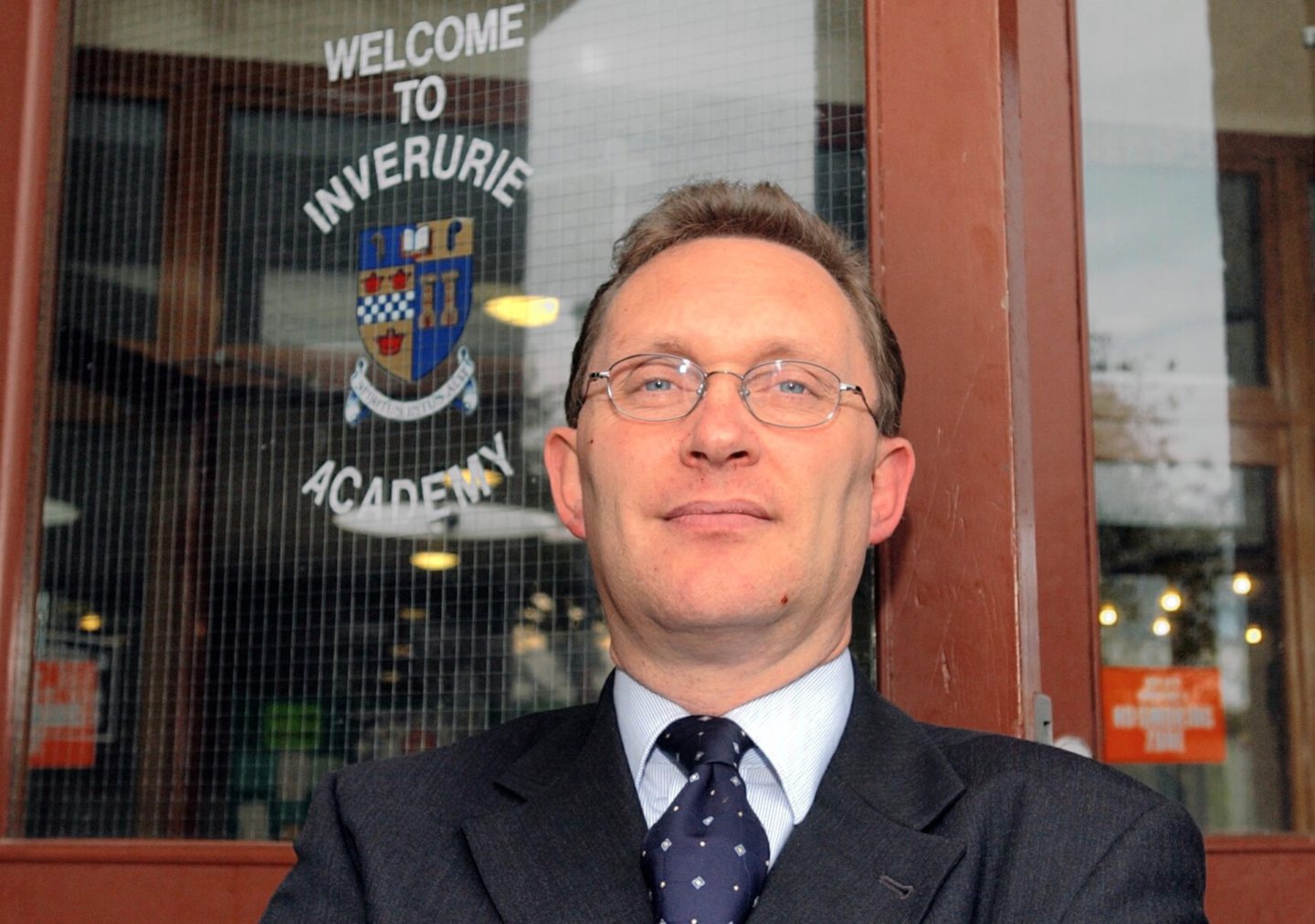
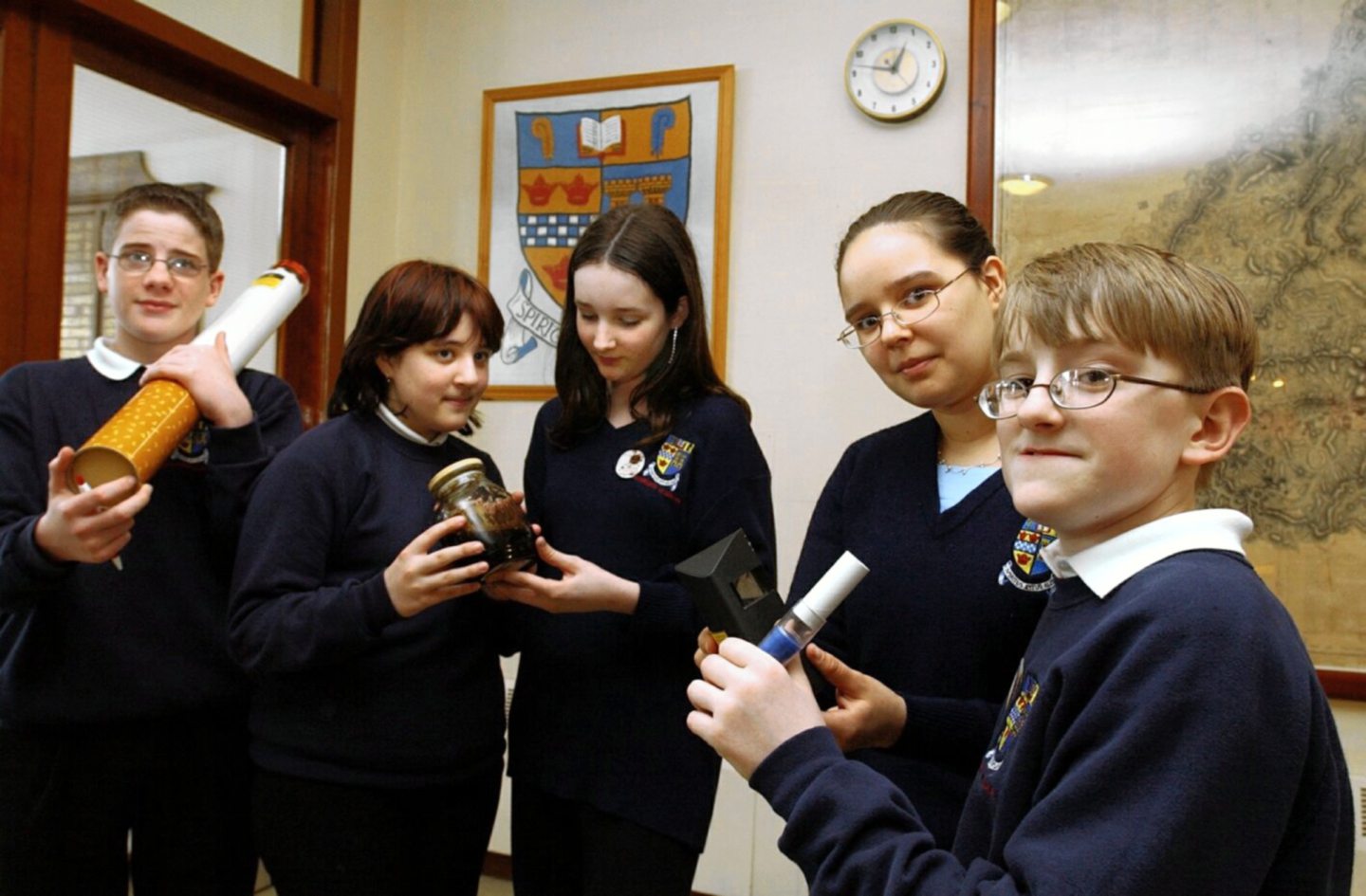
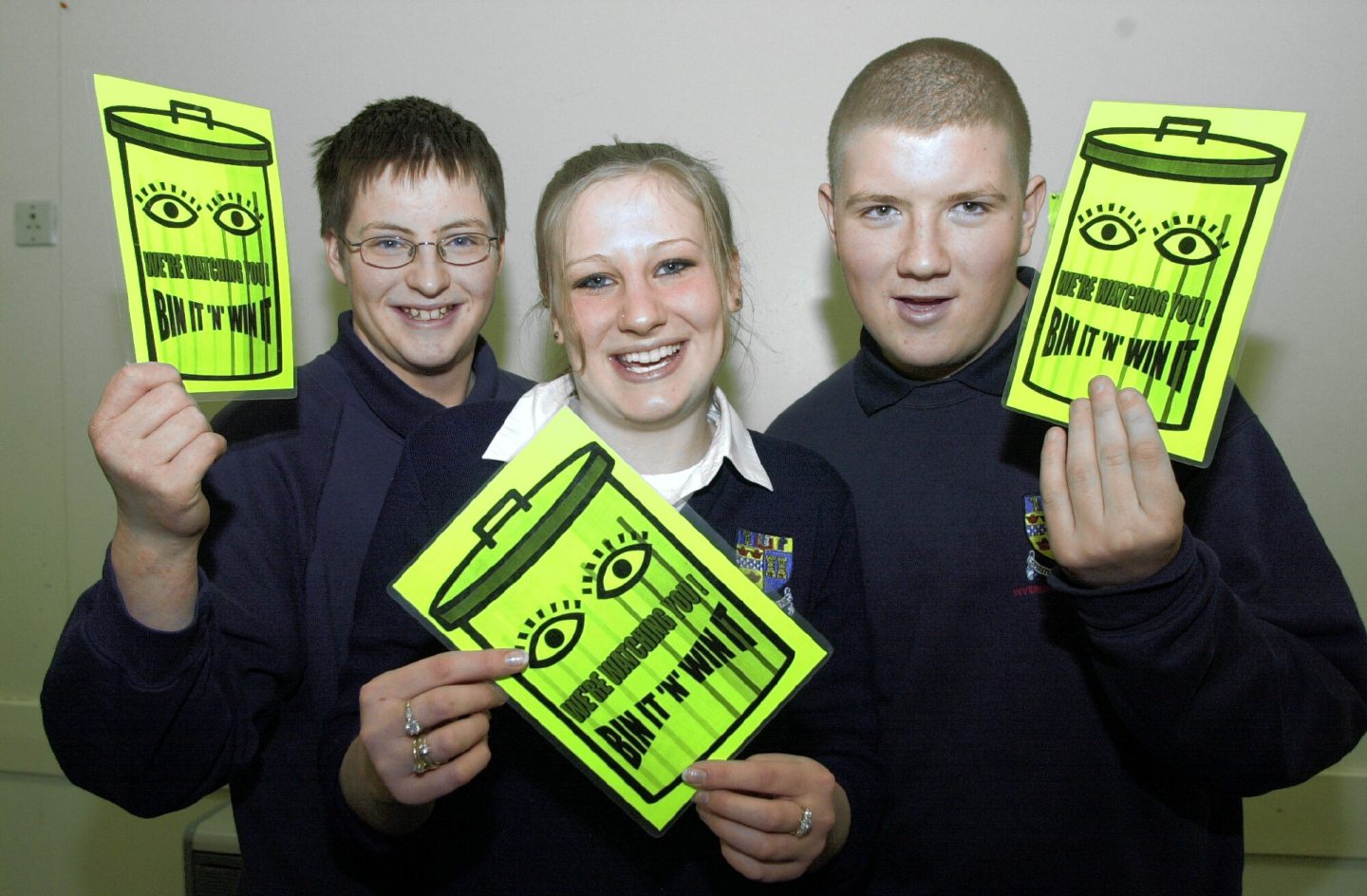
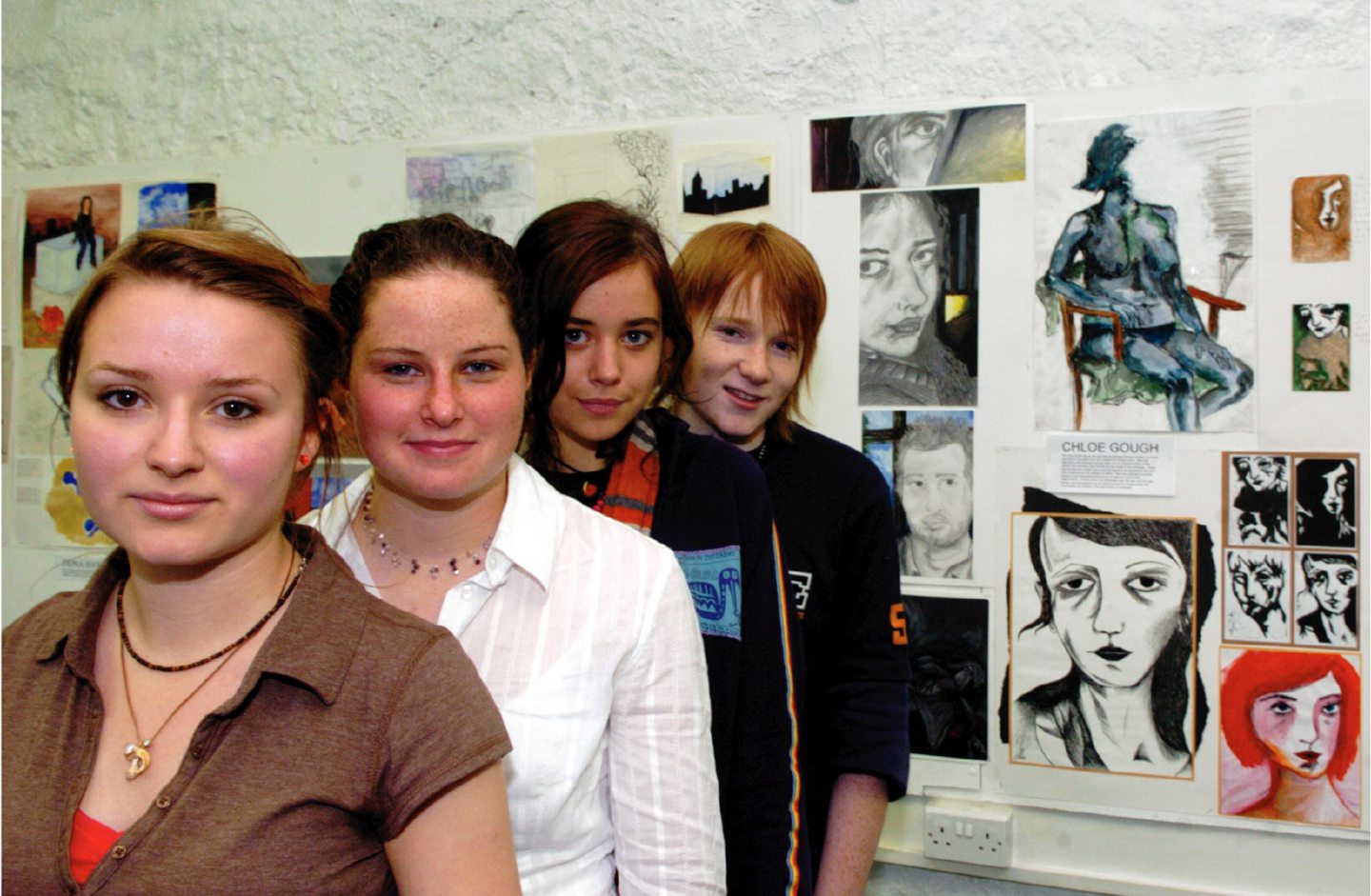
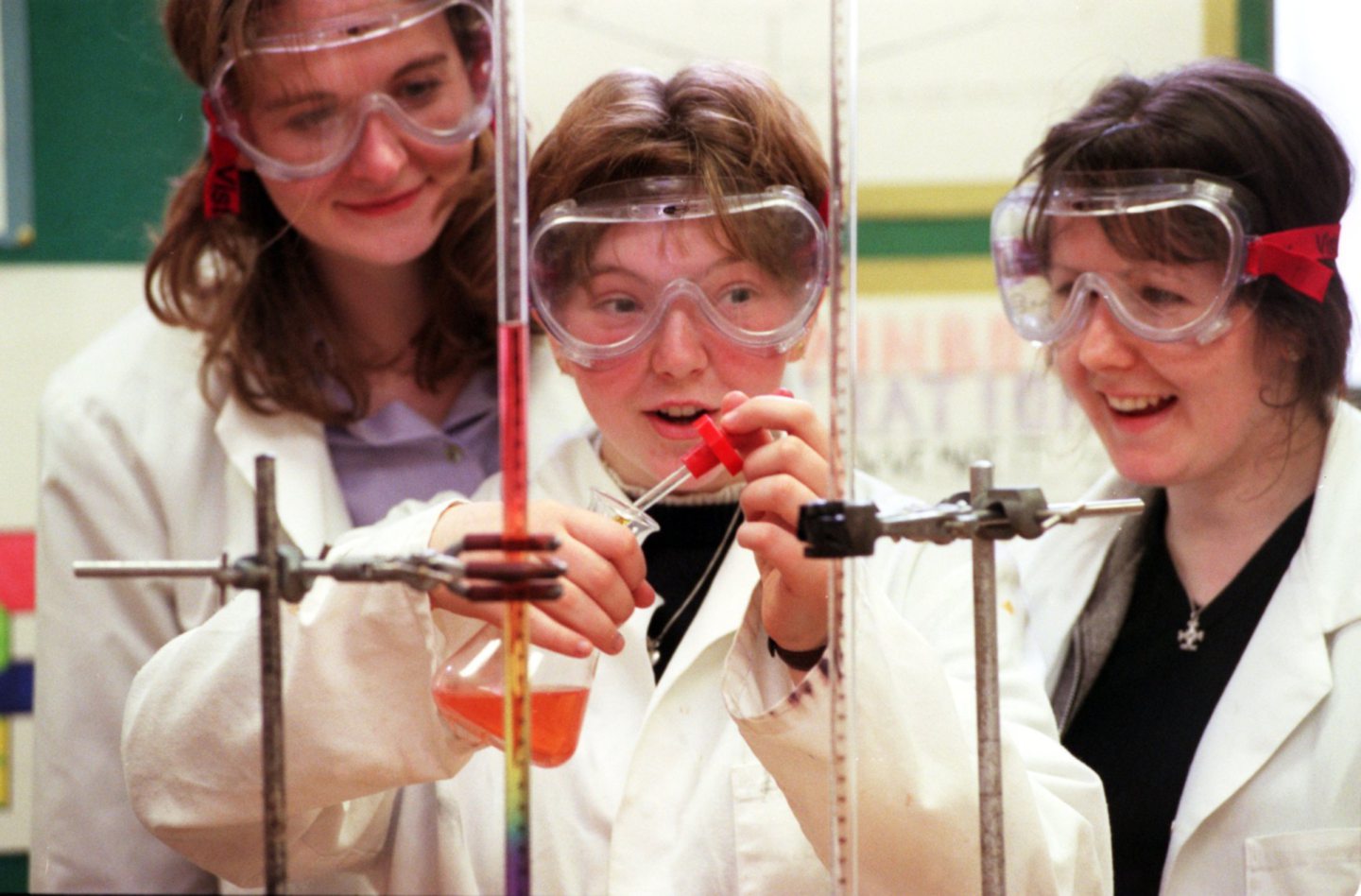
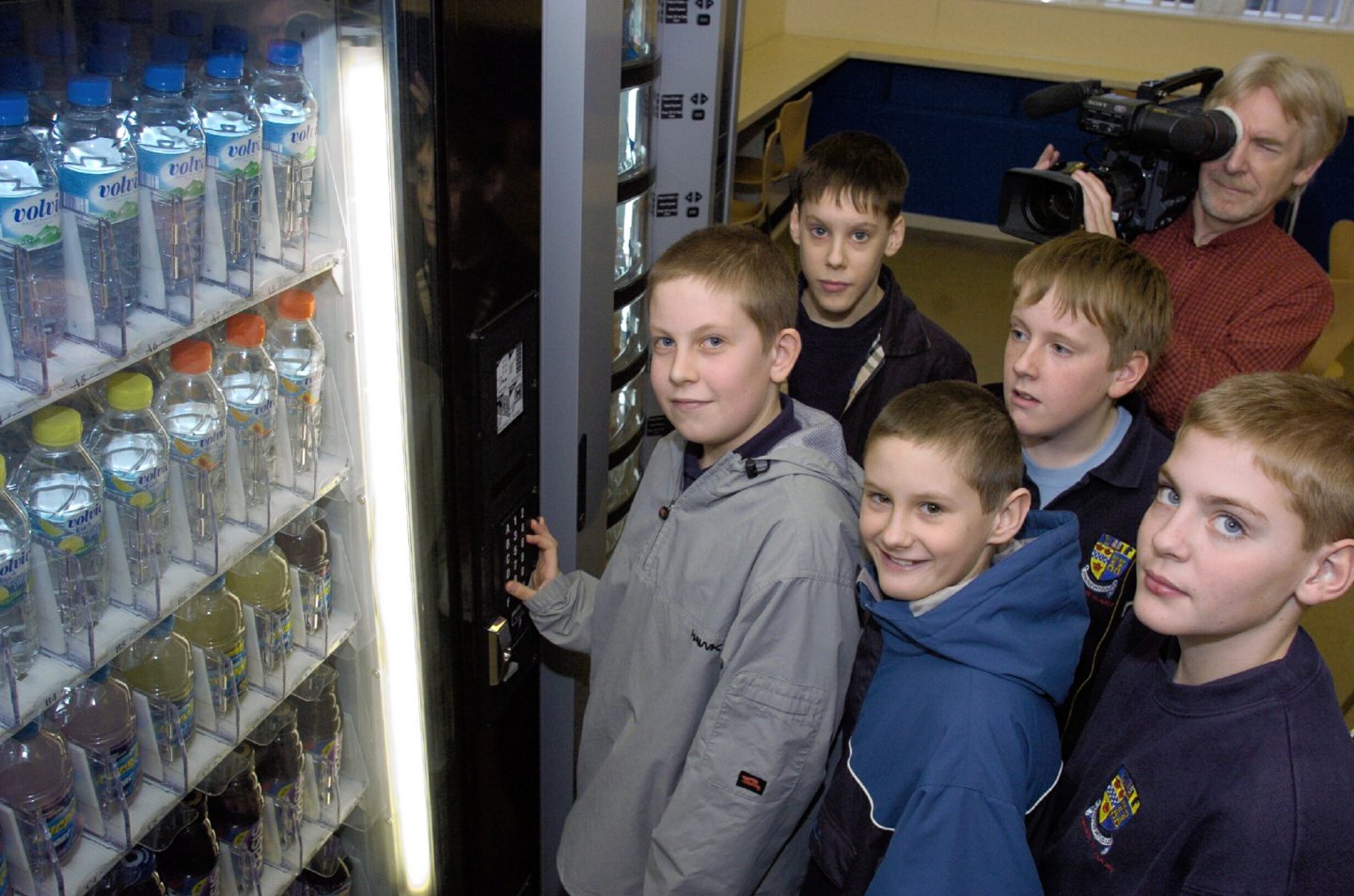
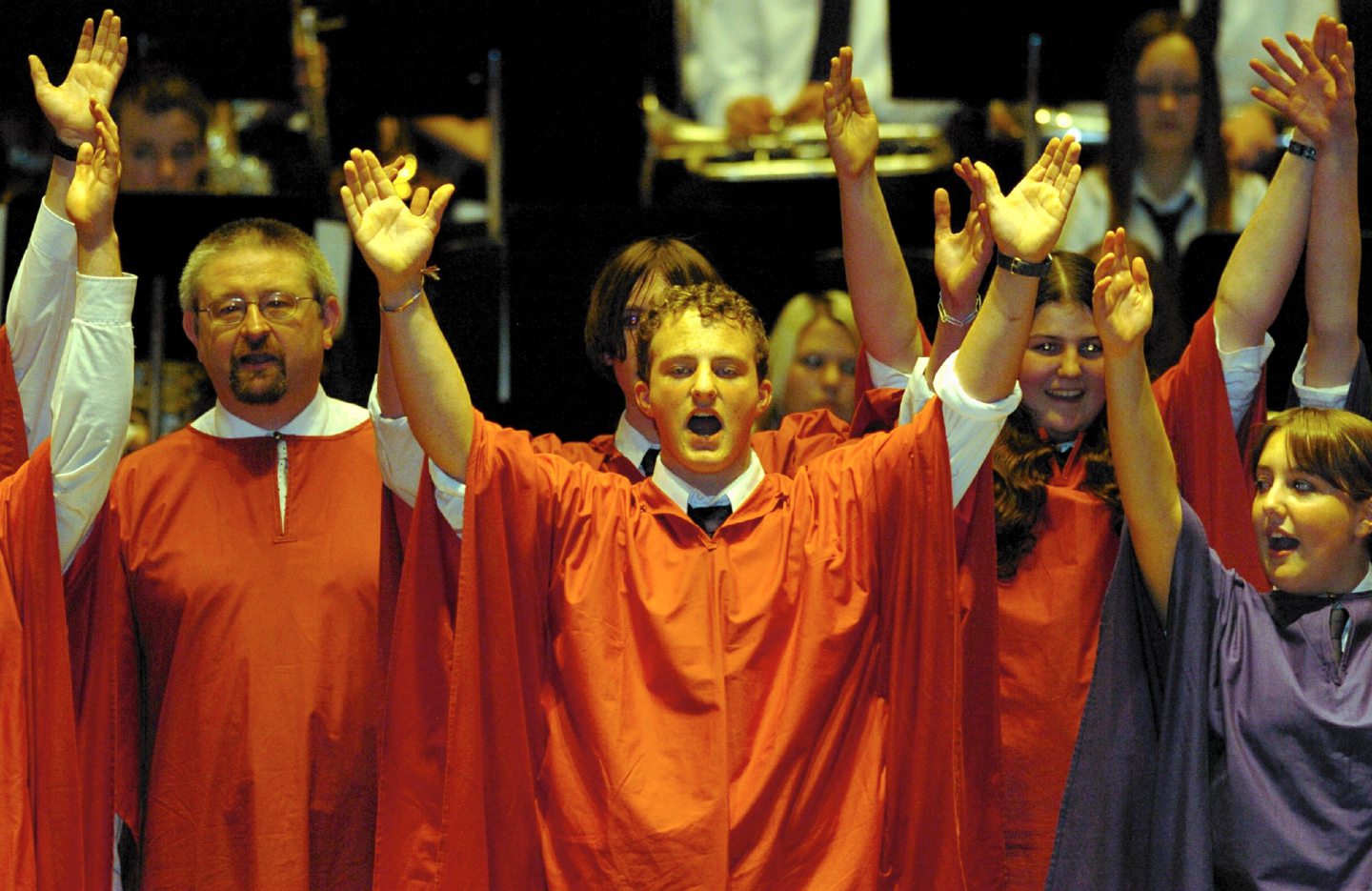
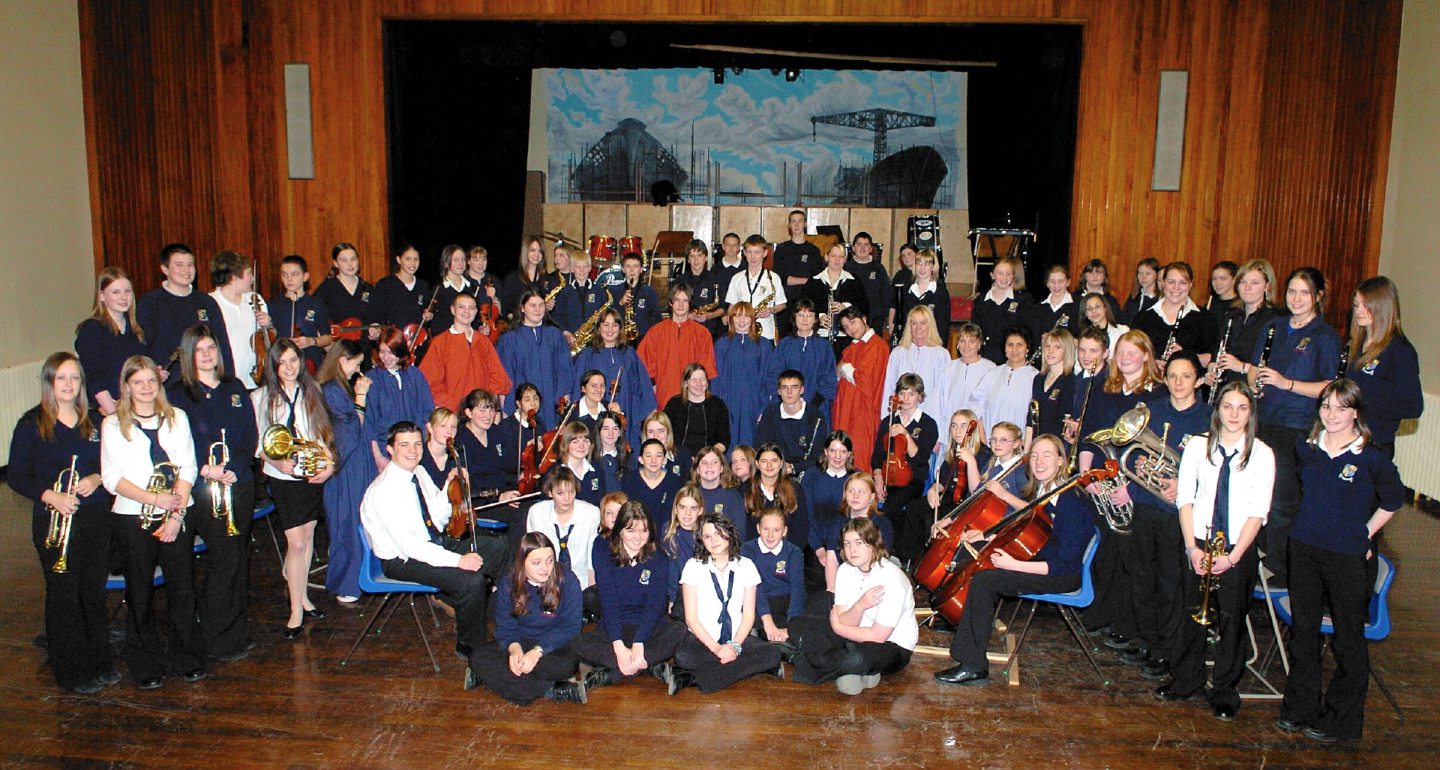
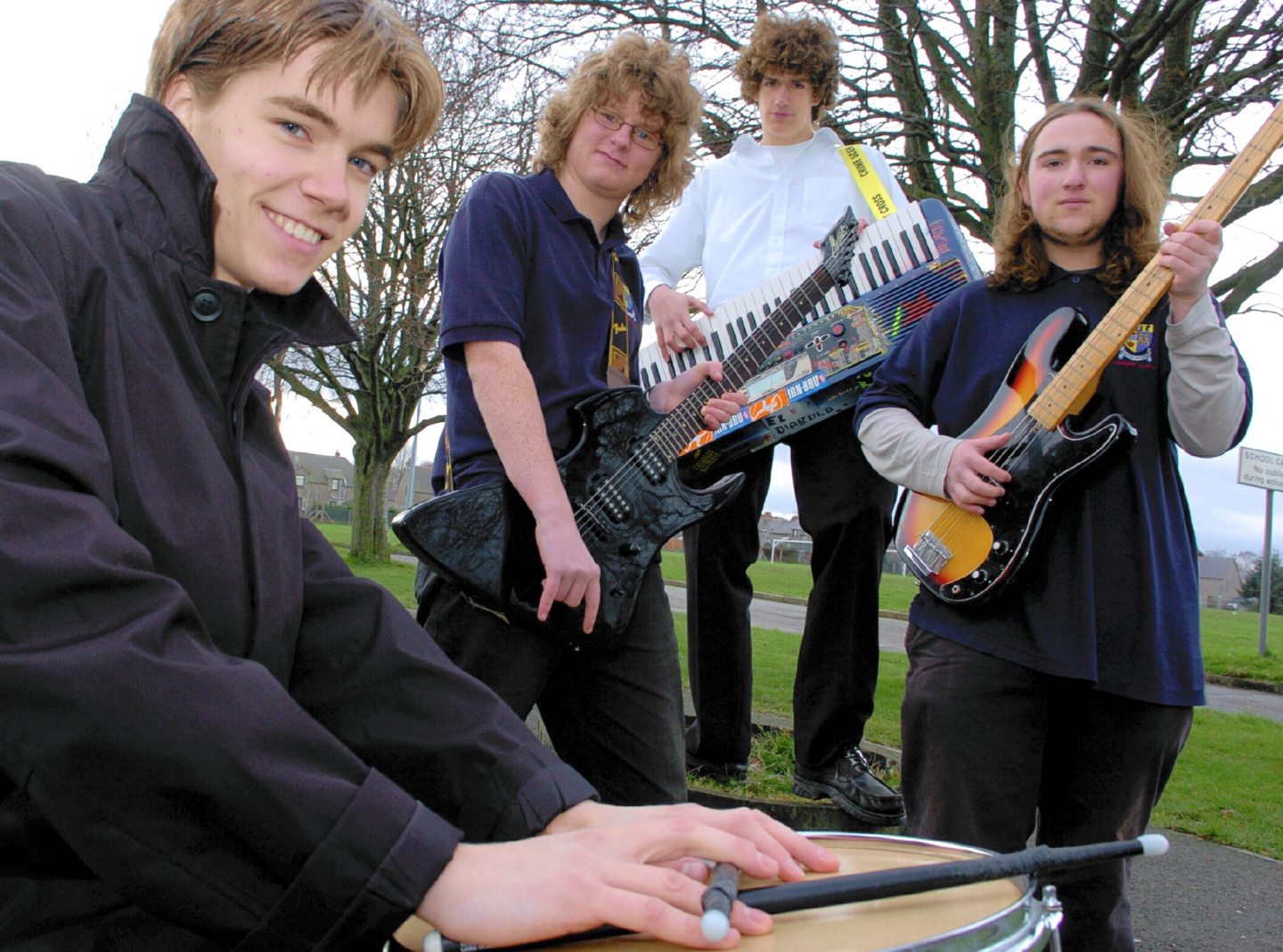
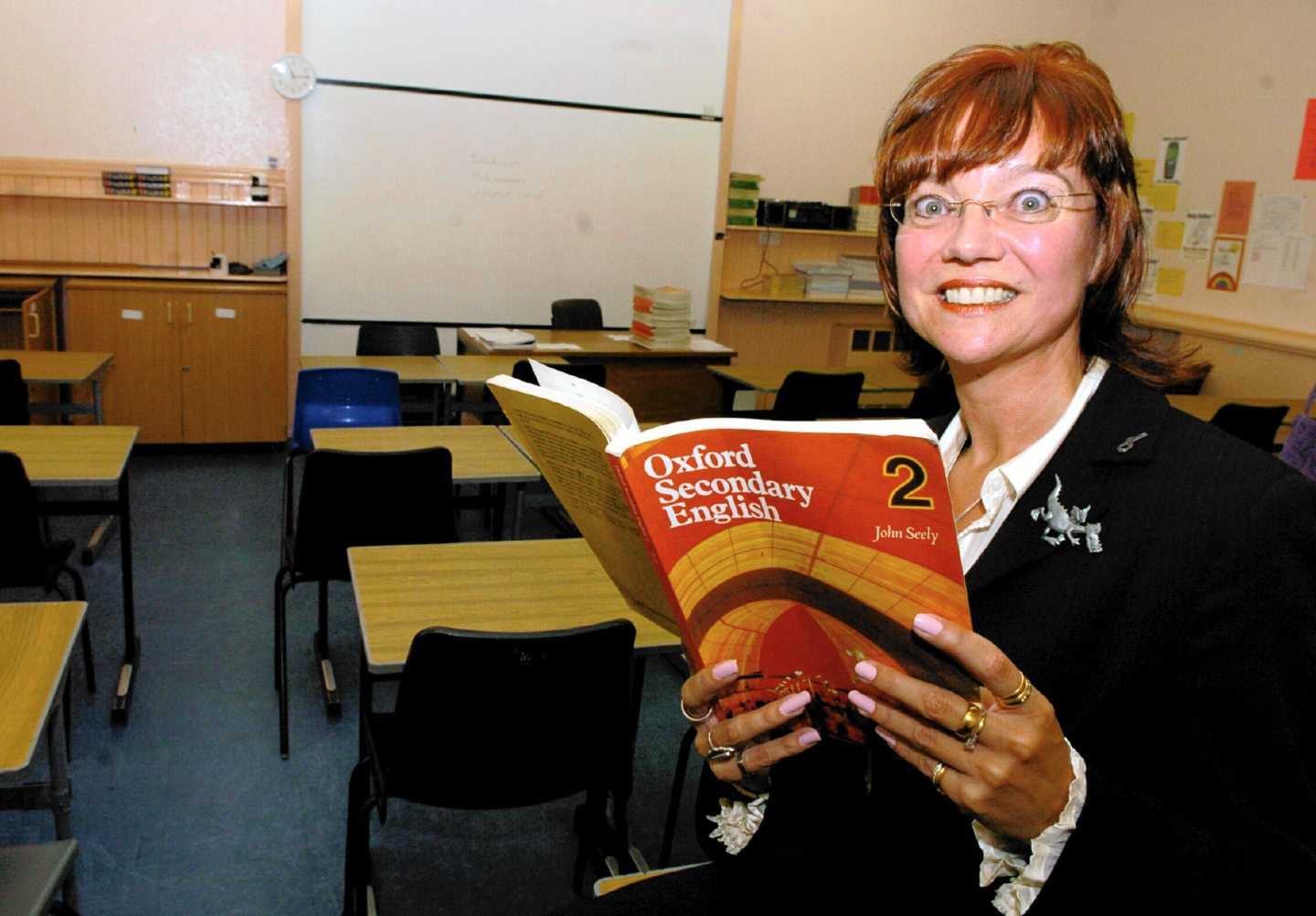
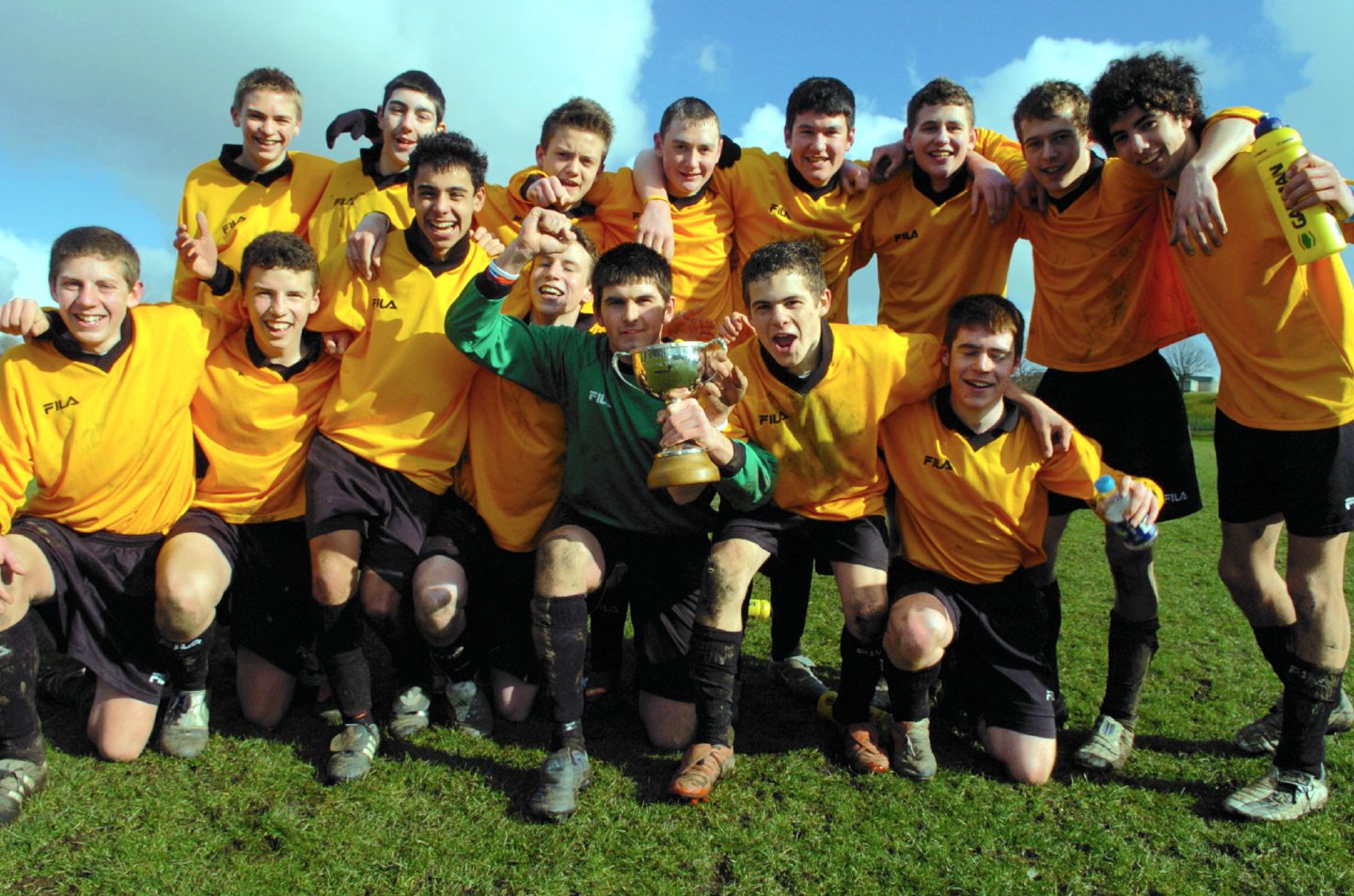
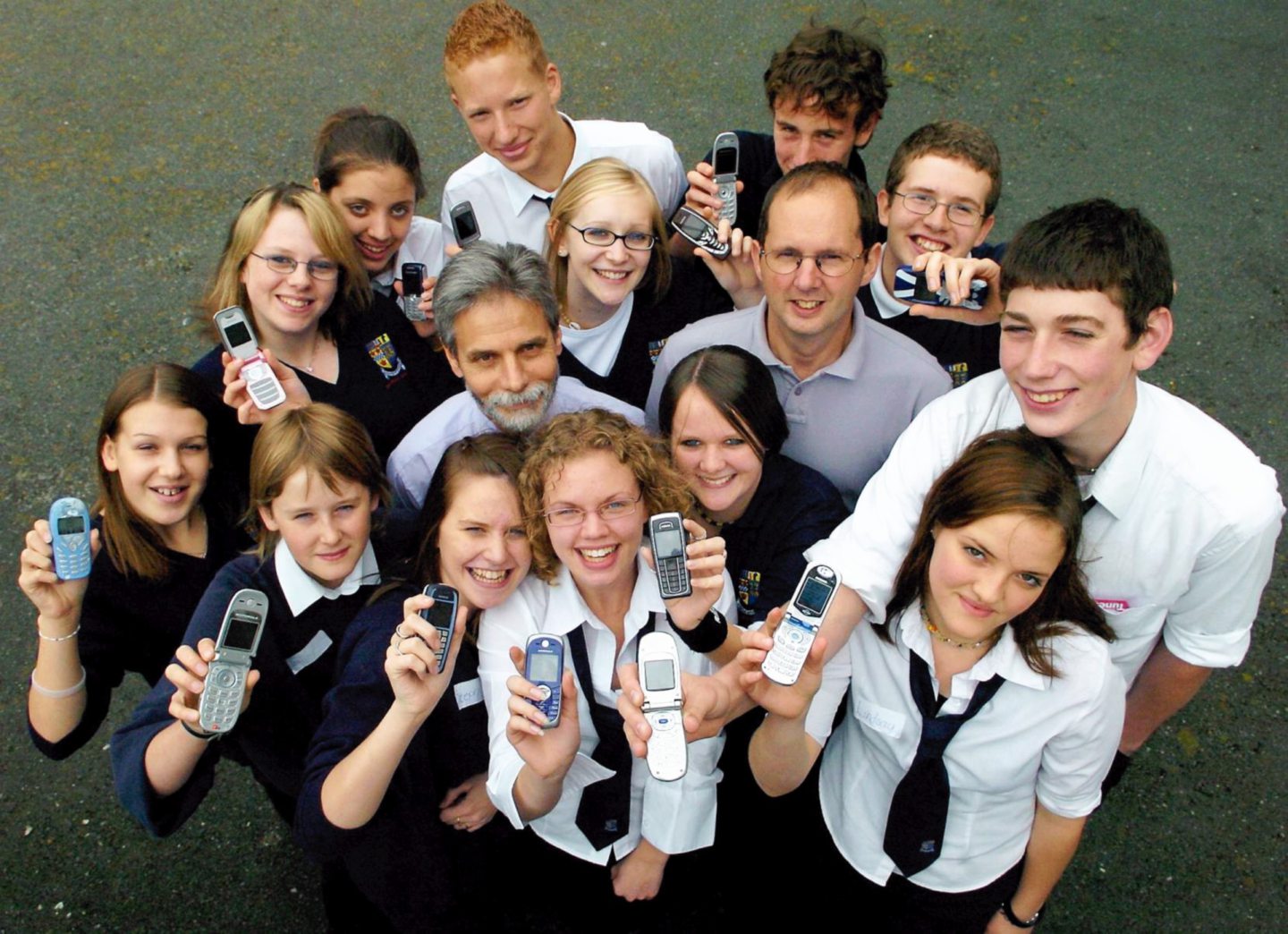
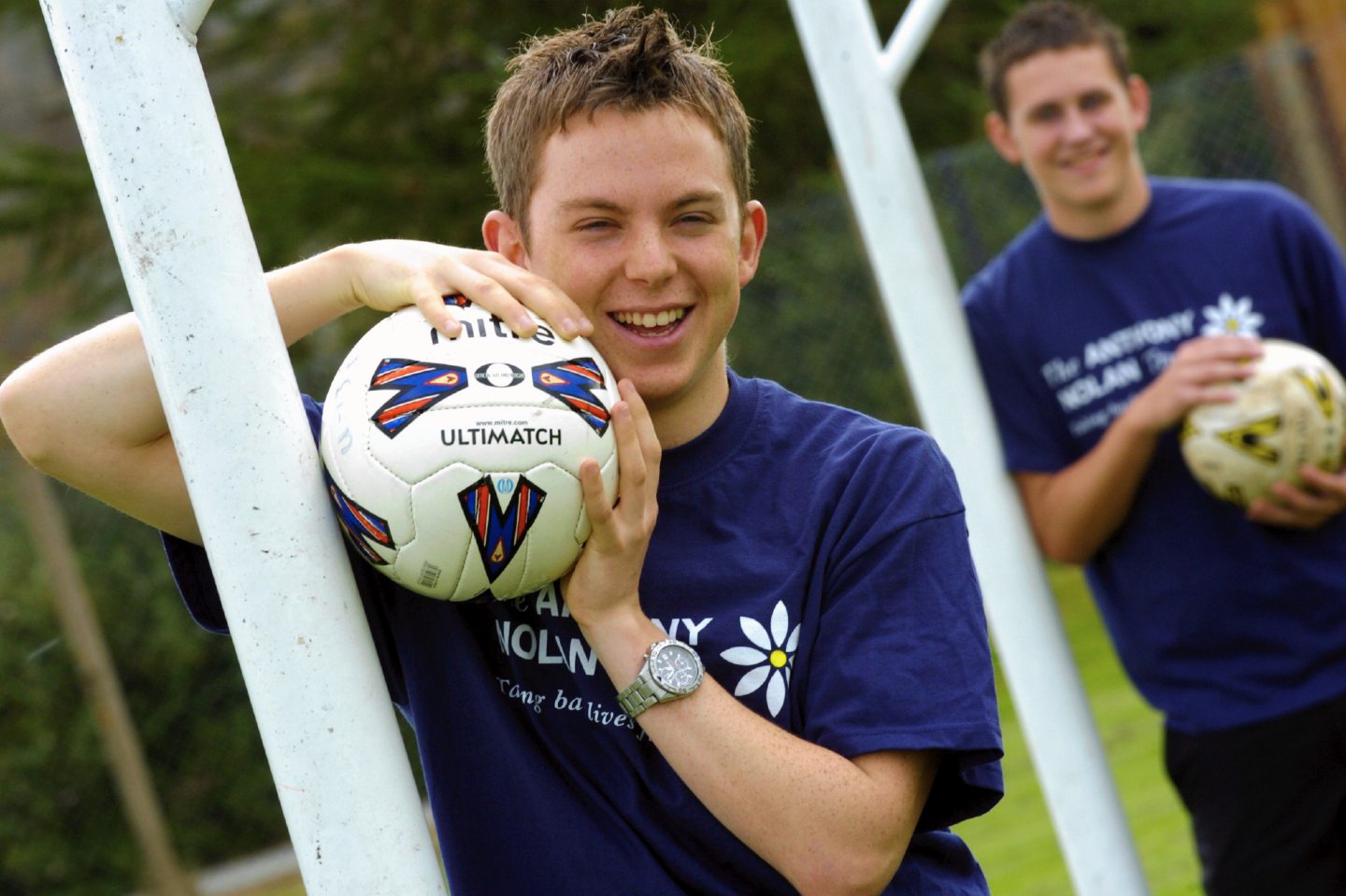
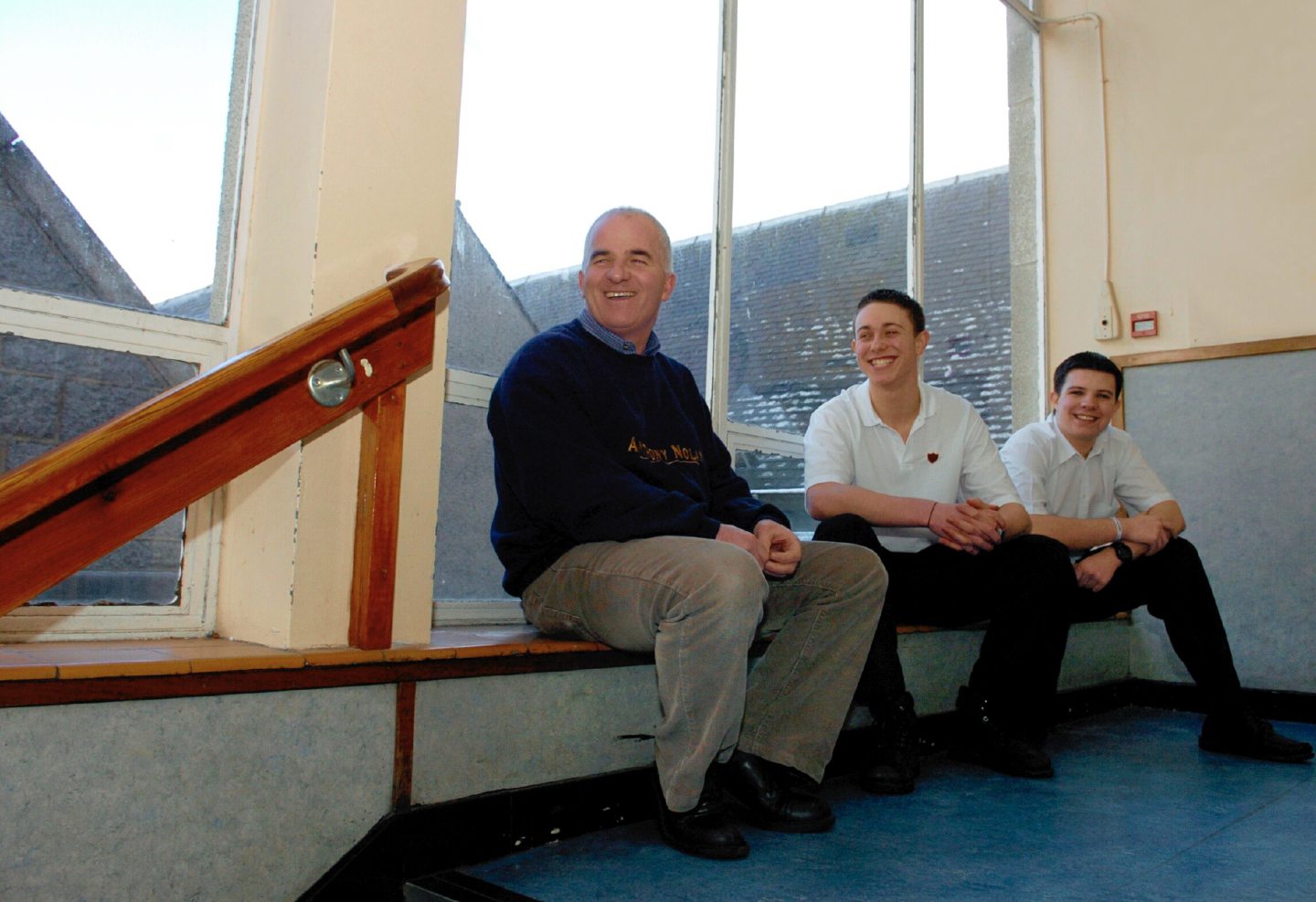
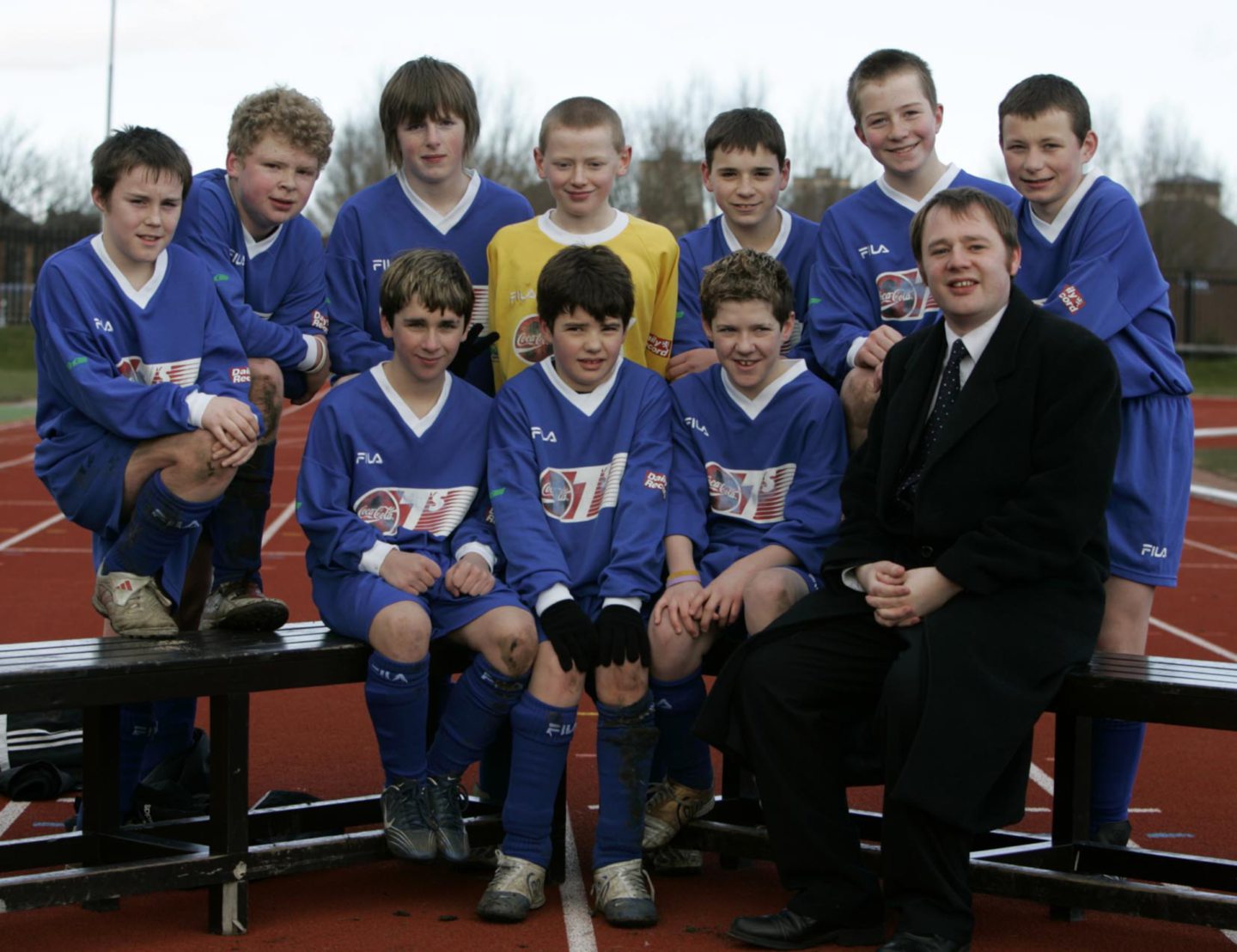
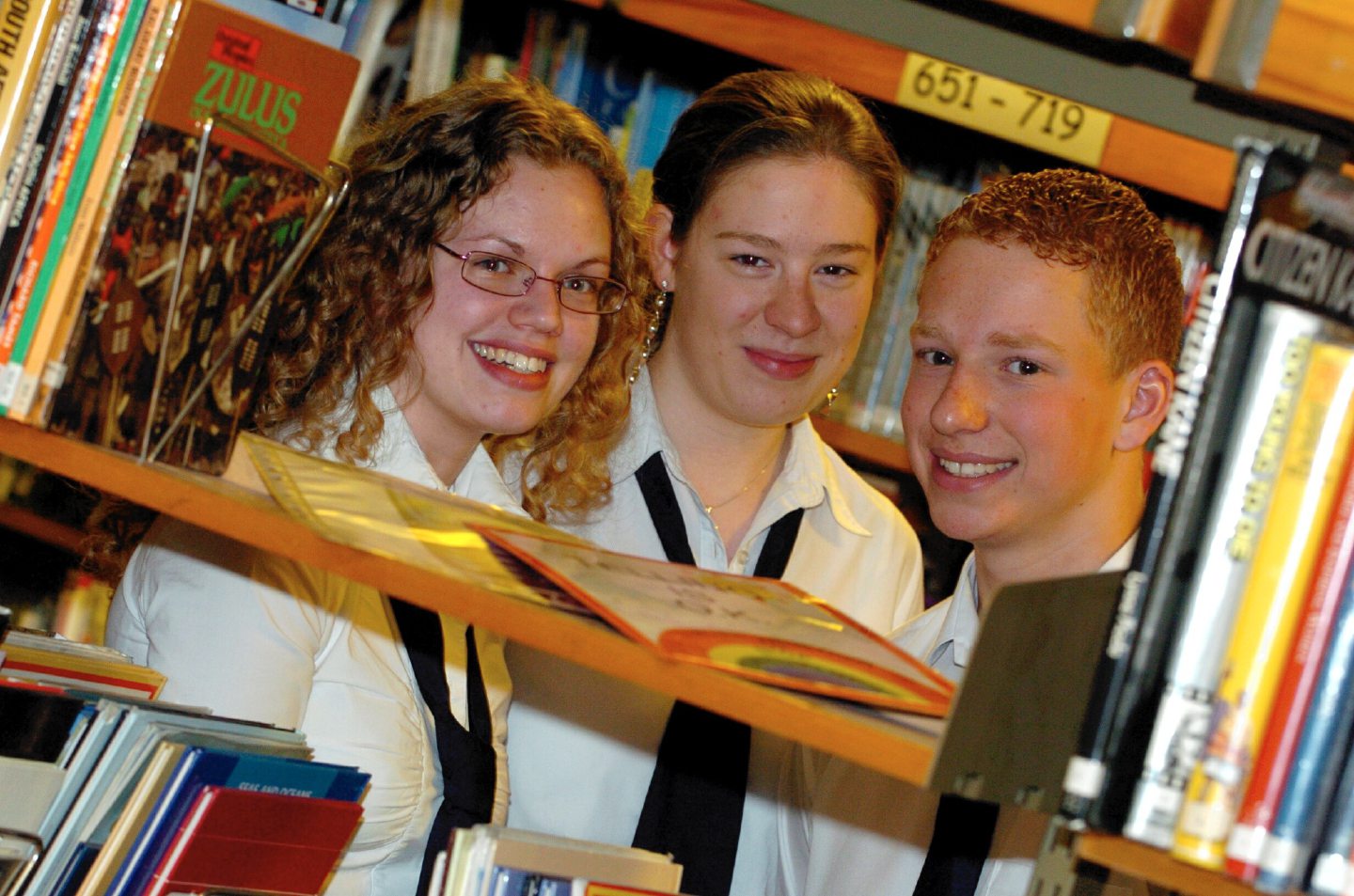
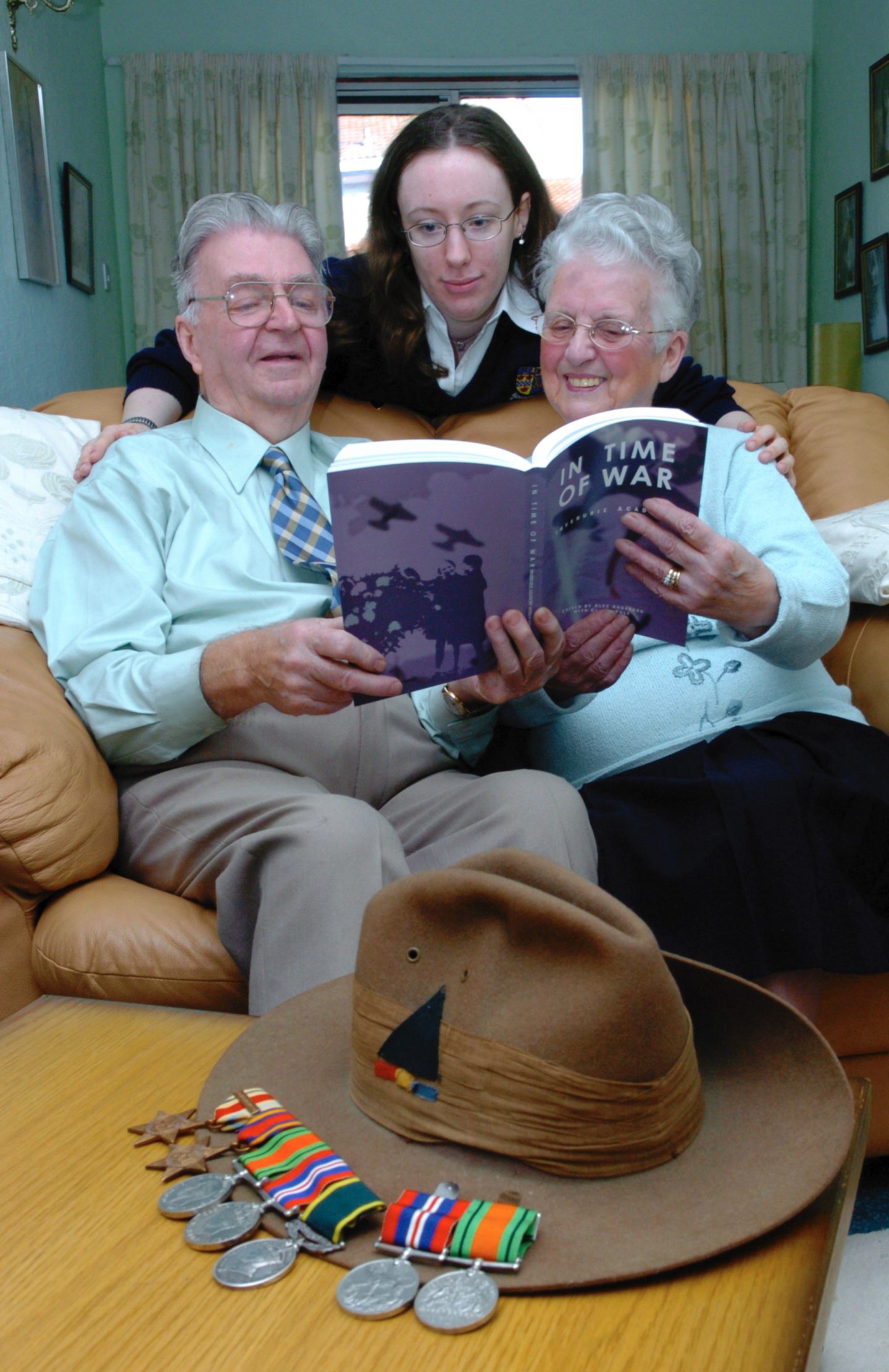
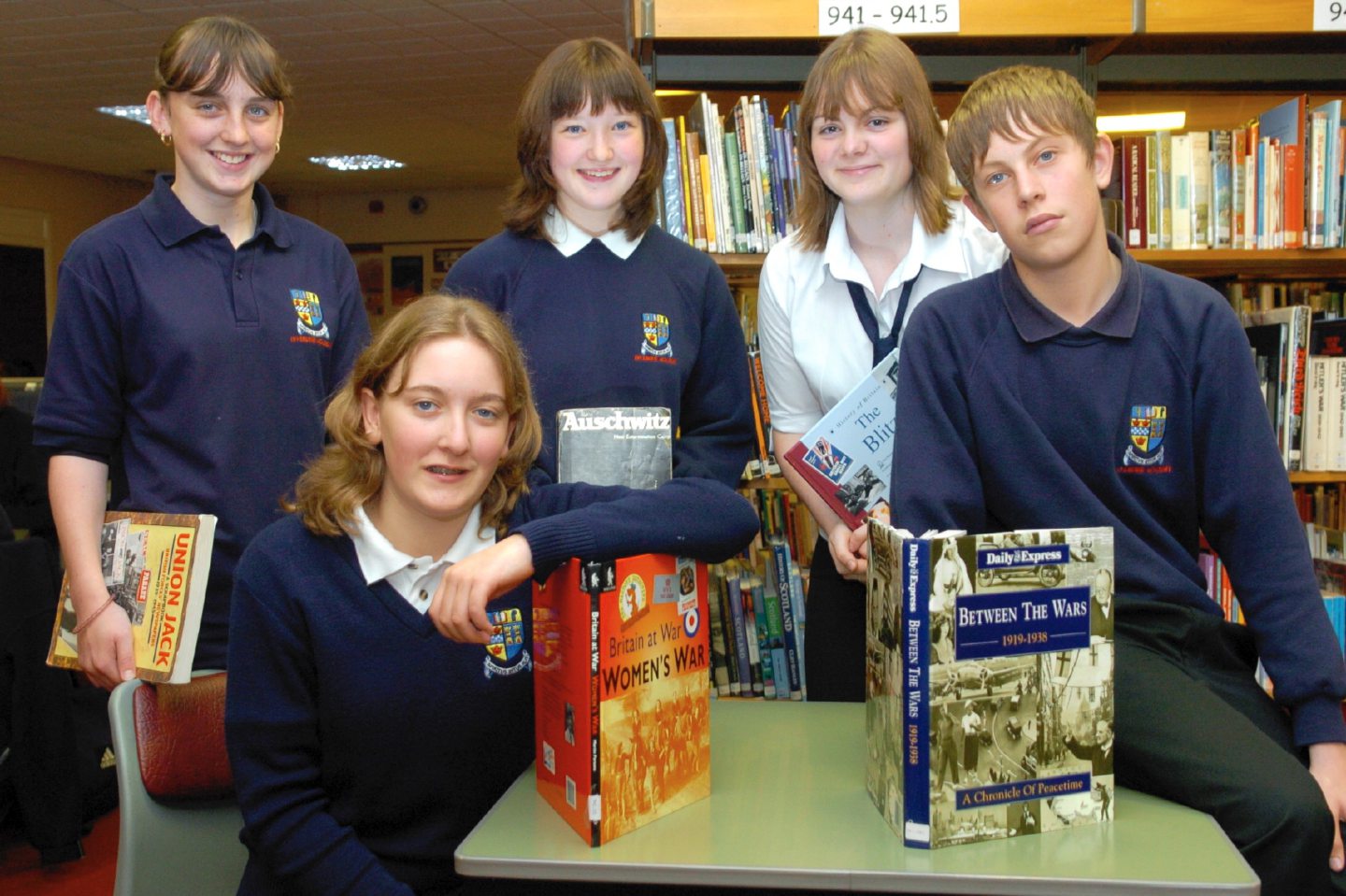
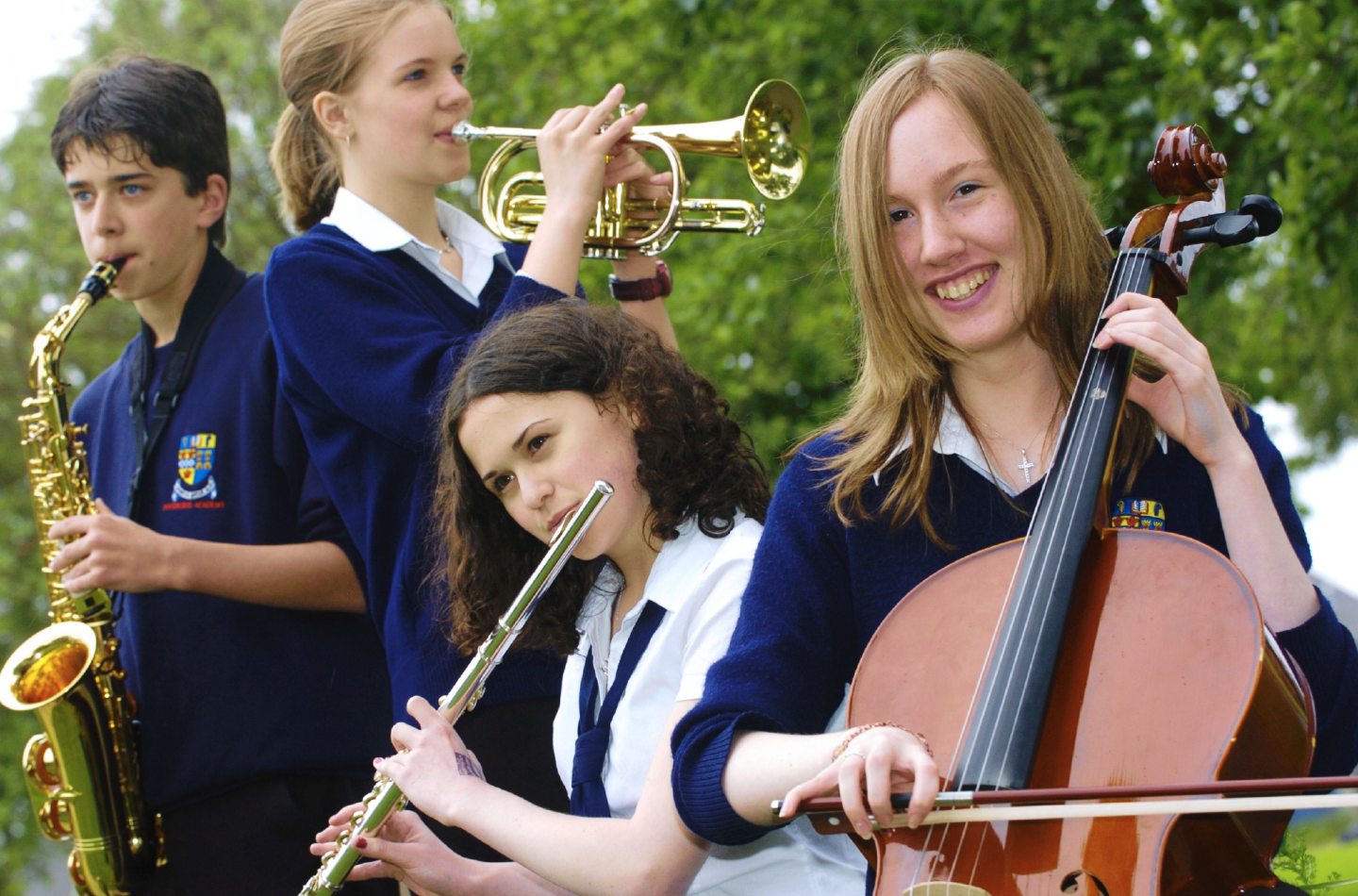
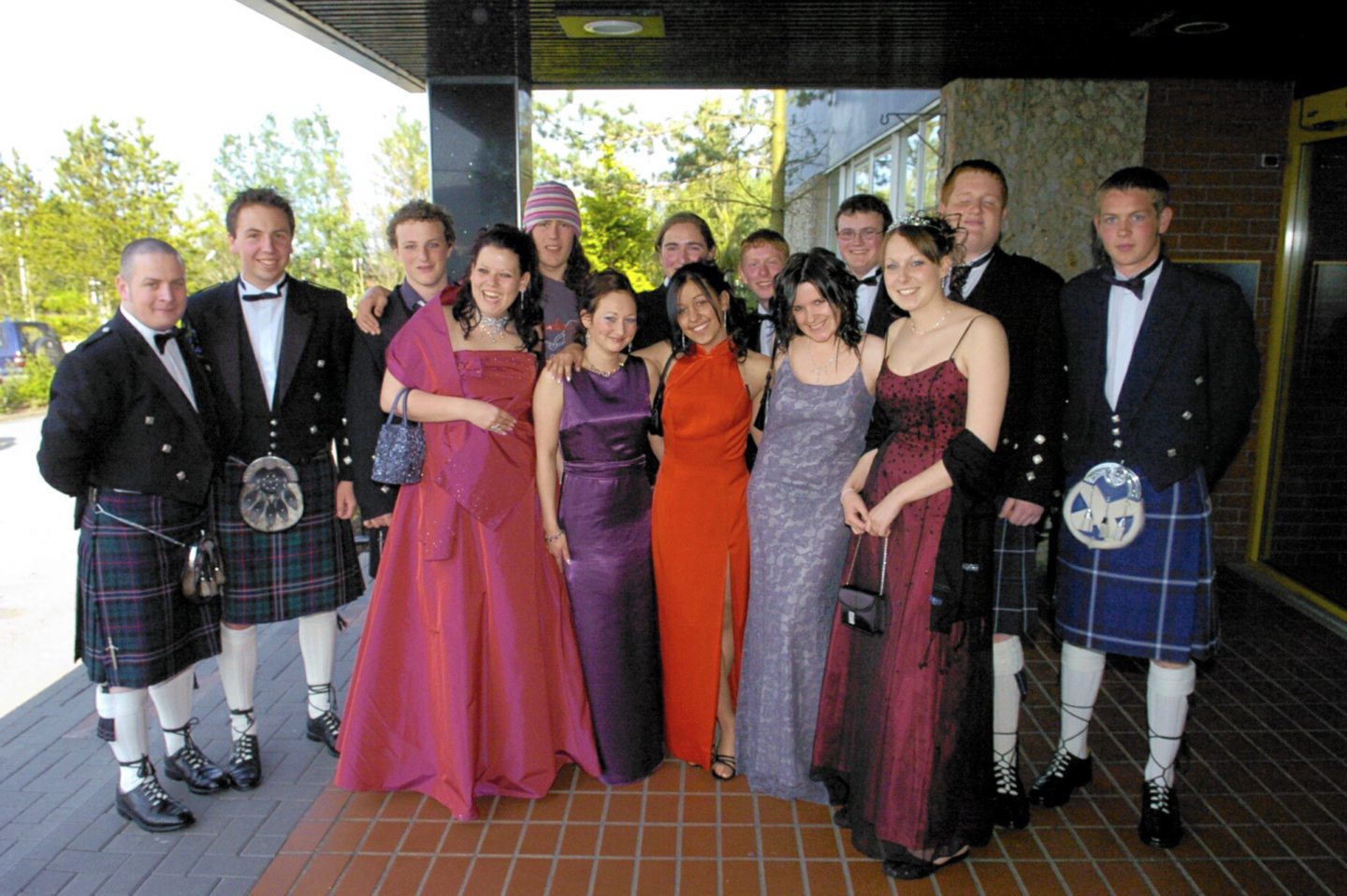
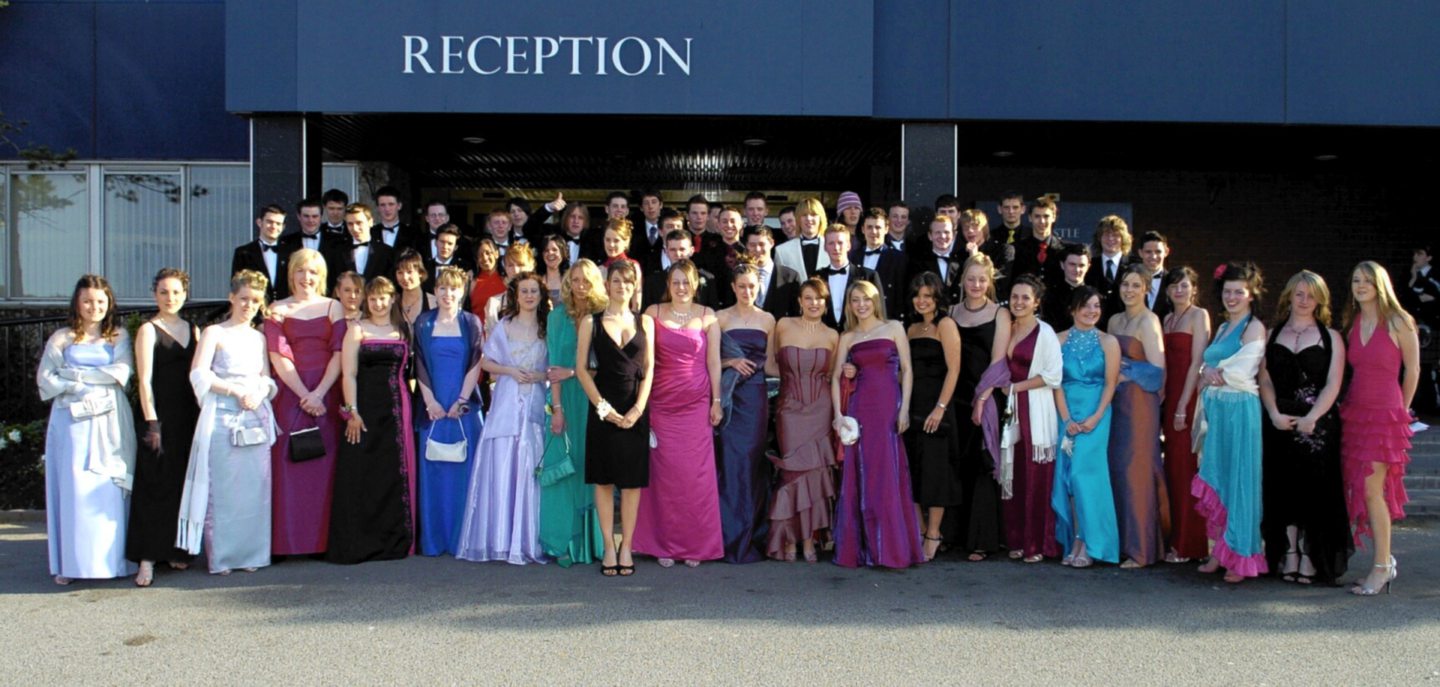

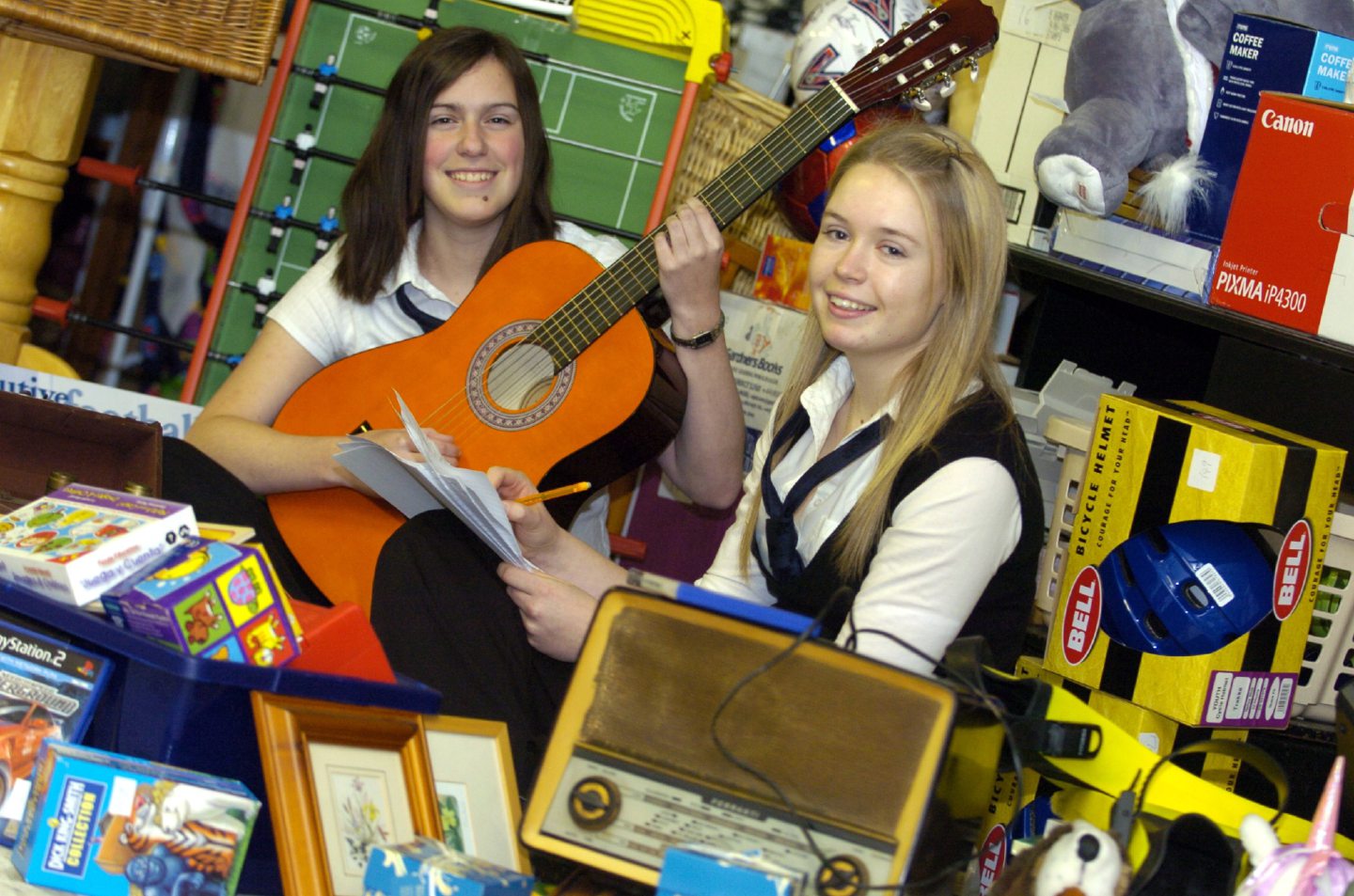
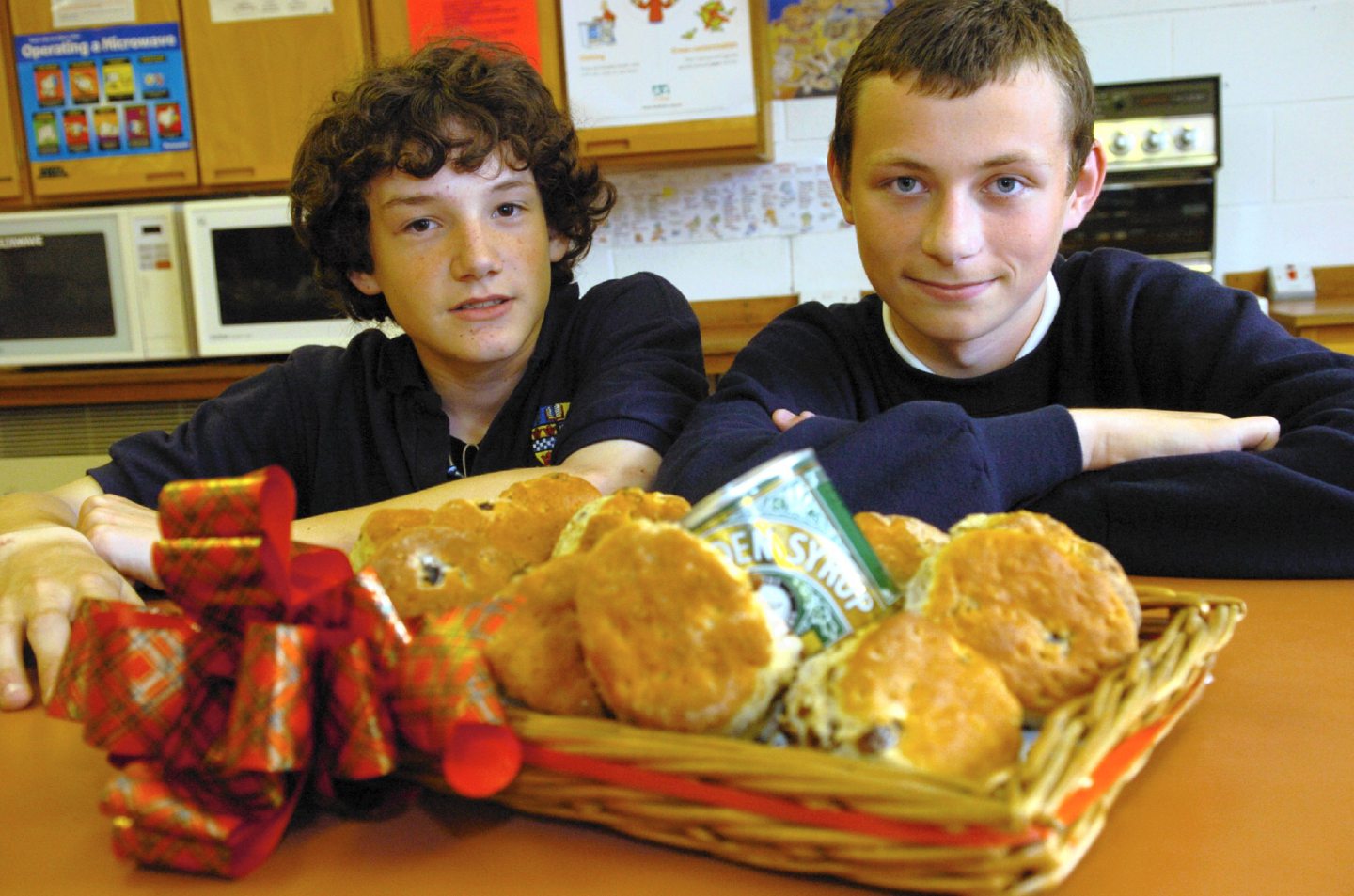

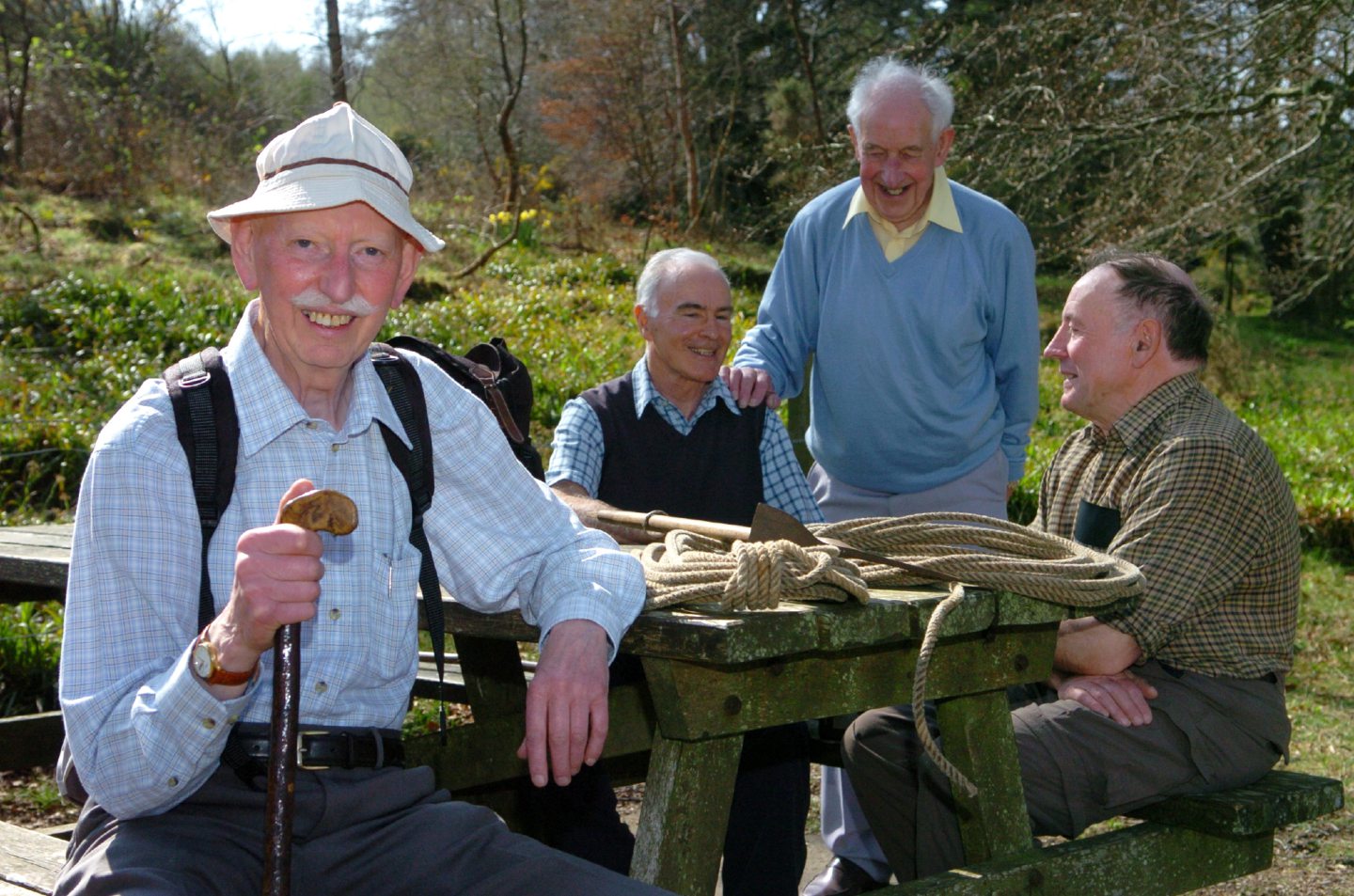
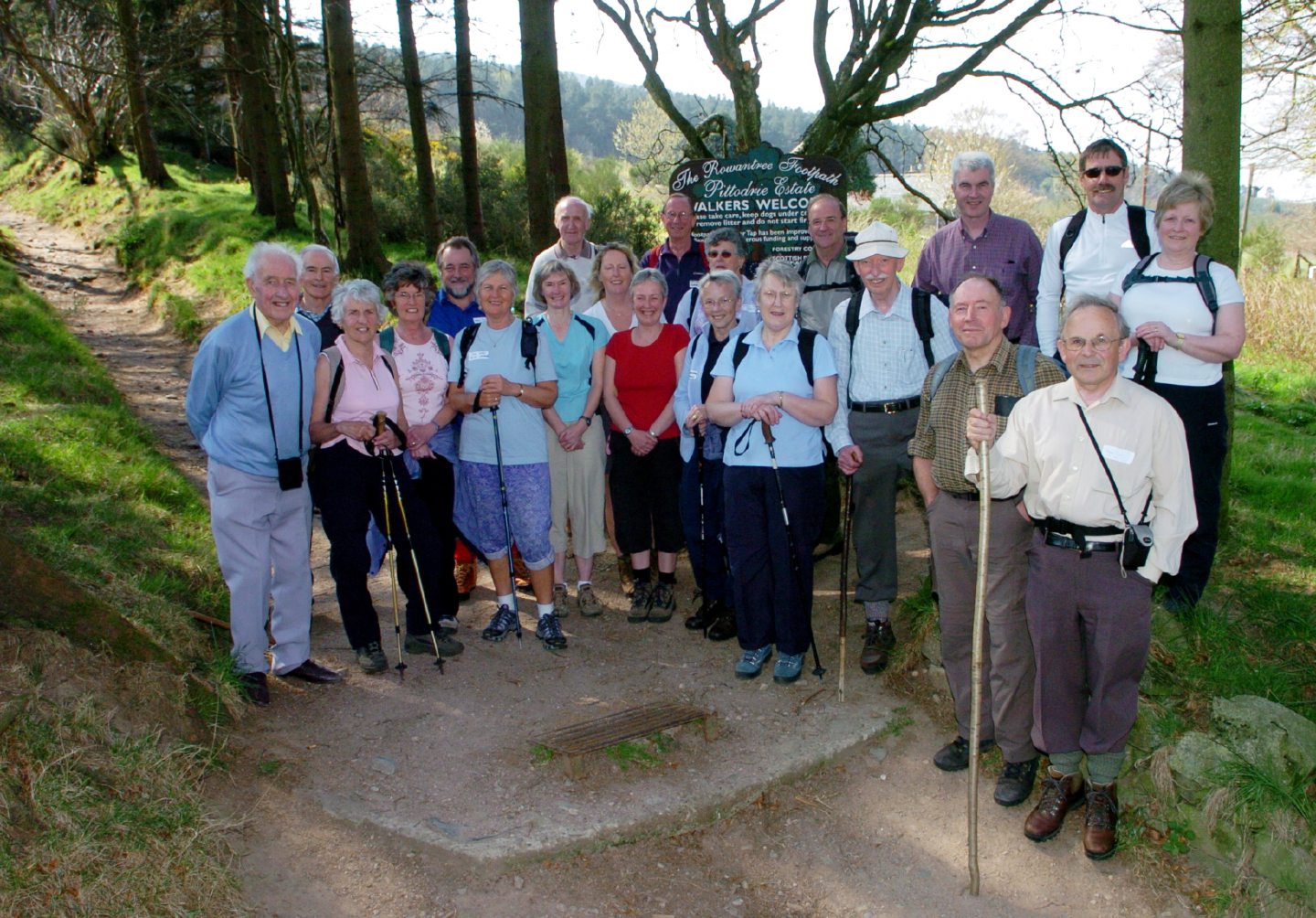
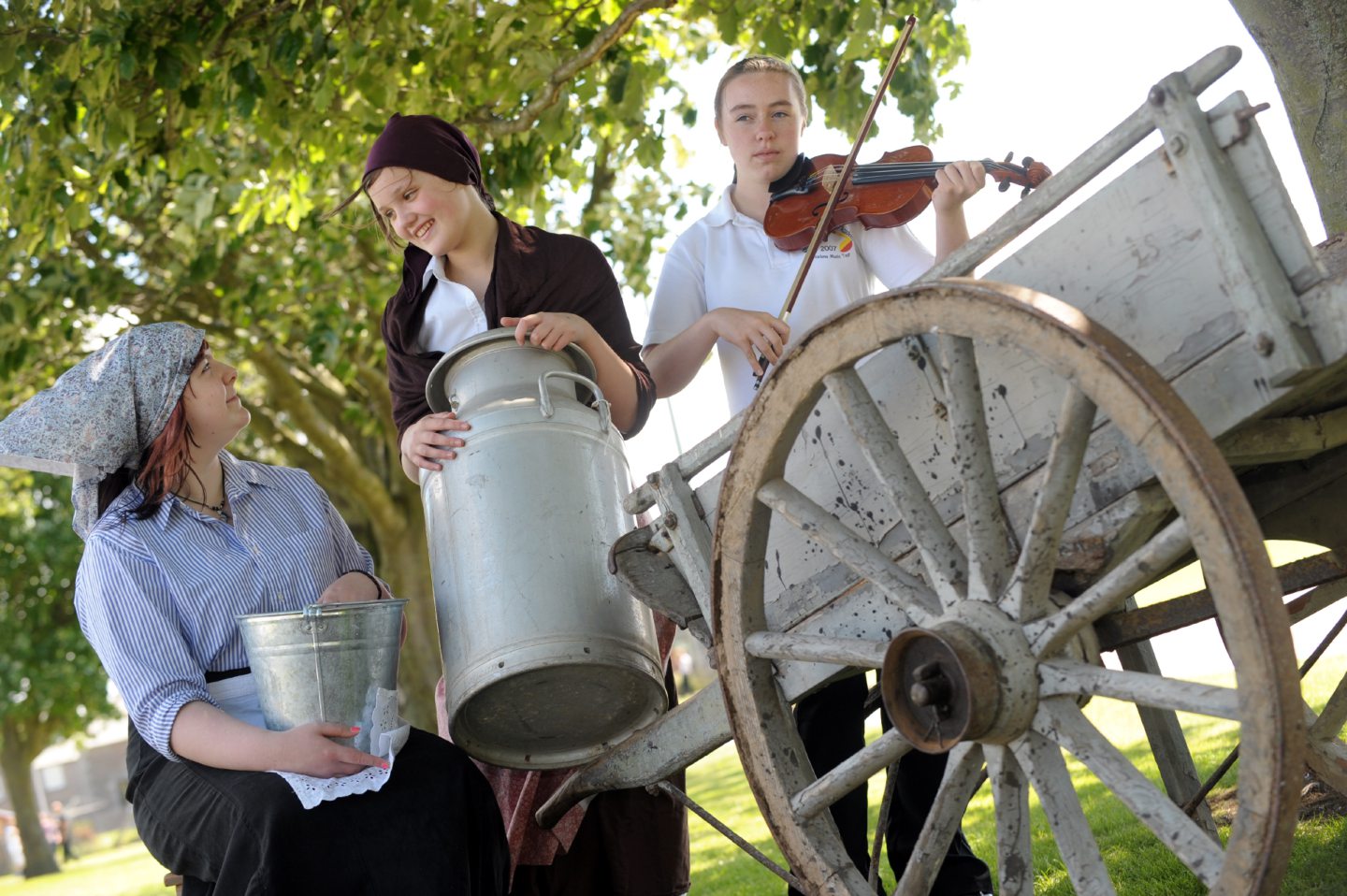
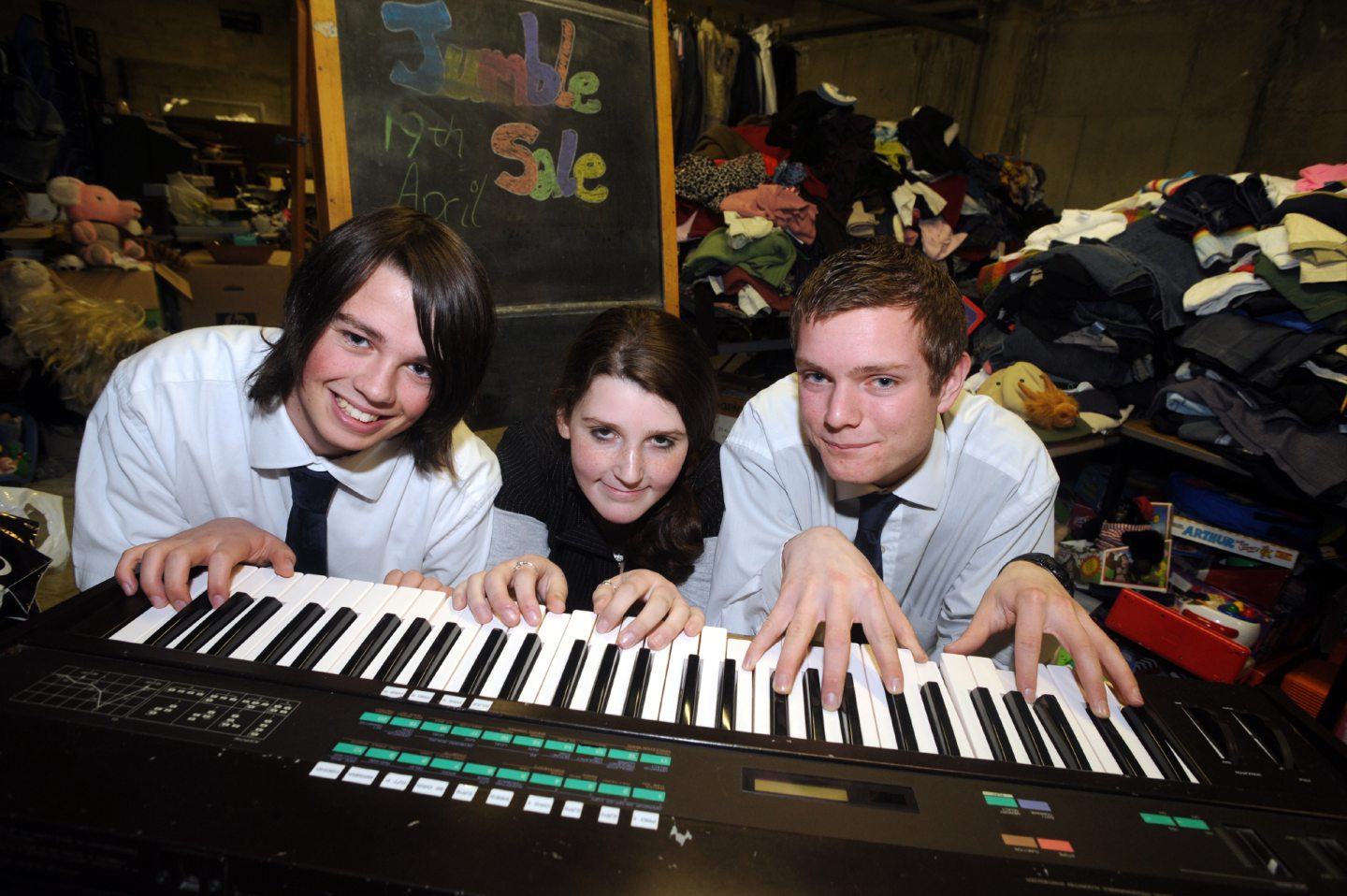
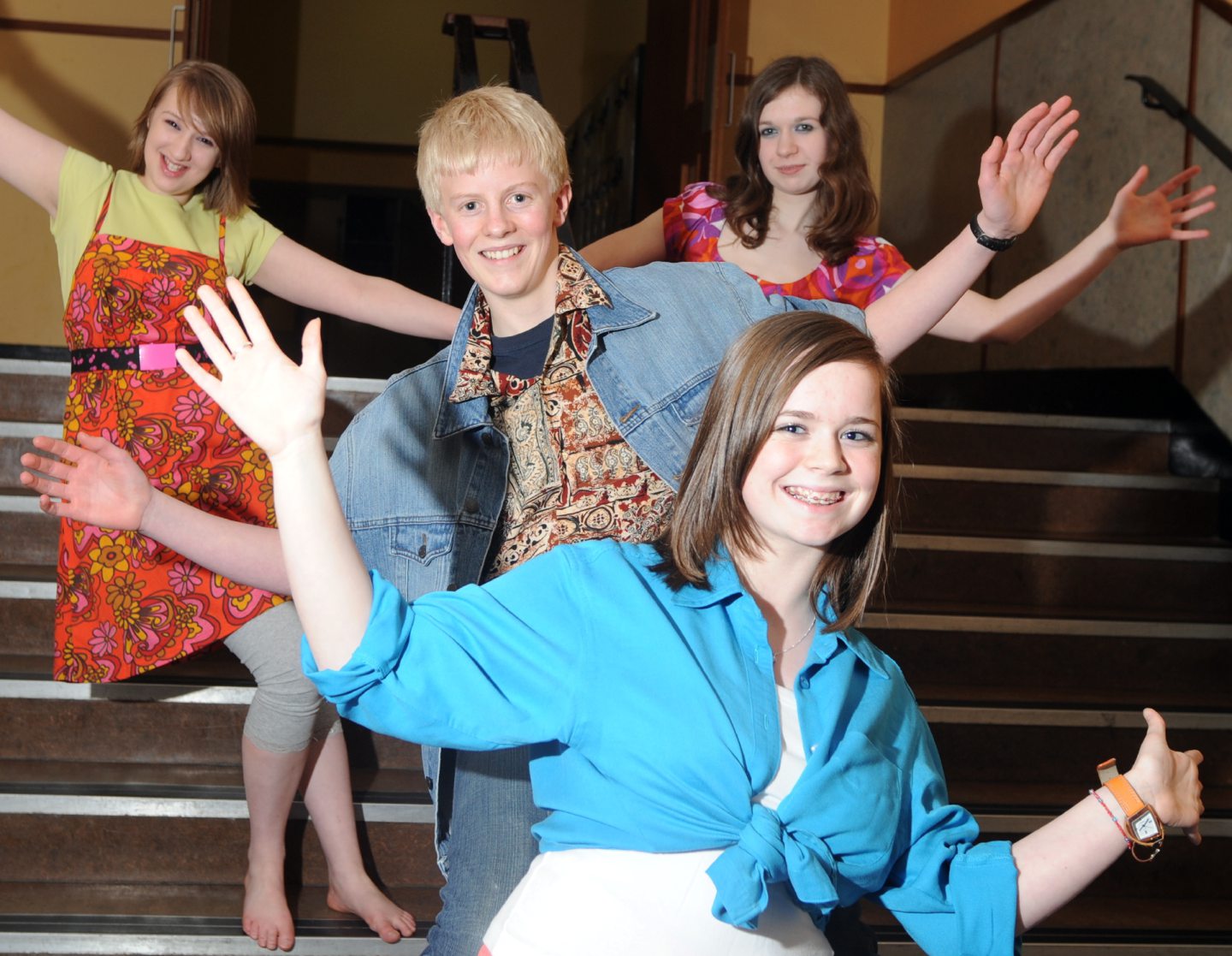
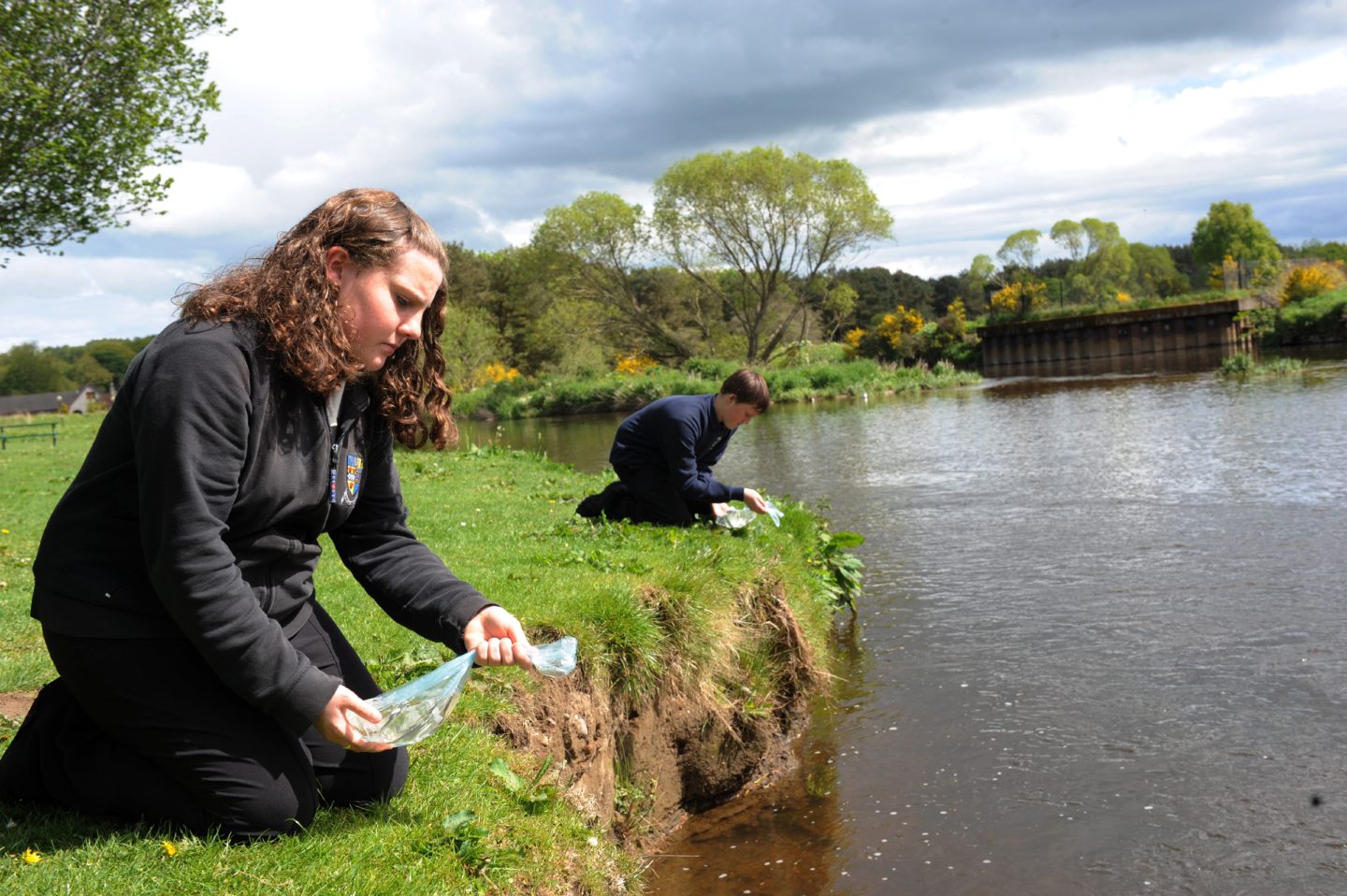




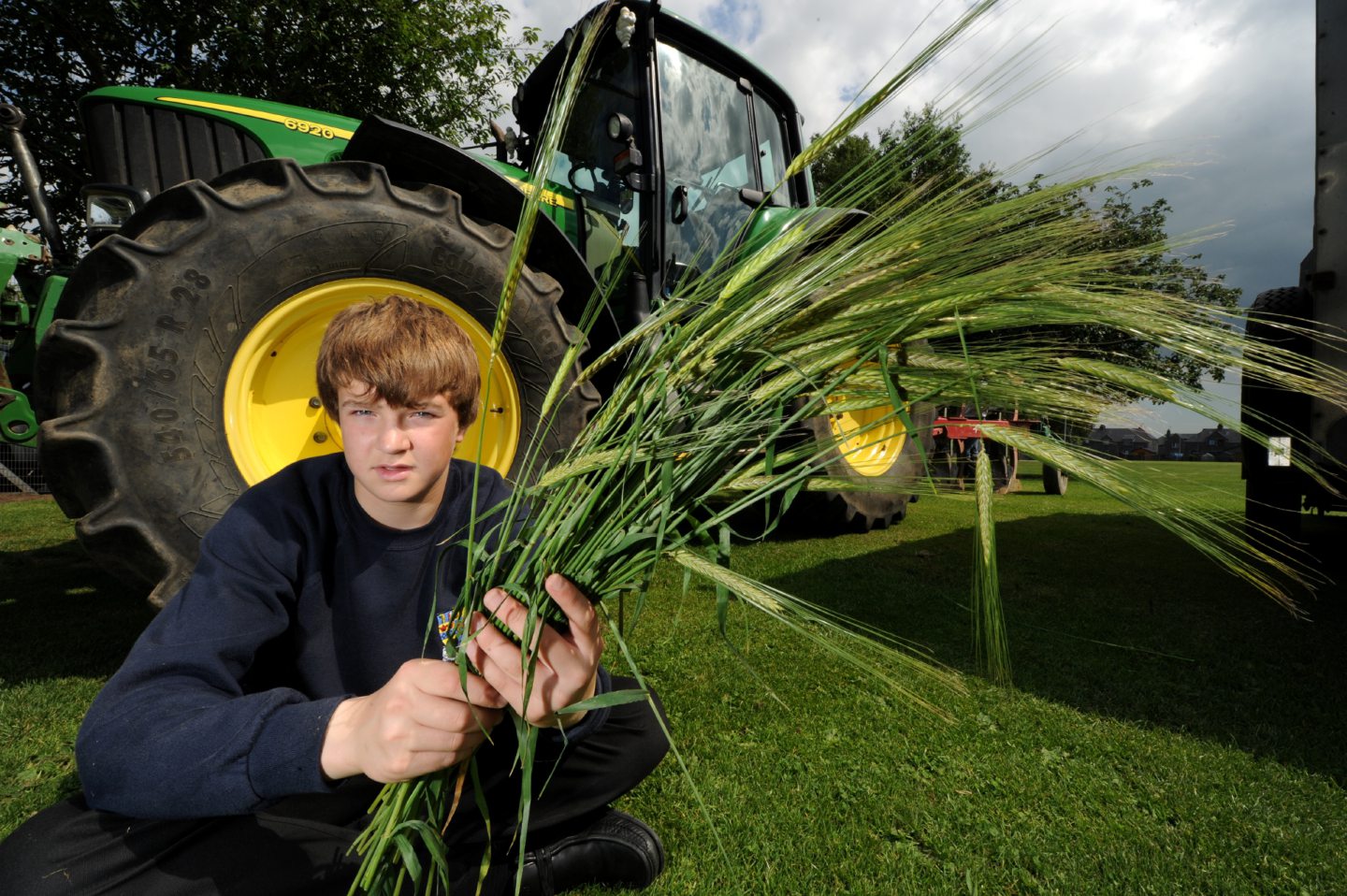
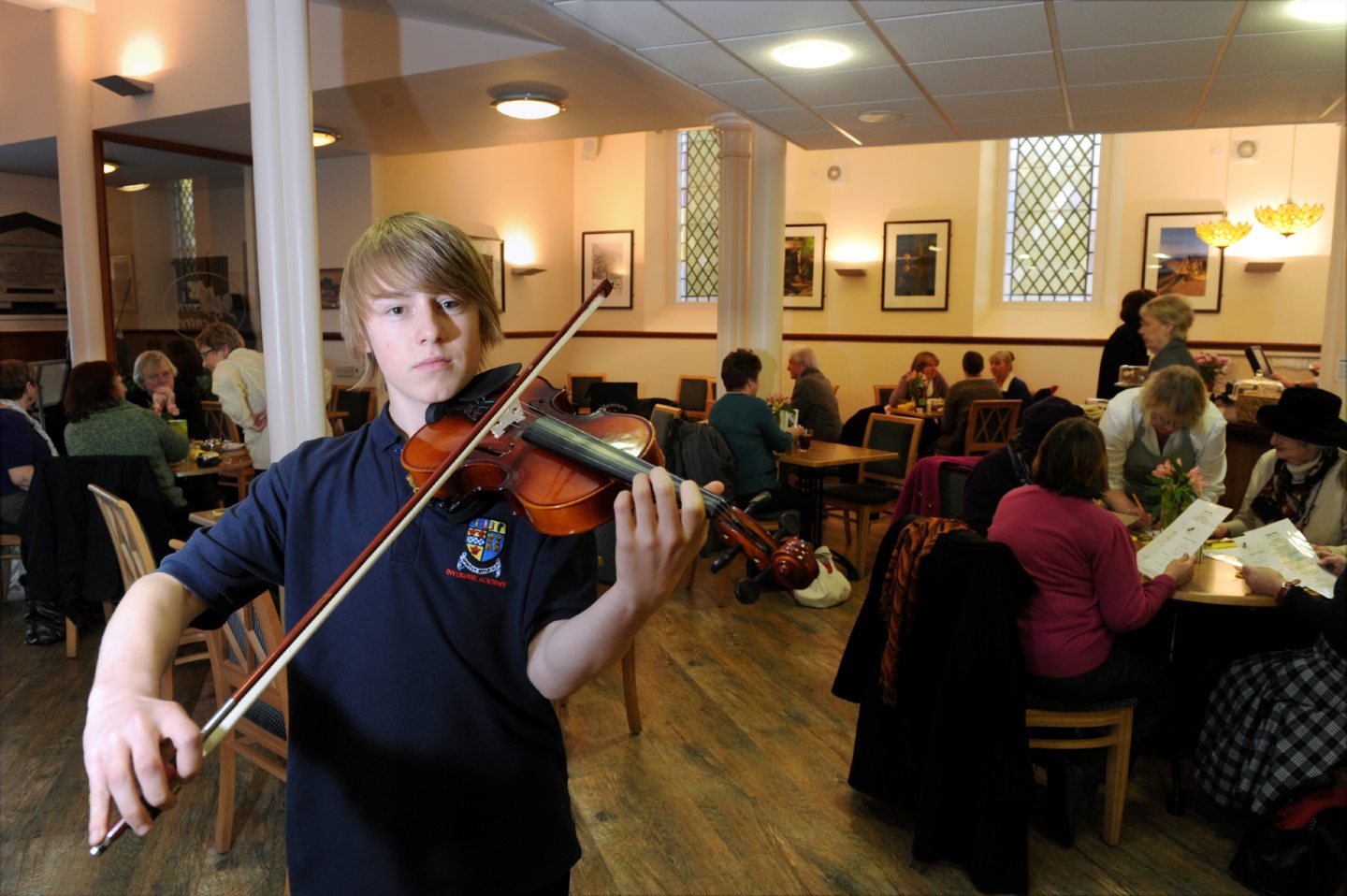
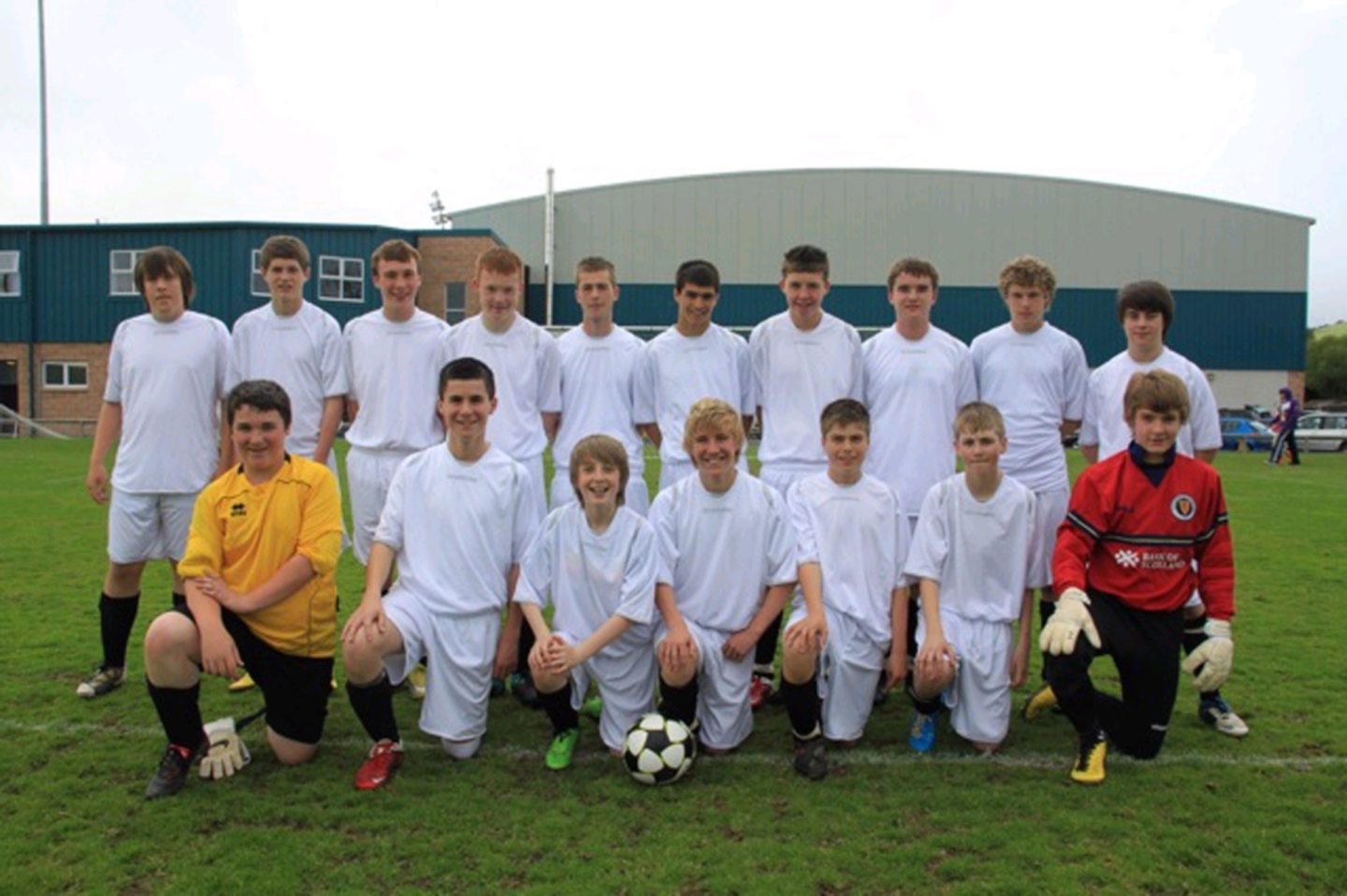



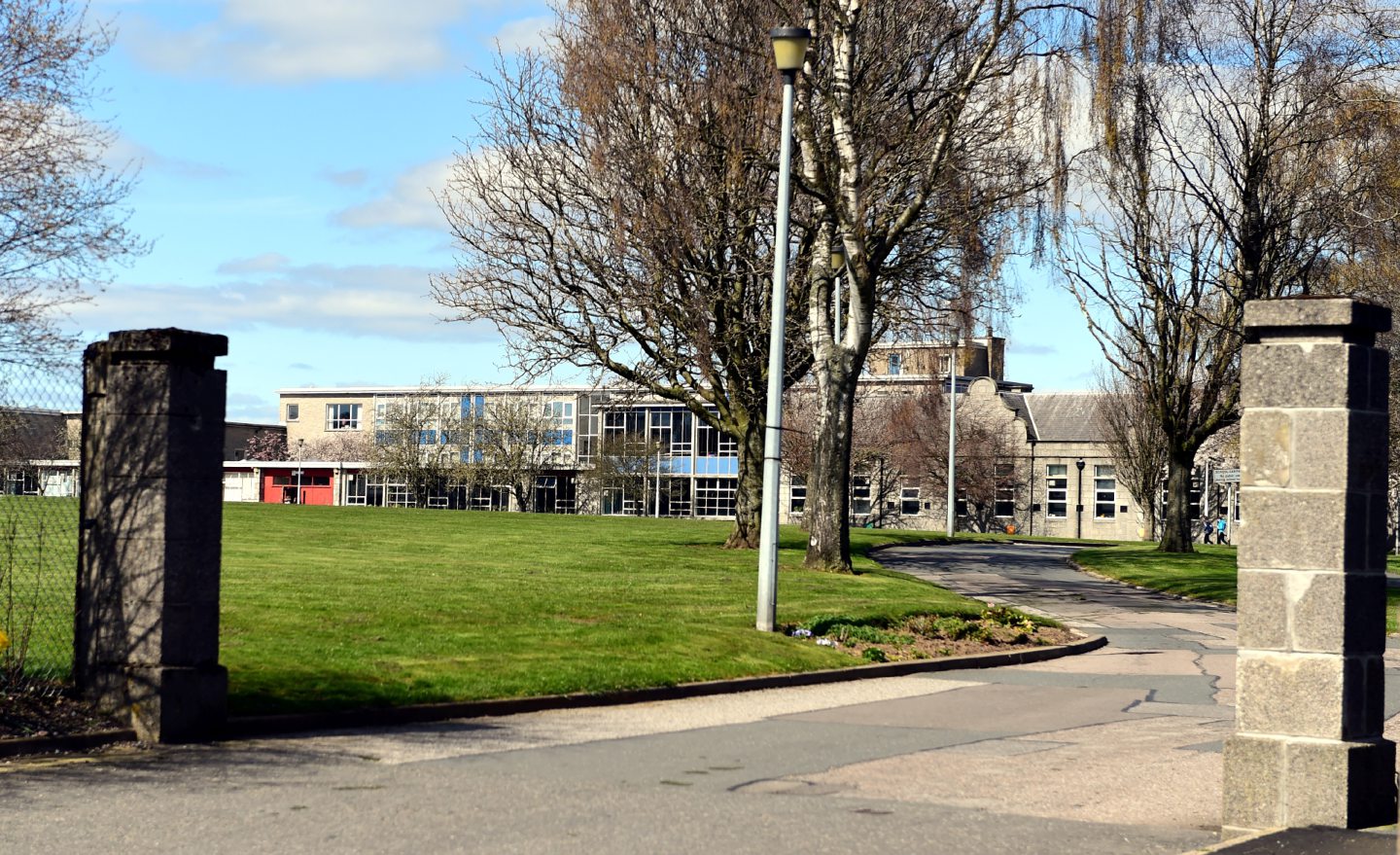

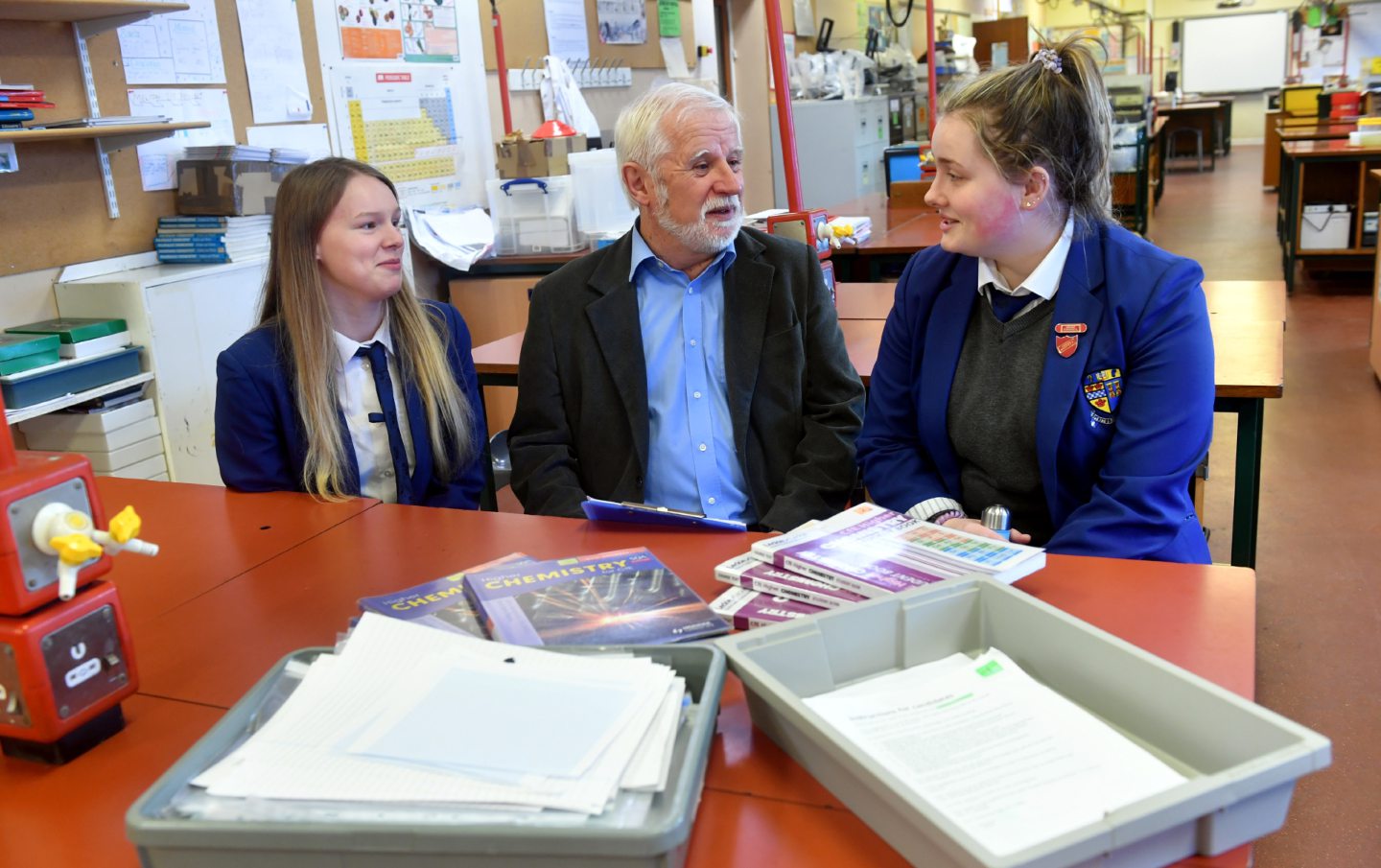
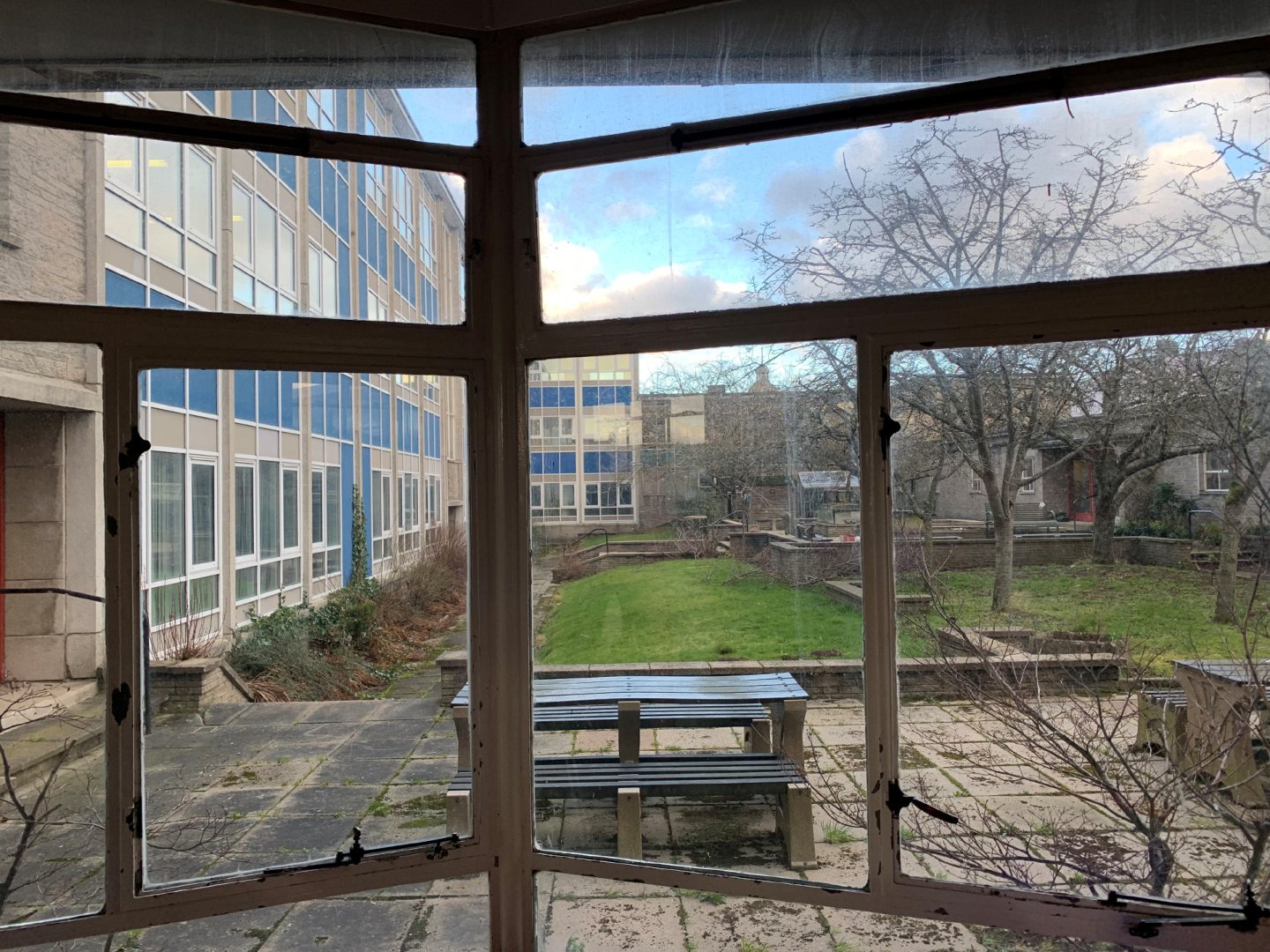
Conversation